Latest Laptop Reviews

- Details
Review: Oman Air 787 Business Studio business class
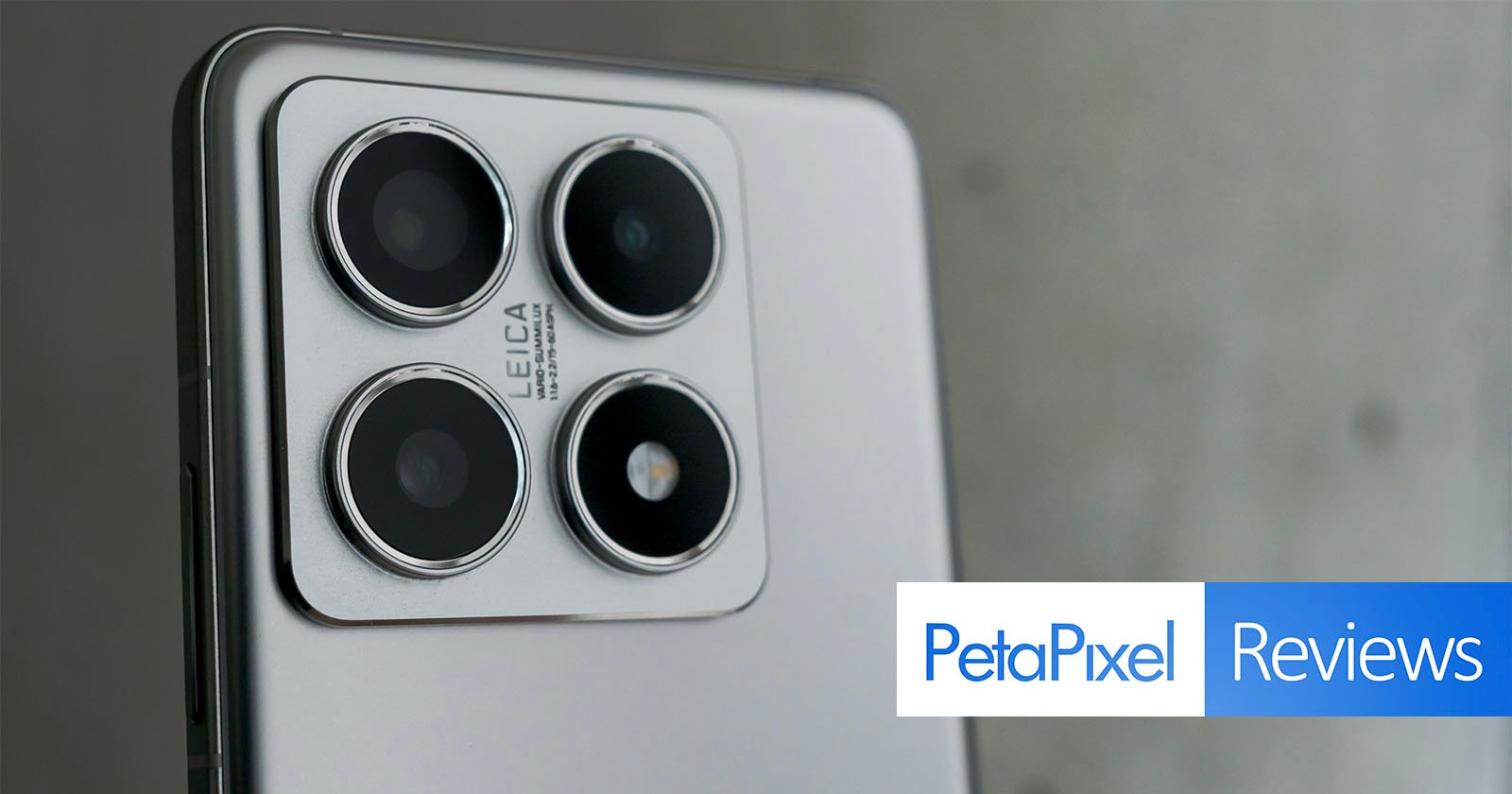
- Details
Xiaomi 14T Pro Review: Pushing Xiaomi into Exciting New Territory
- Details
Asus ProArt PX13 Review: The ultimate laptop for content creators?
- Details
Western Digital My Passport 6TB HDD Review: Sturdy, spacious and secure

- Details
Fujifilm X-S20 review
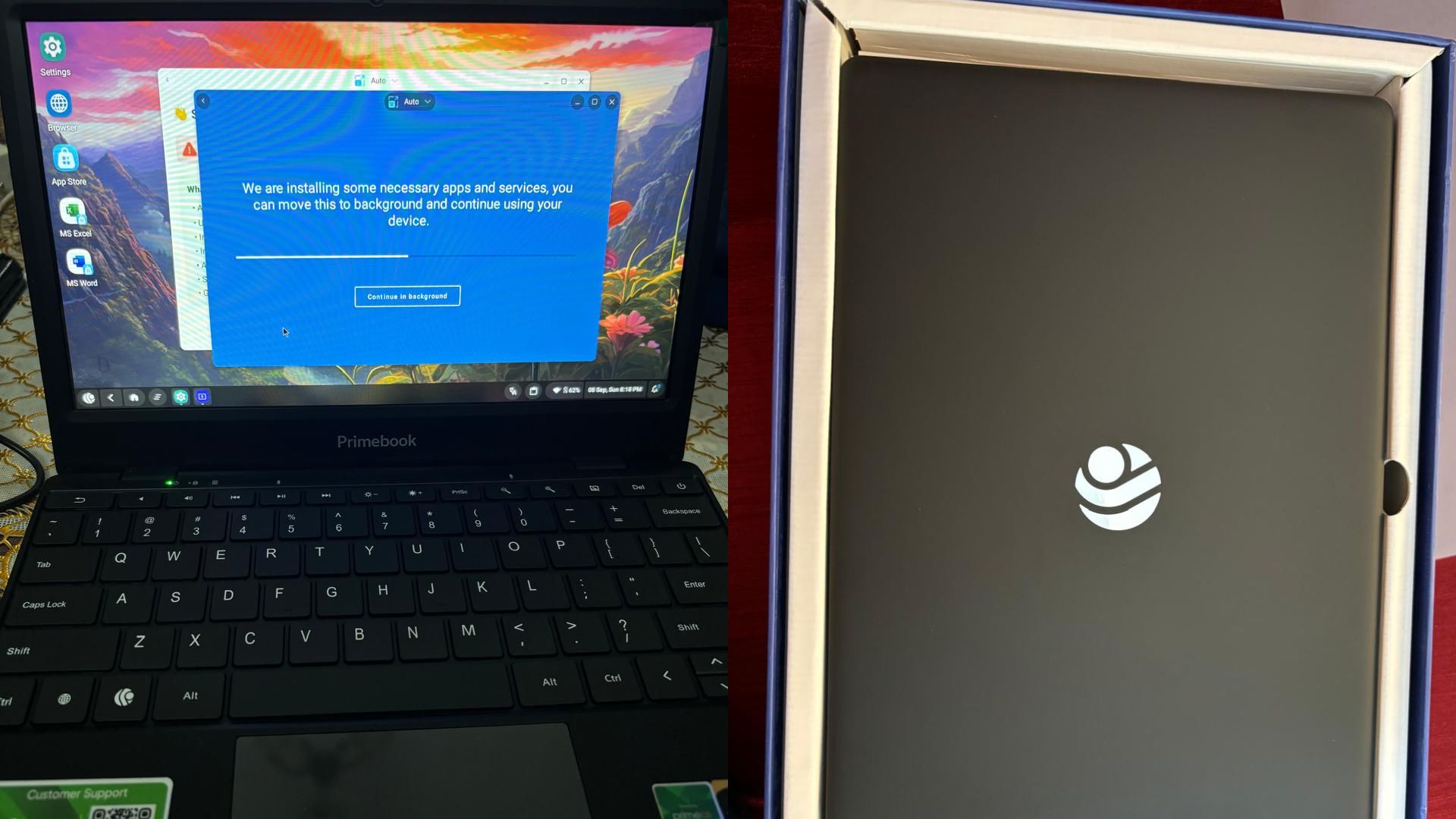
- Details
PrimeBook Wi-Fi Review: A Practical, Android-Powered Laptop For Everyday Work And Learning
- Details
AYANEO Pocket DMG Review: Retro Design Meets Modern Gaming

The AYANEO Pocket DMG is a remarkable blend of nostalgic design and modern gaming technology. This pocket handheld device captures the essence of classic gaming while offering a fresh, contemporary experience. Its vertical layout is a clear homage to iconic handhelds, instantly resonating with retro gaming fans. For those who remember the golden days of […]
The post AYANEO Pocket DMG Review: Retro Design Meets Modern Gaming appeared first on Geeky Gadgets.
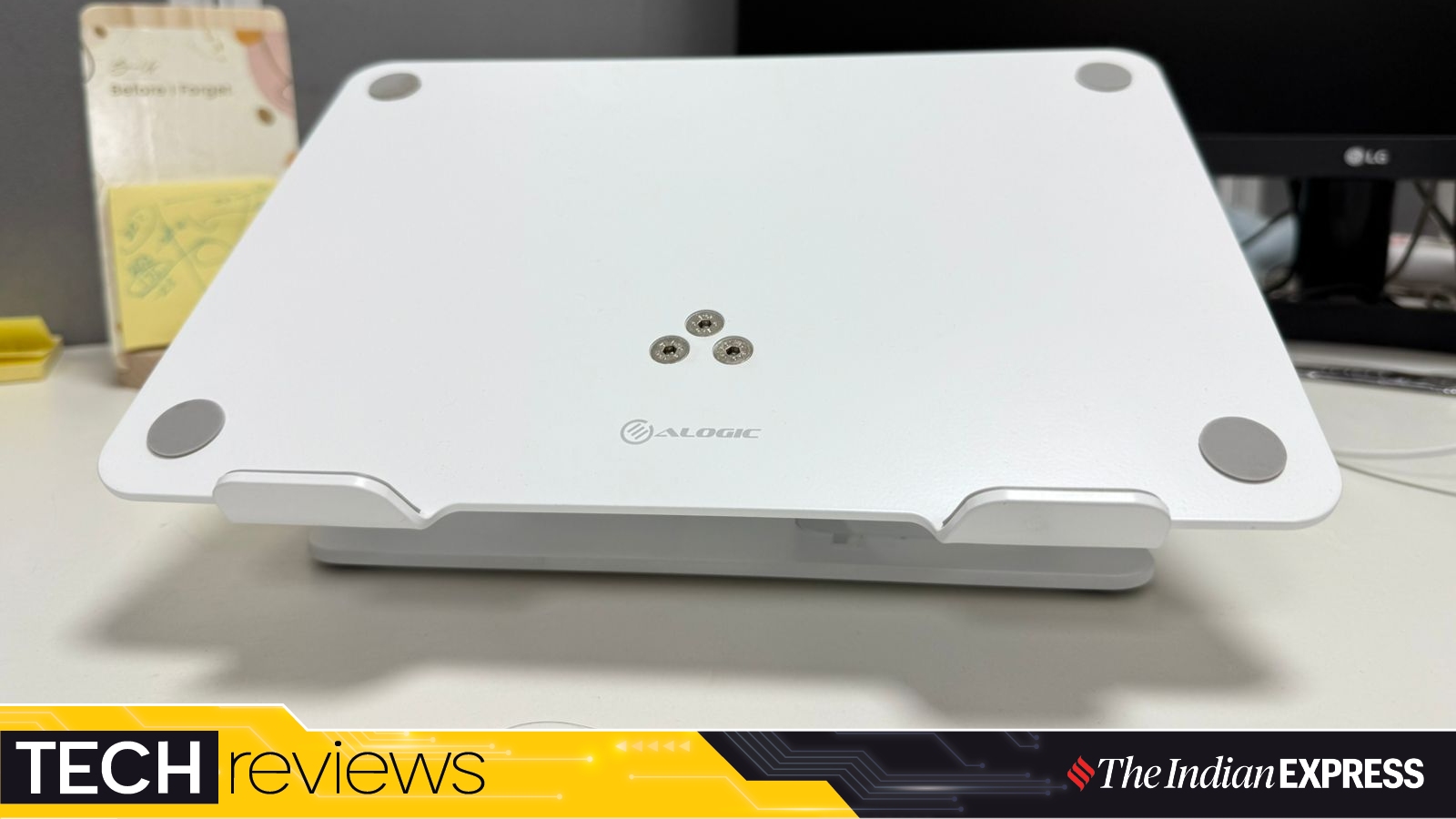
- Details
Alogic Elite laptop stand review
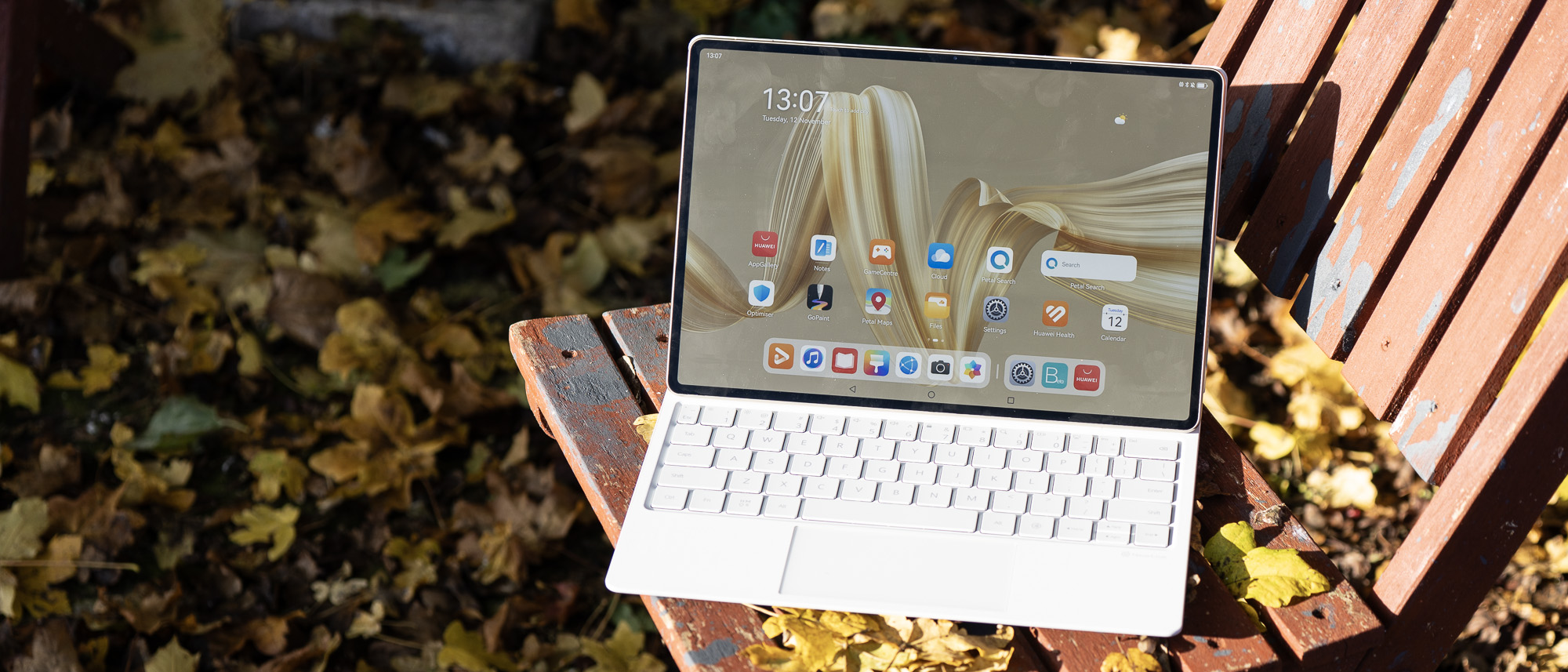
- Details
Huawei MatePad Pro Papermatte Edition review: the tablet that thinks it’s a laptop
Huawei’s MatePad Pro Papermatte Edition gets an anti-reflection coating for its OLED screen and a keyboard case with a trackpad. What’s not to like?

- Details
Dell Latitude 7450 2-in-1 Laptop Review: Versatile business convertible that delivers on most fronts
Calculated business moves. | The Dell Latitude 7450 2-in-1 delivers good performance with its Intel Core Ultra 7 165U vPro processor while offering a solid set of features tailored for business professionals on the go. Dell even includes a robust array of tools to keep IT admins happy. However, improvements over its predecessor are incremental and its competitors, particularly the new Lenovo ThinkPad lineup, present equally compelling options.
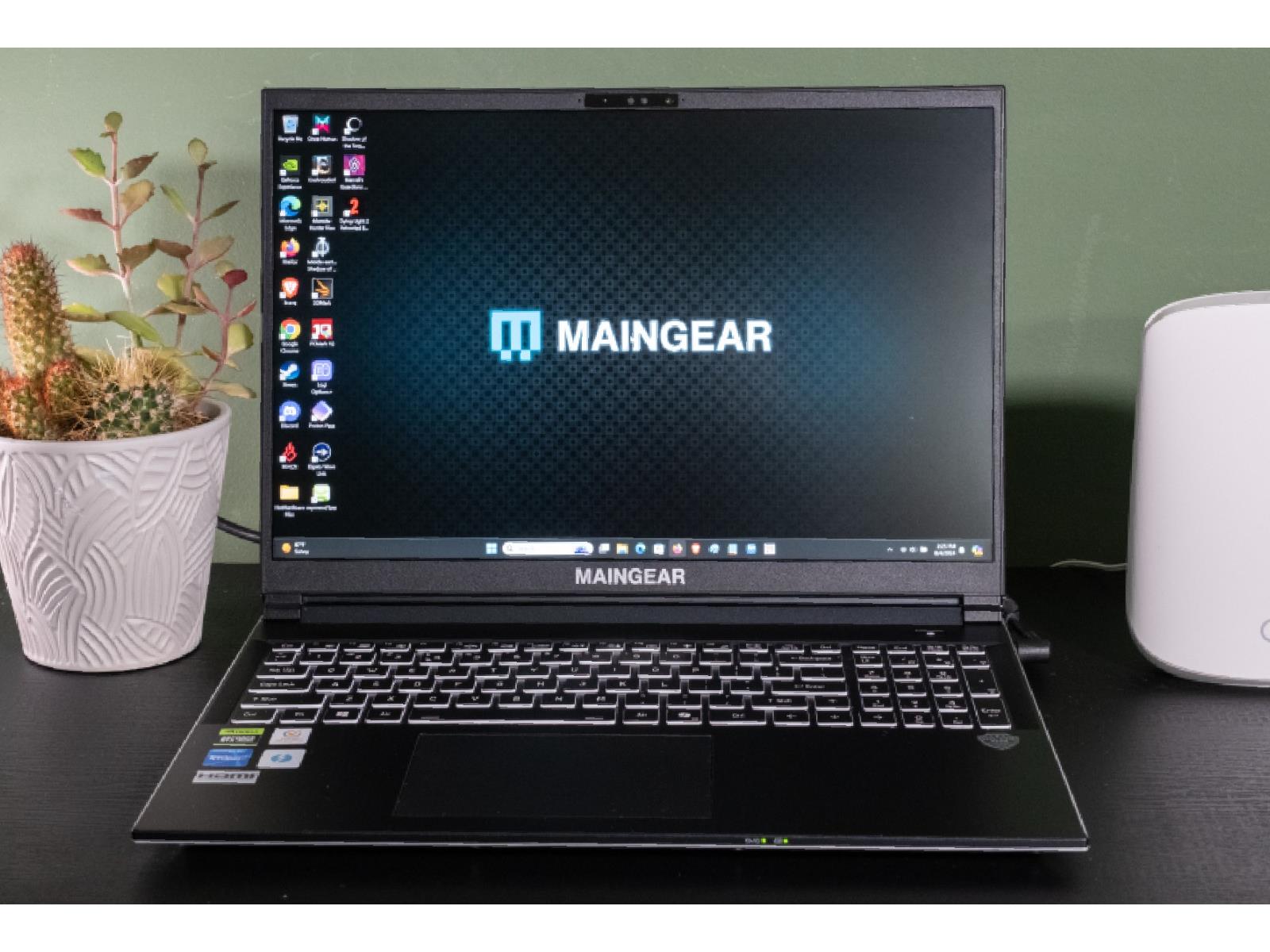
- Details
Maingear ML-16 Gaming Laptop Review: Premium, Powerful, Customizable
Maingear ML-16 Gaming Laptop: Starting $1,699 (w/ 4060), $1,977 (w/ 4070) The Maingear ML-16 is a powerful, portable gaming laptop with a super-fast 240Hz display and premium build quality. Premium Build Quality Vibrant 16-inch QHD 240Hz Display No Bloatware Excellent Customer Service Laptop Lid Can Be Customized With Custom Graphics...

- Details
ASUS ProArt PZ13 review: cool, capable 2-in-1 Studiobook-lite laptop is surprisingly rugged
ASUS enters the Qualcomm PC era in considerable style.
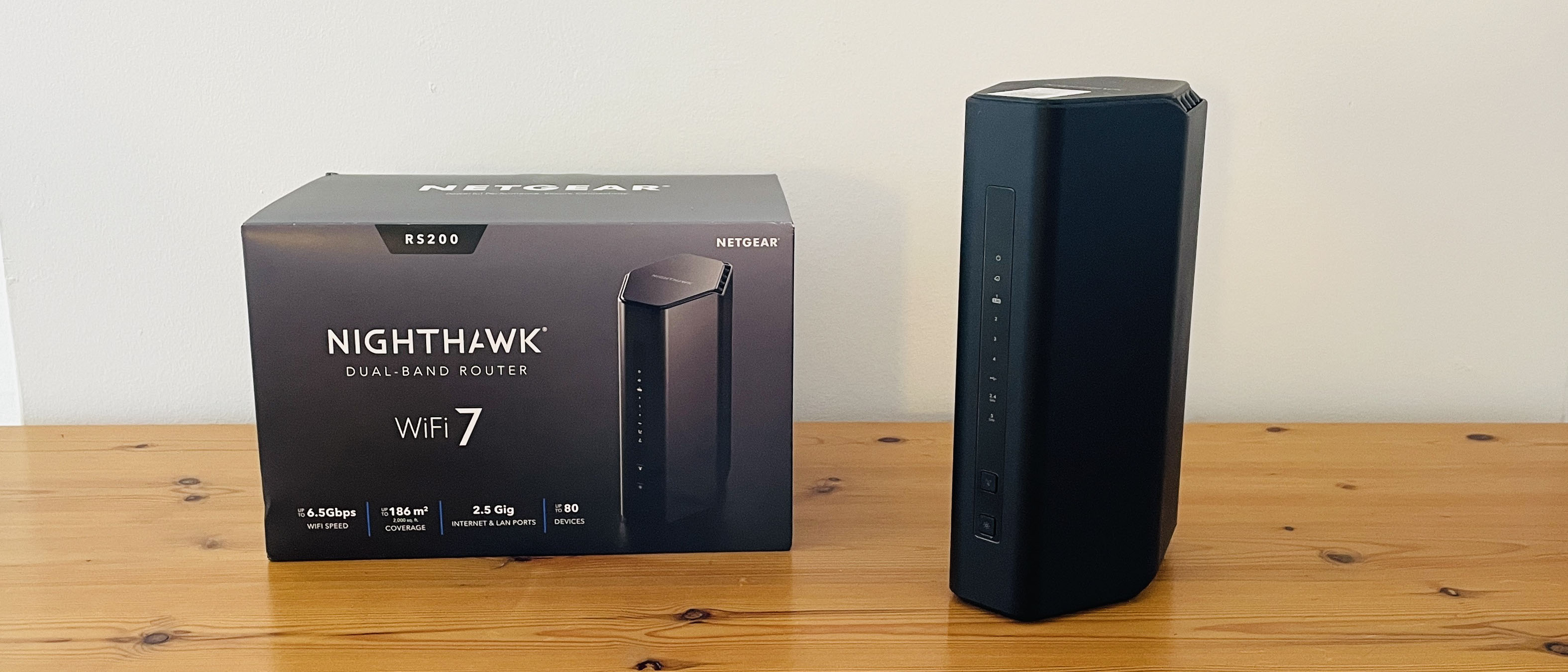
- Details
Netgear Nighthawk RS200 review: Netgear’s latest Wi-Fi 7 router is competitively priced – but makes compromises to get there
router, which transmits a Wi-Fi signal on the 2.4GHz and 5.0GHz frequency bands – whereas most Wi-Fi 7 routers are ‘tri-band’ devices that can also transmit on the 6.0GHz band as well (as do previous generation routers with Wi-Fi 6E too). Some people might argue that this omission means that the RS200 doesn’t even qualify as a true Wi-Fi 7 router at all, but there are other technical features within Wi-Fi 7 that enable the RS200 to squeeze better performance out of the 2.4GHz and 5.0GHz bands. This ensures that it can outperform many of the older dual-band routers that are still in use in many homes, so it may be worth considering as an upgrade for people who are still using an old Wi-Fi 5 or Wi-Fi 6 router that was provided by their ISP. Netgear Nighthawk RS200: Price and availability How much does it cost? $229.99/£199.99/AU$449.00When is it available? NowWhere can you get it? Available in the US, UK, Australia A price of $229.99/£199.99/AU$449.00 means that the RS200 is one of the most affordable Wi-Fi 7 routers we’ve seen so far – although, of course, Netgear had to omit support for the high-speed 6.0GHz band in order to achieve that price. However, its top speed of 6.5Gbps should still be adequate for most domestic broadband services. Netgear also states that it can connect to 80 different devices at the same time, and can cover homes up to 2,500sq.ft in size (although regions outside the US may quote that figure at 2,000sq.ft due to differences in national regulations). Value: 3.5/5 Netgear Nighthawk RS200: Specs Netgear Nighthawk RS200: Design (Image credit: Future / Cliff Joseph) Tower design provides 360-degree Wi-Fi4x Ethernet ports for wired connectionsUSB for network storage I still miss the streamlined design of the original Nighthawk routers, with folding wings that made it look like Darth Vader’s shuttle craft. But, like other new Nighthawk models since the introduction of Wi-Fi 7, the Nighthawk RS200 has a more upright design, looking like a tall, black obelisk that stands a full 249mm high. You’ll need to give it plenty of room when first setting it up, but this design does allow the router’s four internal antennae to more effectively transmit the Wi-Fi signal through 360-degrees all around, in order to achieve the high speeds that are provided by Wi-Fi 7. (Image credit: Future / Cliff Joseph) And, despite the low price, the RS200 provides wired good connectivity too, with a 2.5Gbps Ethernet port for a high-speed fibre or cable broadband connection. There’s another 2.5Gbps port to provide a wired connection for a PC or games console, and three Gigabit Ethernet ports for additional connections. It’s also possible to ‘aggregate’ – or combine – two of those Ethernet ports to provide a faster connection if required. There’s even a USB-A (3.0) port that will allow you to connect a USB storage device to your network, so that you can share files with other people at home or in an office. Design: 4/5 Netgear Nighthawk RS200: Features (Image credit: Future / Cliff Joseph) There’s no getting around the fact that omitting the 6.0GHz frequency band is an odd decision for a Wi-Fi 7 router, as anyone who has a shiny new PC or smartphone that supports Wi-Fi 7 will want all the speed they can get from it. However, a speed of 6.5Gbps is still more than adequate for most home users, and many business users too, and the RS200 does include Wi-Fi 7 features – such as reduced latency – that still give it an edge over older dual-band routers.The Nighthawk app is well designed too, and makes it easy to set up your new network in just a few minutes. There’s a QR code printed on top of the router, and you can just scan this code and then leave the app to set everything up for you automatically. You can simply use the default network name and password if you want, but the app allows you to create a new name and password for extra security. The only thing that slows you down is the need to create a Netgear account in order to keep using the app after the initial installation. Image 1 of 3(Image credit: Future / Cliff Joseph)Image 2 of 3(Image credit: Future / Cliff Joseph)Image 3 of 3(Image credit: Future / Cliff Joseph) To keep things as simple as possible, the Nighthawk app combines the two frequency bands into a single network and automatically connects your computers and other devices to the fastest band available in that particular location within your home or office. But while the app is very easy to use, it doesn’t offer many additional features.You can create a guest network, and there are tools for running a speed check and monitoring network traffic to ensure that everything is working properly. However, the app’s parental controls are very basic, simply allowing you to pause Internet access for individual devices. There are no weekly scheduling controls, or content filters to block web sites that might be unsuitable for children.If you do want those additional features then you’ll need to pay a subscription fee for Netgear’s Smart Parental Controls service. There’s a 30-day free trial available, but once the trial ends you’ll need to pay $7.99/month or $69.99/year to continue the service. The same thing applies to Netgear’s Armor security service, which also provides a 30-day trial, but then costs $99.99 per year.As we’ve said – many a time in the past – there are rival routers that provide better parental controls free of charge, so parents that do need these features may want to consider alternative routers. Features: 3.5/5 Netgear Nighthawk RS200: Performance 6.5Gbps speedDual-band Wi-Fi 7 (2.4GHz/5.0GHz)4 internal antennae The lack of support for the 6.0GHz frequency band is clearly disappointing – and for some users it may well be a deal-breaker. Even so, the improved performance of the Nighthawk RS200 still allows it to beat the aging dual-band router in our office, which was provided by our ISP.Our office broadband runs at 150Mbps, but our old router can normally only manage a top speed of 120Mbps even when connecting to devices that are close by in the same room. Netgear Nighthawk RS200: BenchmarksBENCHMARKS:Ookla Speed Test – Single merged network (download/upload)Within 5ft, no obstructions: 150Mbps/150MbpsWithin 30ft, three partition walls: 150Mbps/150Mbps20GB Steam Download - Single merged networkWithin 5ft, no obstructions: 150MbpsWithin 30ft, three partition walls: 150Mbps We also have an office at the back of the building that our old router struggles to reach at all, forcing us to rely on PowerLine adaptors to provide a wired network connection instead. In contrast, the RS200 immediately hit the full 150Mbps speed that was available when connecting to devices in the same room for both the Ookla Speed Test and for large file downloads on Steam.That speed did dip slightly as I picked up my laptop and wandered along the hall to the back office, but the RS200 took just a few seconds to roll up its sleeves and bump the speed back up to 150Mbps once more, and eliminate the need for those PowerLine adaptors. If you already own an expensive laptop or iPhone 16 that has full support for tri-band Wi-Fi 7 then it probably doesn’t make much sense to compromise on an entry-level router such as the RS200 that doesn’t support the 6.0GHz band. However, the RS200 can still provide a fast, reliable upgrade for people who are using an older dual-band router that is past its sell-by date. Performance: 4/5 Should you buy the Netgear Nighthawk RS200? Buy it if... You Need An Affordable UpgradeThe dual-band Wi-Fi of the Nighthawk RS200 certainly isn’t state-of-the-art, but it can still provide a good upgrade for people who are using an old dual-band router provided by their ISP. You’re A Network NewbieNetgear’s Nighthawk app is a little basic, but it’s quick and easy to use. All you have to do is scan a QR code to set up your new network and then create a Netgear account to get started. Don't buy it if... You’re A Speed DemonThe relatively low price of the Nighthawk RS200 means that it’s limited to dual-band Wi-Fi using just the 2.4GHz and 5.0GHz bands. Owners of new computers and mobile devices that support Wi-Fi 7 will be better off with a tri-band router that also supports the high-speed 6.0GHz band. You Want Parental ControlsNetgear charges an additional subscription fee for its Smart Parental Controls service. There are rival routers that provide content filters and other parental controls free of charge. Also consider Netgear Nighthawk RS300Owners of computers and mobile devices that already support Wi-Fi 7 may want to step up to the Nighthawk RS300. It’s 50% faster than the RS200, and also supports the high-speed 6.0GHz frequency band too.Read our full Netgear Nighthawk RS300 review Asus ROG Rapture GT-BE98From the affordable to the outrageous – the GT-BE98 from Asus is an all-out speed demon. Designed for gamers, it provides quad-band Wi-Fi 7 with a top speed of 24.4Gbps, and 10Gbps Ethernet for high-speed broadband connections.Read our full Asus ROG Rapture GT-BE98 review
Netgear Nighthawk RS200: One-minute review
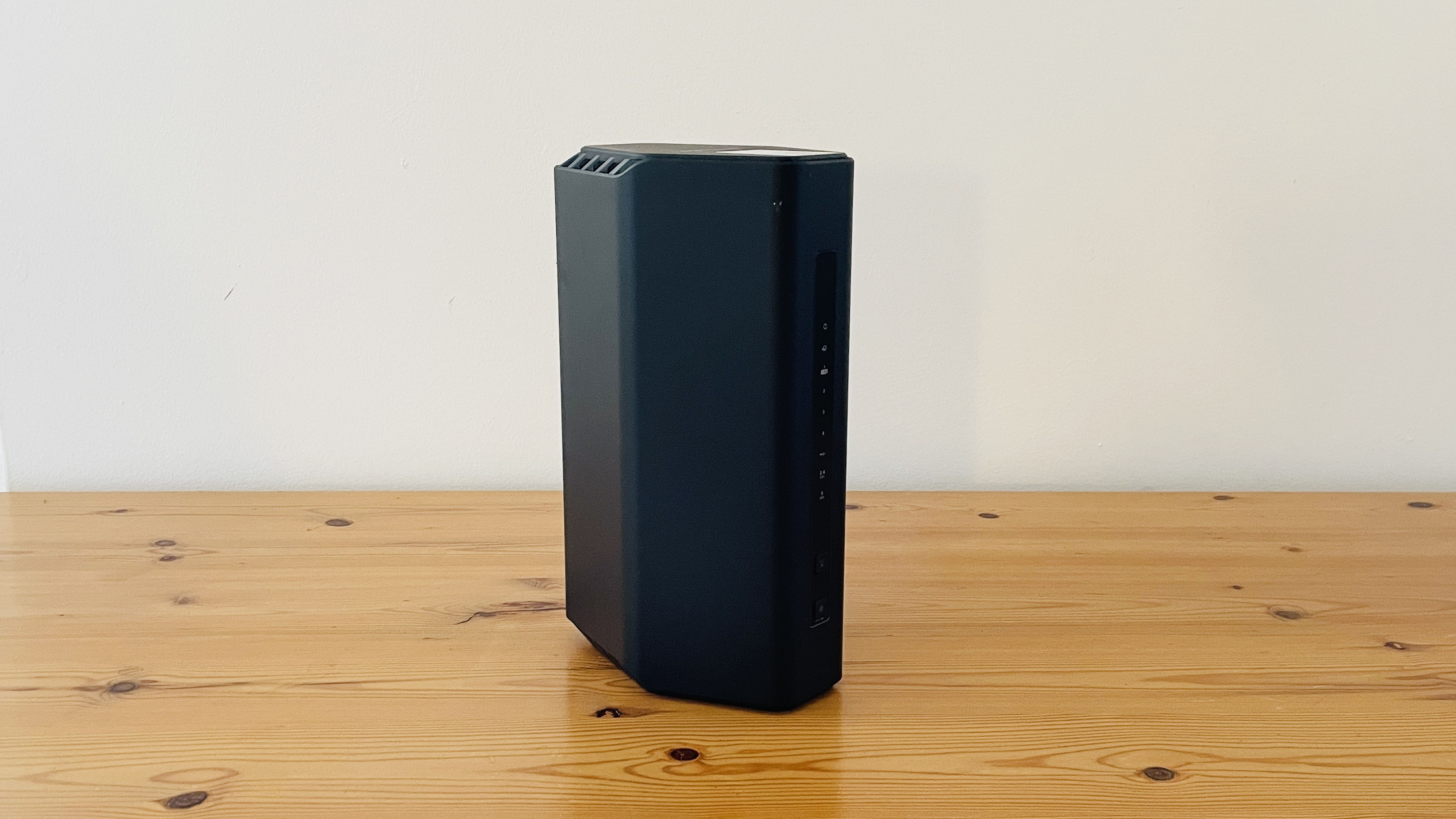
Netgear has always been happy to sit up at the more expensive end of the networking market but, following a management shake-up earlier this year, we’re pleased to see that it finally seems to be taking a more competitive approach with its pricing. The new Nighthawk RS200 is certainly the most affordable Wi-Fi 7 router that it’s released so far - although that low price does mean that it lacks some key features that most of its Wi-Fi 7 rivals take for granted.
Most notably, the RS200 is a dual-band router, which transmits a Wi-Fi signal on the 2.4GHz and 5.0GHz frequency bands – whereas most Wi-Fi 7 routers are ‘tri-band’ devices that can also transmit on the 6.0GHz band as well (as do previous generation routers with Wi-Fi 6E too). Some people might argue that this omission means that the RS200 doesn’t even qualify as a true Wi-Fi 7 router at all, but there are other technical features within Wi-Fi 7 that enable the RS200 to squeeze better performance out of the 2.4GHz and 5.0GHz bands. This ensures that it can outperform many of the older dual-band routers that are still in use in many homes, so it may be worth considering as an upgrade for people who are still using an old Wi-Fi 5 or Wi-Fi 6 router that was provided by their ISP.
Netgear Nighthawk RS200: Price and availability
- How much does it cost? $229.99/£199.99/AU$449.00
- When is it available? Now
- Where can you get it? Available in the US, UK, Australia
A price of $229.99/£199.99/AU$449.00 means that the RS200 is one of the most affordable Wi-Fi 7 routers we’ve seen so far – although, of course, Netgear had to omit support for the high-speed 6.0GHz band in order to achieve that price. However, its top speed of 6.5Gbps should still be adequate for most domestic broadband services. Netgear also states that it can connect to 80 different devices at the same time, and can cover homes up to 2,500sq.ft in size (although regions outside the US may quote that figure at 2,000sq.ft due to differences in national regulations).
- Value: 3.5/5
Netgear Nighthawk RS200: Specs
Netgear Nighthawk RS200: Design
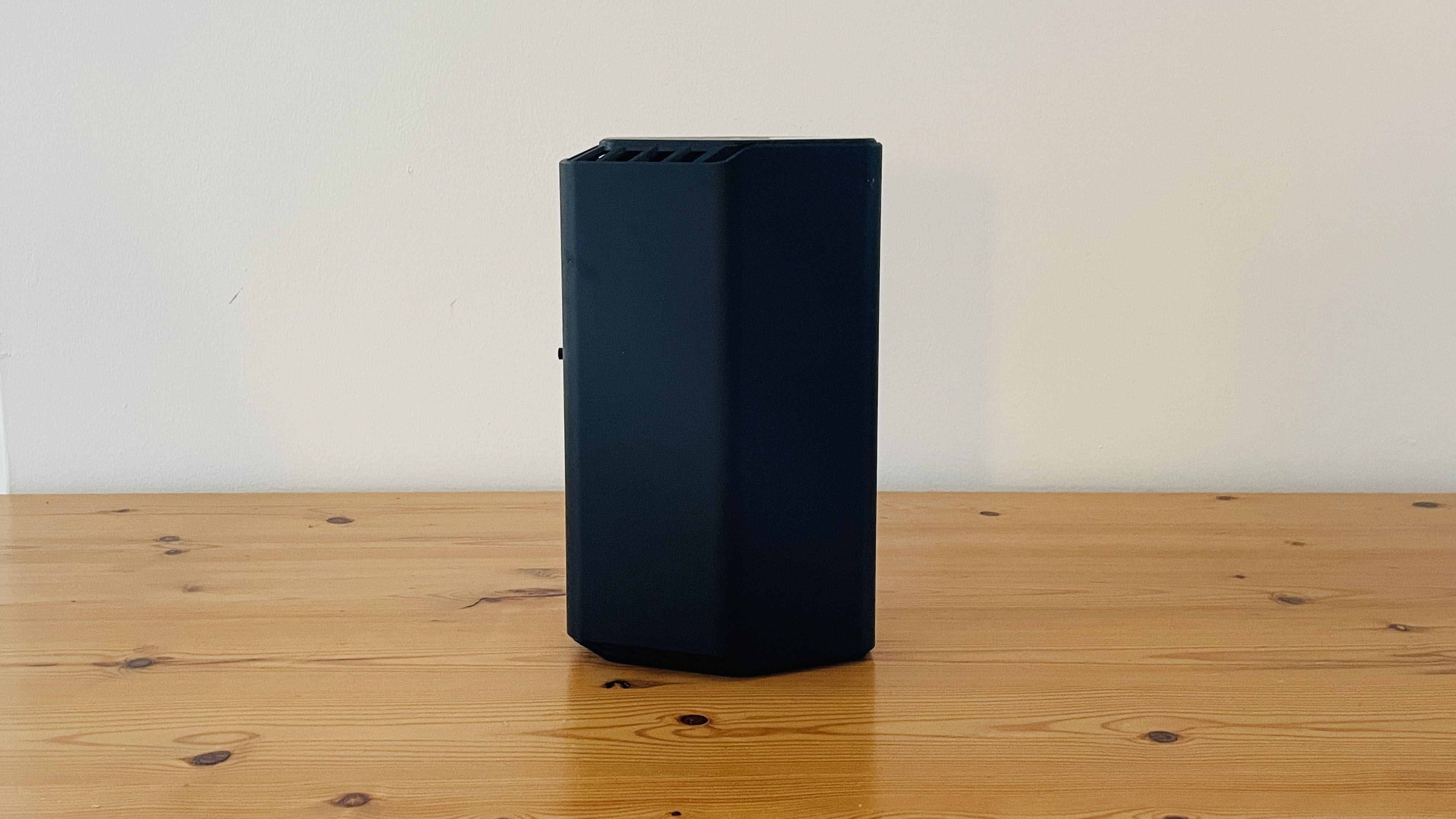
- Tower design provides 360-degree Wi-Fi
- 4x Ethernet ports for wired connections
- USB for network storage
I still miss the streamlined design of the original Nighthawk routers, with folding wings that made it look like Darth Vader’s shuttle craft. But, like other new Nighthawk models since the introduction of Wi-Fi 7, the Nighthawk RS200 has a more upright design, looking like a tall, black obelisk that stands a full 249mm high. You’ll need to give it plenty of room when first setting it up, but this design does allow the router’s four internal antennae to more effectively transmit the Wi-Fi signal through 360-degrees all around, in order to achieve the high speeds that are provided by Wi-Fi 7.
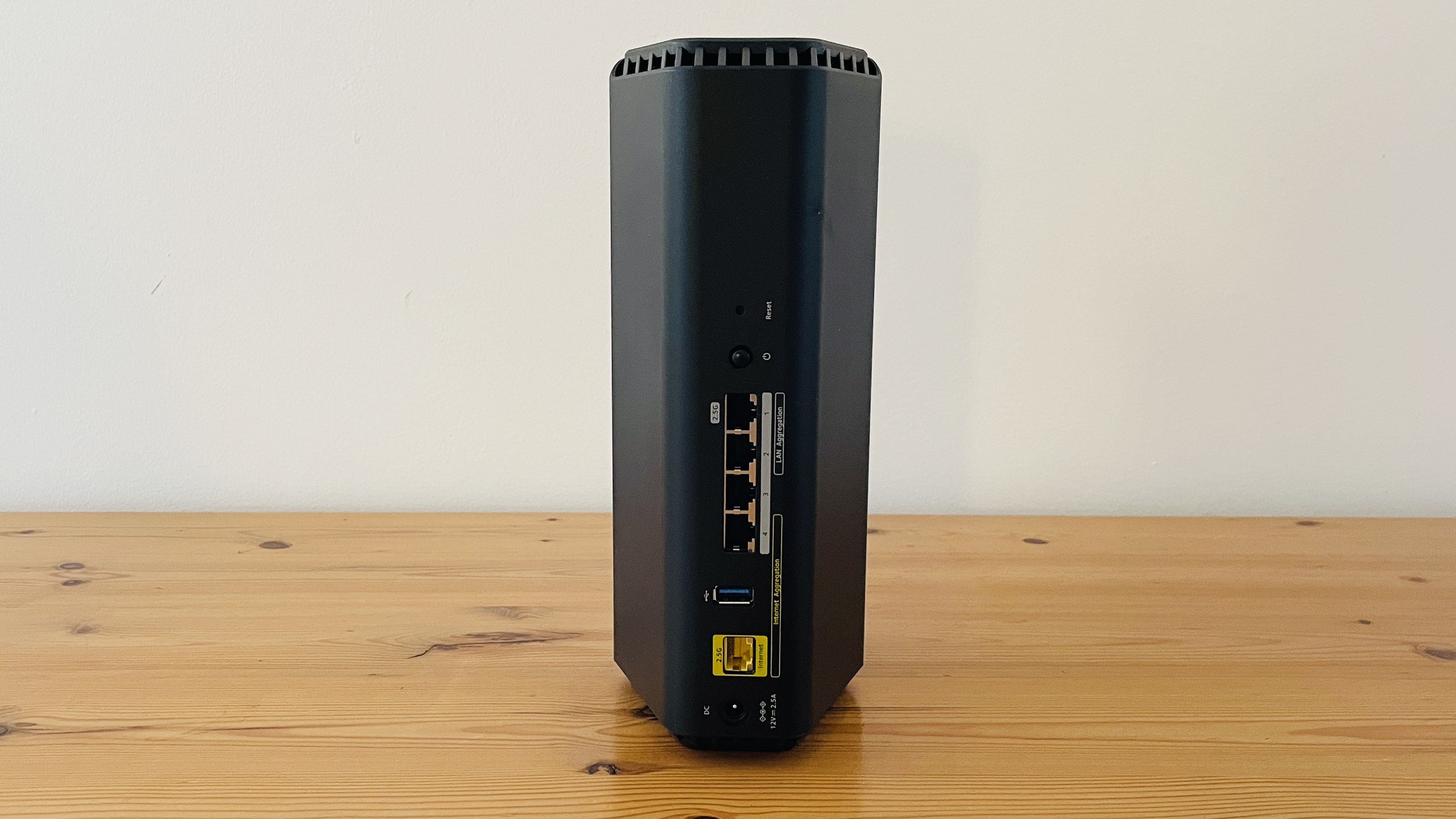
And, despite the low price, the RS200 provides wired good connectivity too, with a 2.5Gbps Ethernet port for a high-speed fibre or cable broadband connection. There’s another 2.5Gbps port to provide a wired connection for a PC or games console, and three Gigabit Ethernet ports for additional connections. It’s also possible to ‘aggregate’ – or combine – two of those Ethernet ports to provide a faster connection if required. There’s even a USB-A (3.0) port that will allow you to connect a USB storage device to your network, so that you can share files with other people at home or in an office.
- Design: 4/5
Netgear Nighthawk RS200: Features
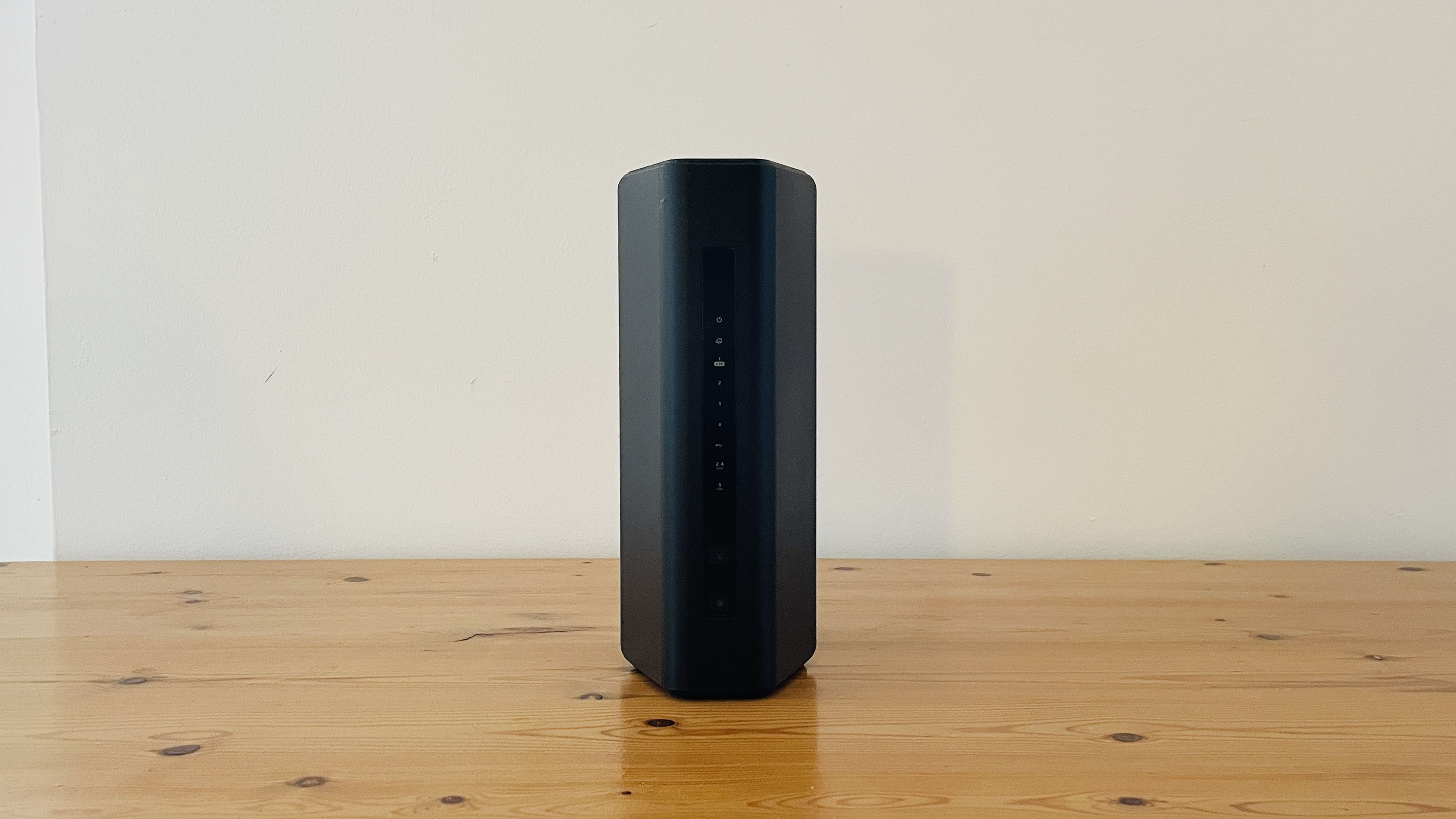
There’s no getting around the fact that omitting the 6.0GHz frequency band is an odd decision for a Wi-Fi 7 router, as anyone who has a shiny new PC or smartphone that supports Wi-Fi 7 will want all the speed they can get from it. However, a speed of 6.5Gbps is still more than adequate for most home users, and many business users too, and the RS200 does include Wi-Fi 7 features – such as reduced latency – that still give it an edge over older dual-band routers.
The Nighthawk app is well designed too, and makes it easy to set up your new network in just a few minutes. There’s a QR code printed on top of the router, and you can just scan this code and then leave the app to set everything up for you automatically. You can simply use the default network name and password if you want, but the app allows you to create a new name and password for extra security. The only thing that slows you down is the need to create a Netgear account in order to keep using the app after the initial installation.
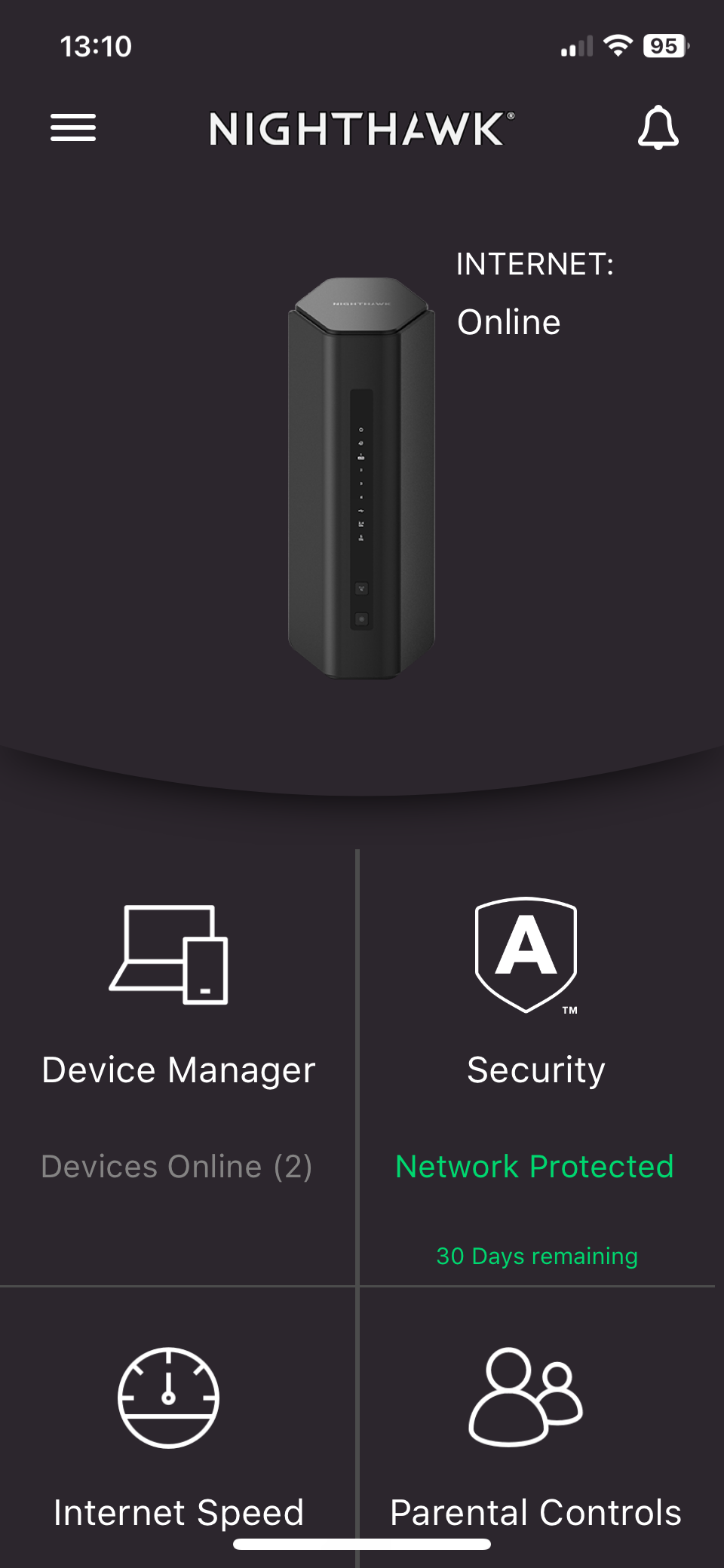
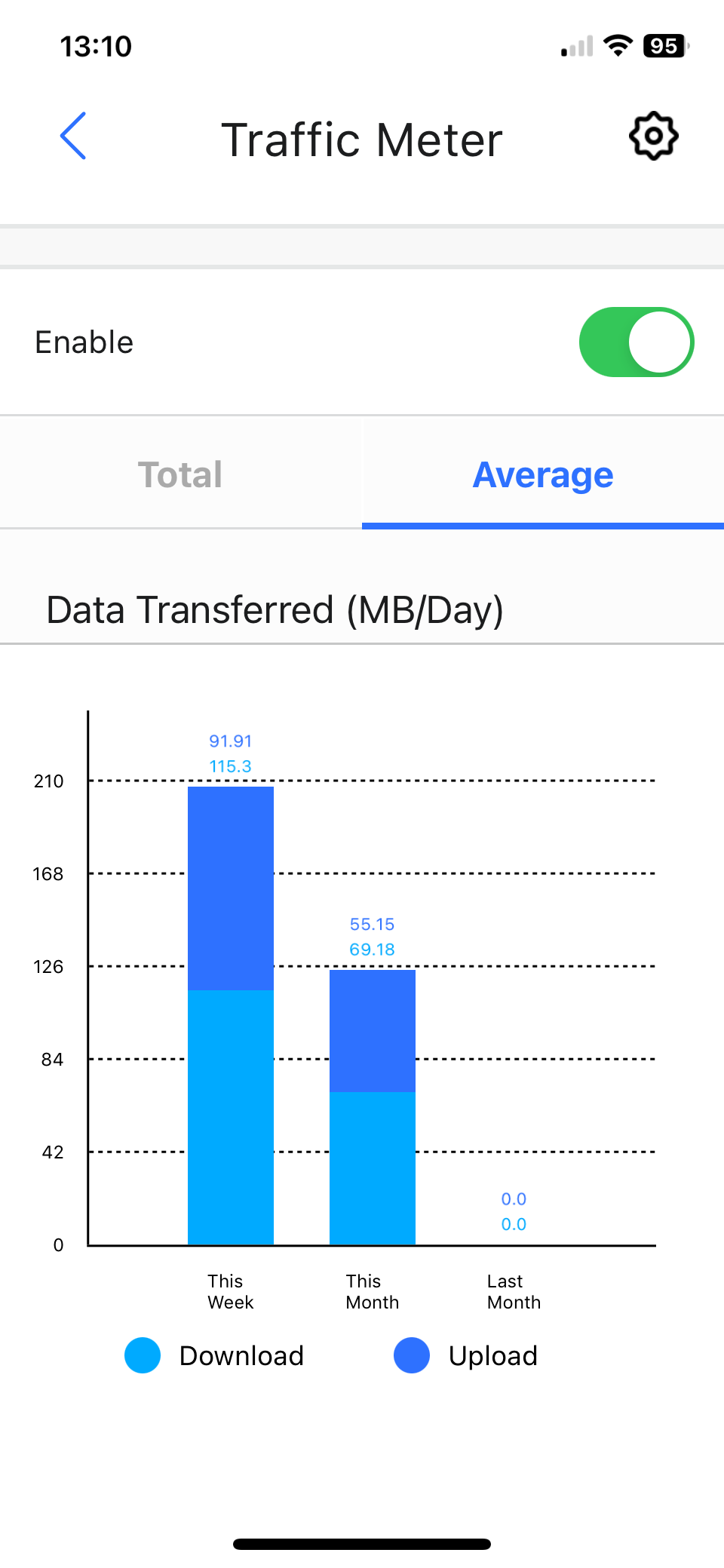
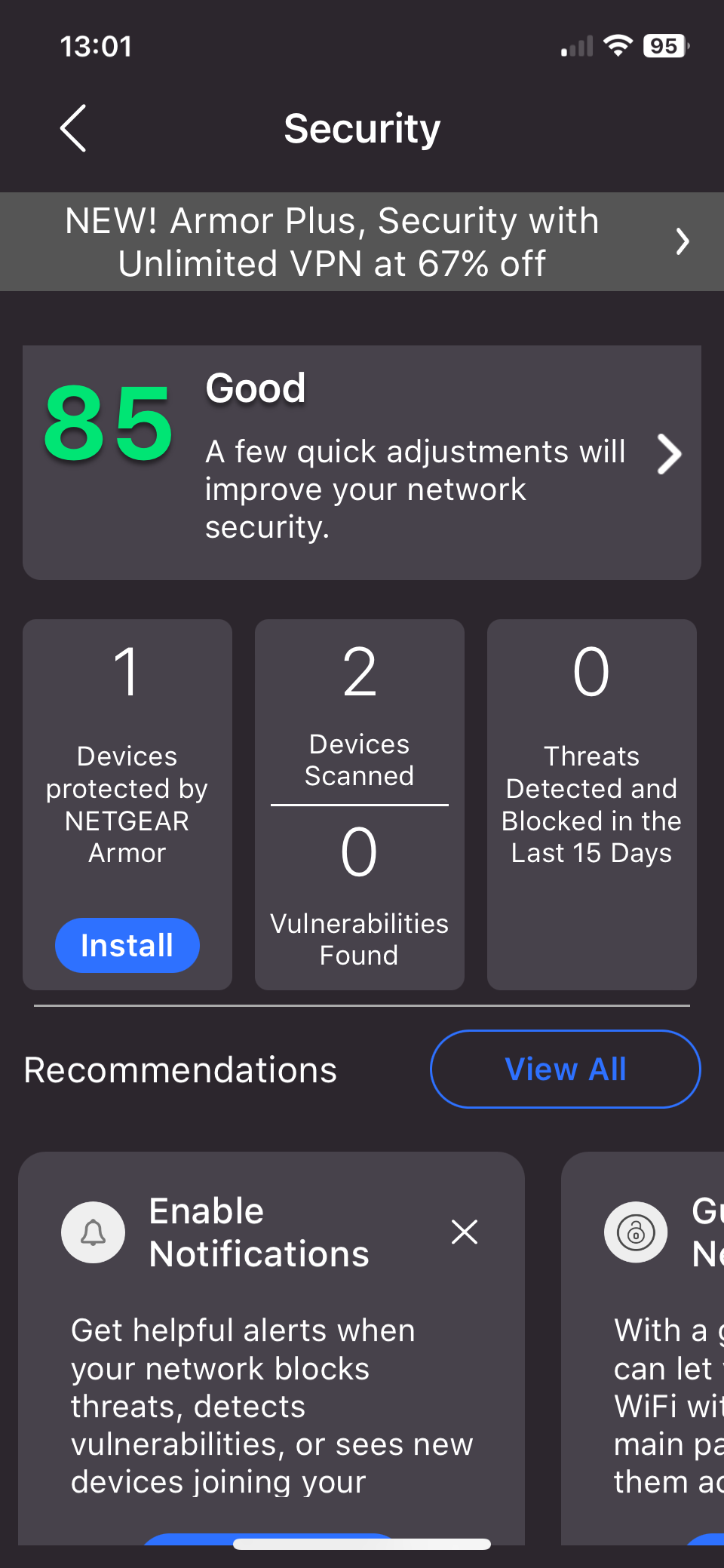
To keep things as simple as possible, the Nighthawk app combines the two frequency bands into a single network and automatically connects your computers and other devices to the fastest band available in that particular location within your home or office. But while the app is very easy to use, it doesn’t offer many additional features.
You can create a guest network, and there are tools for running a speed check and monitoring network traffic to ensure that everything is working properly. However, the app’s parental controls are very basic, simply allowing you to pause Internet access for individual devices. There are no weekly scheduling controls, or content filters to block web sites that might be unsuitable for children.
If you do want those additional features then you’ll need to pay a subscription fee for Netgear’s Smart Parental Controls service. There’s a 30-day free trial available, but once the trial ends you’ll need to pay $7.99/month or $69.99/year to continue the service. The same thing applies to Netgear’s Armor security service, which also provides a 30-day trial, but then costs $99.99 per year.
As we’ve said – many a time in the past – there are rival routers that provide better parental controls free of charge, so parents that do need these features may want to consider alternative routers.
- Features: 3.5/5
Netgear Nighthawk RS200: Performance
- 6.5Gbps speed
- Dual-band Wi-Fi 7 (2.4GHz/5.0GHz)
- 4 internal antennae
The lack of support for the 6.0GHz frequency band is clearly disappointing – and for some users it may well be a deal-breaker. Even so, the improved performance of the Nighthawk RS200 still allows it to beat the aging dual-band router in our office, which was provided by our ISP.
Our office broadband runs at 150Mbps, but our old router can normally only manage a top speed of 120Mbps even when connecting to devices that are close by in the same room.
BENCHMARKS:
Ookla Speed Test – Single merged network (download/upload)
Within 5ft, no obstructions: 150Mbps/150Mbps
Within 30ft, three partition walls: 150Mbps/150Mbps
20GB Steam Download - Single merged network
Within 5ft, no obstructions: 150Mbps
Within 30ft, three partition walls: 150Mbps
We also have an office at the back of the building that our old router struggles to reach at all, forcing us to rely on PowerLine adaptors to provide a wired network connection instead. In contrast, the RS200 immediately hit the full 150Mbps speed that was available when connecting to devices in the same room for both the Ookla Speed Test and for large file downloads on Steam.
That speed did dip slightly as I picked up my laptop and wandered along the hall to the back office, but the RS200 took just a few seconds to roll up its sleeves and bump the speed back up to 150Mbps once more, and eliminate the need for those PowerLine adaptors. If you already own an expensive laptop or iPhone 16 that has full support for tri-band Wi-Fi 7 then it probably doesn’t make much sense to compromise on an entry-level router such as the RS200 that doesn’t support the 6.0GHz band. However, the RS200 can still provide a fast, reliable upgrade for people who are using an older dual-band router that is past its sell-by date.
- Performance: 4/5
Should you buy the Netgear Nighthawk RS200?
Buy it if...
You Need An Affordable Upgrade
The dual-band Wi-Fi of the Nighthawk RS200 certainly isn’t state-of-the-art, but it can still provide a good upgrade for people who are using an old dual-band router provided by their ISP.
You’re A Network Newbie
Netgear’s Nighthawk app is a little basic, but it’s quick and easy to use. All you have to do is scan a QR code to set up your new network and then create a Netgear account to get started.
Don't buy it if...
You’re A Speed Demon
The relatively low price of the Nighthawk RS200 means that it’s limited to dual-band Wi-Fi using just the 2.4GHz and 5.0GHz bands. Owners of new computers and mobile devices that support Wi-Fi 7 will be better off with a tri-band router that also supports the high-speed 6.0GHz band.
You Want Parental Controls
Netgear charges an additional subscription fee for its Smart Parental Controls service. There are rival routers that provide content filters and other parental controls free of charge.
Also consider
Netgear Nighthawk RS300
Owners of computers and mobile devices that already support Wi-Fi 7 may want to step up to the Nighthawk RS300. It’s 50% faster than the RS200, and also supports the high-speed 6.0GHz frequency band too.
Read our full Netgear Nighthawk RS300 review
Asus ROG Rapture GT-BE98
From the affordable to the outrageous – the GT-BE98 from Asus is an all-out speed demon. Designed for gamers, it provides quad-band Wi-Fi 7 with a top speed of 24.4Gbps, and 10Gbps Ethernet for high-speed broadband connections.
Read our full Asus ROG Rapture GT-BE98 review
- Details
Acer Swift 14 AI review: A humble laptop with lengthy battery life - PCWorld
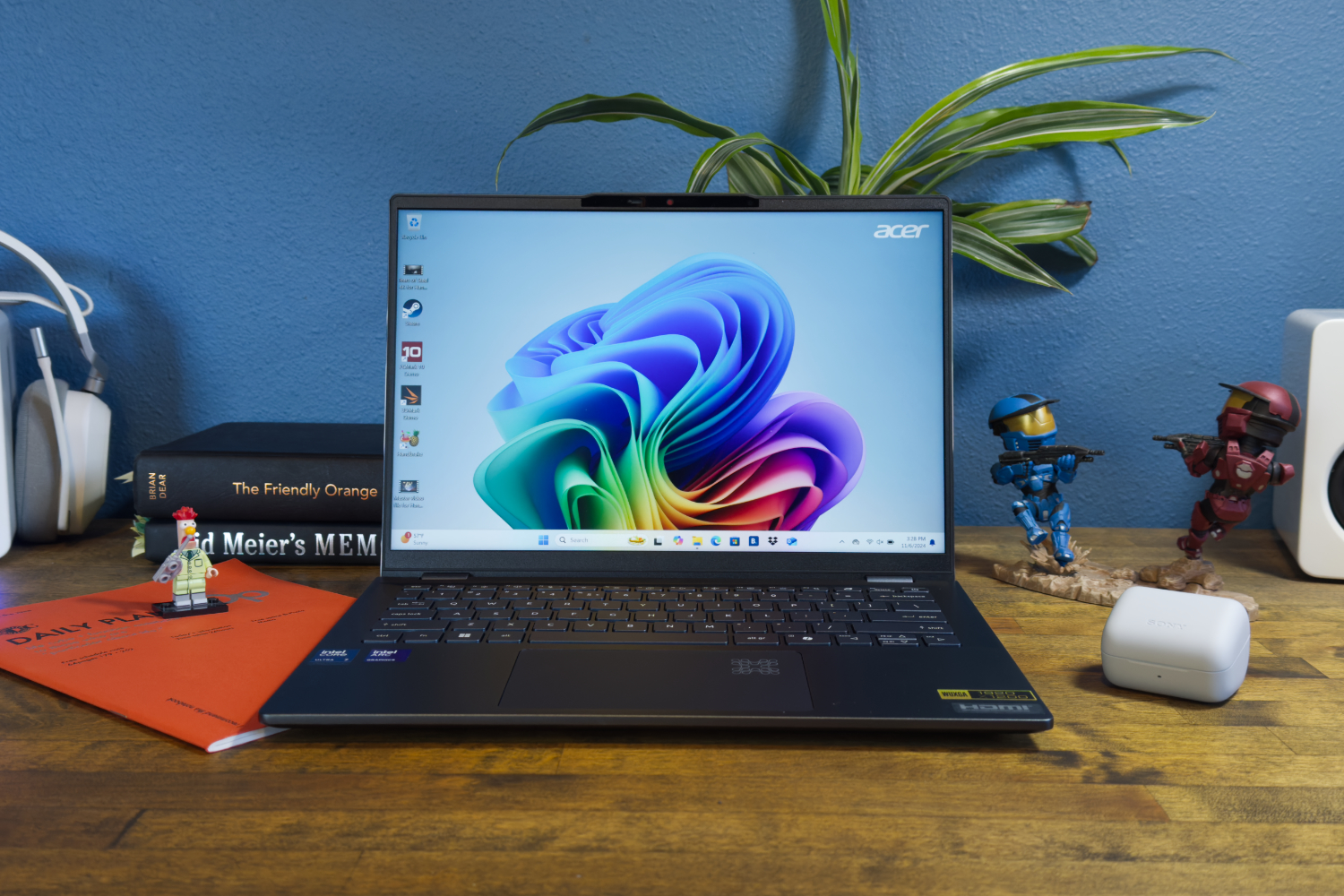
- Details
Acer Swift 14 AI review: A humble laptop with lengthy battery life
At a glanceExpert's Rating Pros Enjoyable keyboard Lots of wired, wireless connectivity Well-rounded CPU and integrated GPU performance Lengthy battery life

- Details
Lenovo Yoga 9i 2-in-1 Gen 9 review
14in OLED panel. While it peaked at a modest 402cd/m2 in our SDR tests, its VESA TrueBlack 500 certification shows in punchy colors when watching films or playing games. It covers 119% of the DCI-P3 gamut and you can trust its colors, too, with an average Delta E of 0.45. The native color temperature is a fraction warm, so whites aren’t as blazing as I like when typing in Word, but a density of 242ppi thanks to its 2,880 x 1,800 resolution makes the edges of text look razor sharp.Lenovo includes its Slim Pen stylus, which magnetically attaches to the top of the lid. I love the firmness of the connection, but it doesn’t charge at the same time; there’s a USB-C slot at the top of the pen. As ever when using a plastic tip on a glass surface you can’t expect a paper-like experience, but digital artists will appreciate the minimal 18ms lag, and the Smart Notes app is great for scribbles and sketches. At 1.3kg this isn’t an iPad rival, but I was happy holding it in the crook of my arm while doodling.The keyboard is no ThinkPad in terms of “feel”, but there’s a generous 1.5mm of travel and the keys are large and easy to hit. Lenovo adds a bunch of shortcut keys on the right-hand side: eye-care mode, mute, a shortcut to its useful Vantage app for controlling settings, and a performance mode switcher. This is by no means a bad laptop, but others offer better value (Image credit: Future) During benchmarking I opted for Lenovo’s high-performance mode, but don’t get too excited.Intel’s Core Ultra 7 155H is a fine processor, but the Geekbench 6 scores printed below won’t concern AMD or Qualcomm, while its PCMark 10 score of 6,392 is strong but not incredible. Likewise a multicore result of 816 in Cinebench 2024.Where Intel’s chip continues to beat Qualcomm is gaming, and there is potential here: 41fps in Dirt 5 at 1200p is a respectable return, as is 30fps at the screen’s native resolution, but you’ll need to find less demanding titles to benefit from the panel’s 120Hz refresh rate. I thoroughly enjoyed Dirt 5’s pumping soundtrack through the Yoga’s speakers, though, with far more bass than I’m used to from laptops. That’s thanks to a pair of 2W woofers in the base. (Image credit: Future) Unlike the ThinkPad T14s (see p56), the Yoga 9i isn’t designed for easy maintenance. The difficulty isn’t so much in getting inside the chassis – four Torx T5 screws offer little resistance – as what you can do once you’re there. It’s good to see QR codes to help identify components, but I would only feel confident replacing the M.2 SSD – a scorching 1TB unit that returned 6,197MB/sec sequential reads – and the 75Wh battery.Two months ago, I would have been full of praise about this laptop’s battery life: 12hrs 40mins under light use is a fine result. Or it was, until Snapdragon-based chips almost doubled my expectations. Still, that’s enough to mean you don’t need to sling the 65W charger into your bag on the daily commute, and it recharges speedily: 41% in half an hour, 75% after an hour. Colors pop when watching films or playing games (Image credit: Future) Lenovo is throwing in a couple of sweeteners. Use the part code 83AC000FUK and you’ll receive a swanky cover – complete with a loop for the stylus – and a three-in-one USB-C hub that adds USB-A, VGA and HDMI. These complement the three USB-C ports and one USB-A port tucked into the laptop’s narrow base (there’s a 3.5mm headphone jack, too). It’s a shame the hub doesn’t include an RJ45 port, and while I’m wishing it would also have been nice to see Wi-Fi 7 rather than Wi-Fi 6E. You can configure the Yoga 9i 2-in-1 Gen 9 on Lenovo’s website, with options such as 32GB of RAM, a higher-res screen and a grey finish rather than blue. But this pre-configured system is better value, especially as it was on sale for £1,500, a £200 discount, at the time of going to press. Still, I’m not convinced that’s bargain enough. Despite all the quality on show, the price feels like it should be closer to £1,300 to compete with the deluge of laptops currently appearing on shelves. We also rated the best gaming PCs.
This review first appeared in issue 360 of PC Pro.
While HP’s Elite x360 2-in-1 laptop would wear a bowler hat if it could, the Yoga 9i is a free spirit. It wants you to make art not presentations, to view films not spreadsheets, to sit in cafés not end-of-quarter sales meetings. That’s not to say it can’t look serious – if anything, the slim, dark blue metal chassis could be a funkier color – but it essentially screams entertainment.

Let’s start with the 14in OLED panel. While it peaked at a modest 402cd/m2 in our SDR tests, its VESA TrueBlack 500 certification shows in punchy colors when watching films or playing games. It covers 119% of the DCI-P3 gamut and you can trust its colors, too, with an average Delta E of 0.45. The native color temperature is a fraction warm, so whites aren’t as blazing as I like when typing in Word, but a density of 242ppi thanks to its 2,880 x 1,800 resolution makes the edges of text look razor sharp.
Lenovo includes its Slim Pen stylus, which magnetically attaches to the top of the lid. I love the firmness of the connection, but it doesn’t charge at the same time; there’s a USB-C slot at the top of the pen. As ever when using a plastic tip on a glass surface you can’t expect a paper-like experience, but digital artists will appreciate the minimal 18ms lag, and the Smart Notes app is great for scribbles and sketches. At 1.3kg this isn’t an iPad rival, but I was happy holding it in the crook of my arm while doodling.
The keyboard is no ThinkPad in terms of “feel”, but there’s a generous 1.5mm of travel and the keys are large and easy to hit. Lenovo adds a bunch of shortcut keys on the right-hand side: eye-care mode, mute, a shortcut to its useful Vantage app for controlling settings, and a performance mode switcher.
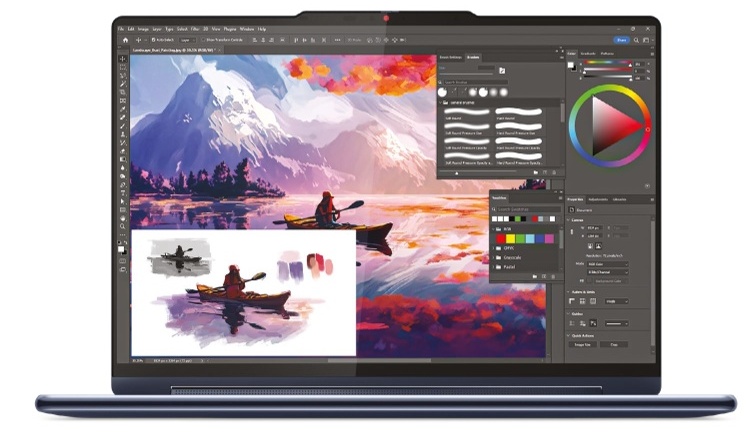
During benchmarking I opted for Lenovo’s high-performance mode, but don’t get too excited.
Intel’s Core Ultra 7 155H is a fine processor, but the Geekbench 6 scores printed below won’t concern AMD or Qualcomm, while its PCMark 10 score of 6,392 is strong but not incredible. Likewise a multicore result of 816 in Cinebench 2024.
Where Intel’s chip continues to beat Qualcomm is gaming, and there is potential here: 41fps in Dirt 5 at 1200p is a respectable return, as is 30fps at the screen’s native resolution, but you’ll need to find less demanding titles to benefit from the panel’s 120Hz refresh rate. I thoroughly enjoyed Dirt 5’s pumping soundtrack through the Yoga’s speakers, though, with far more bass than I’m used to from laptops. That’s thanks to a pair of 2W woofers in the base.
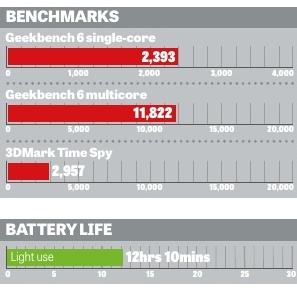
Unlike the ThinkPad T14s (see p56), the Yoga 9i isn’t designed for easy maintenance. The difficulty isn’t so much in getting inside the chassis – four Torx T5 screws offer little resistance – as what you can do once you’re there. It’s good to see QR codes to help identify components, but I would only feel confident replacing the M.2 SSD – a scorching 1TB unit that returned 6,197MB/sec sequential reads – and the 75Wh battery.
Two months ago, I would have been full of praise about this laptop’s battery life: 12hrs 40mins under light use is a fine result. Or it was, until Snapdragon-based chips almost doubled my expectations. Still, that’s enough to mean you don’t need to sling the 65W charger into your bag on the daily commute, and it recharges speedily: 41% in half an hour, 75% after an hour.
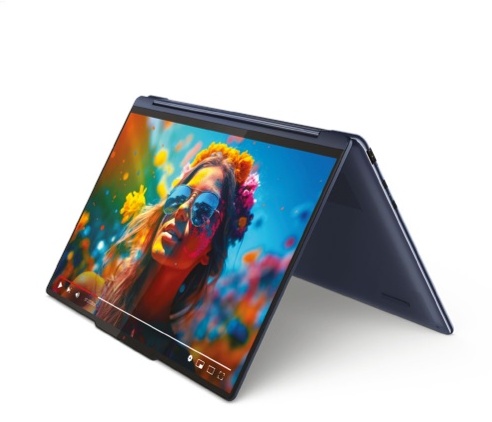
Lenovo is throwing in a couple of sweeteners. Use the part code 83AC000FUK and you’ll receive a swanky cover – complete with a loop for the stylus – and a three-in-one USB-C hub that adds USB-A, VGA and HDMI. These complement the three USB-C ports and one USB-A port tucked into the laptop’s narrow base (there’s a 3.5mm headphone jack, too). It’s a shame the hub doesn’t include an RJ45 port, and while I’m wishing it would also have been nice to see Wi-Fi 7 rather than Wi-Fi 6E. You can configure the Yoga 9i 2-in-1 Gen 9 on Lenovo’s website, with options such as 32GB of RAM, a higher-res screen and a grey finish rather than blue. But this pre-configured system is better value, especially as it was on sale for £1,500, a £200 discount, at the time of going to press. Still, I’m not convinced that’s bargain enough. Despite all the quality on show, the price feels like it should be closer to £1,300 to compete with the deluge of laptops currently appearing on shelves.
We also rated the best gaming PCs.
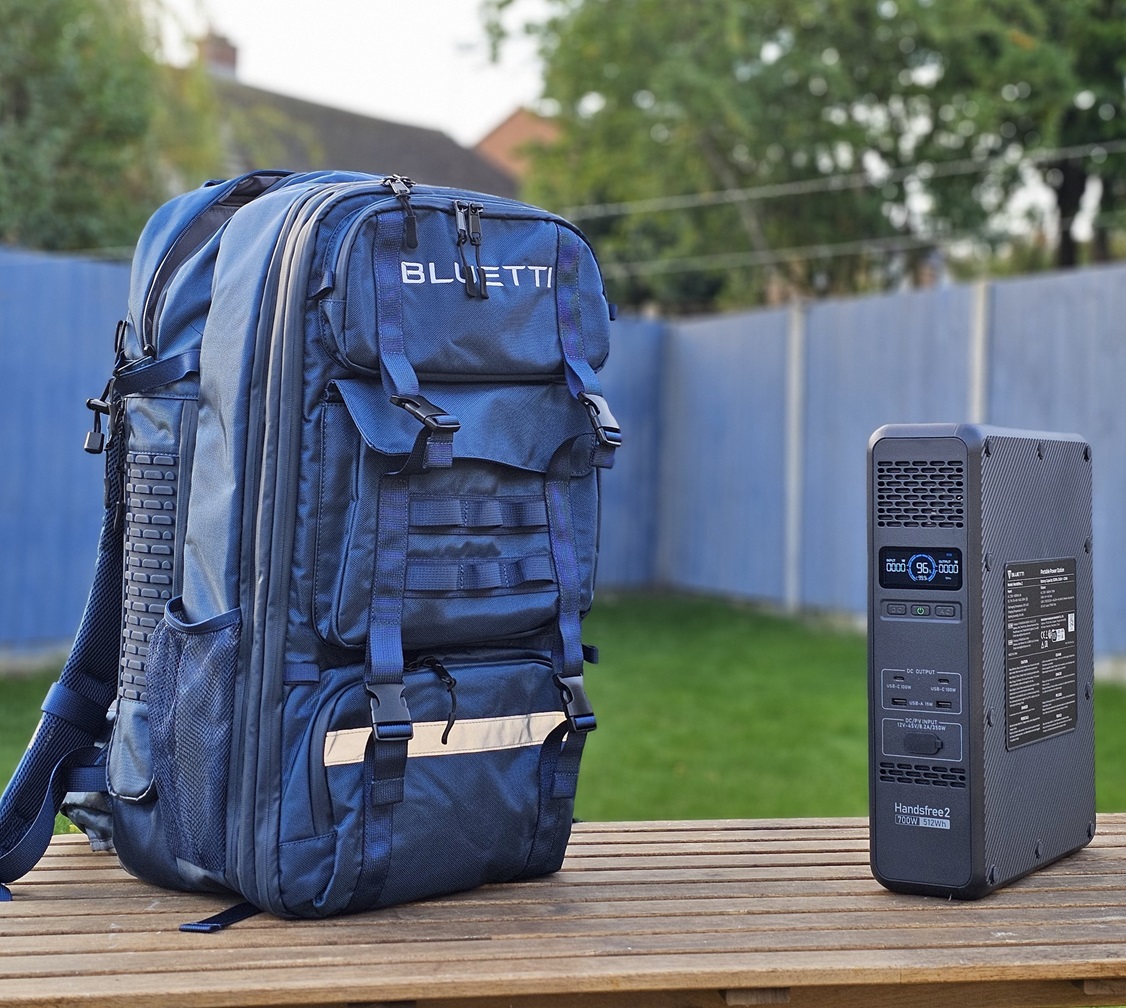
- Details
Bluetti Handsfree 2 portable power station review
niche of customers who may find this the very thing they are after. With a power bank shaped differently (narrower, flatter body shape) compared to the standard box. How does it compare to the best portable power stations? I put it to the test. Bluetti Handsfree 2: Packaging We received the Bluetti Handsfree 2 which is a Bluetti branded dark blue rucksack like bag, in it containing the power bank with 512Wh of power storage and a maximum combined output of 700W.The box was a plain cardboard box which we have come to expect from Bluetti with only text on the outside detailing what’s within.Pulling the bag out we found everything to be contained within the bag including the following: The aforementioned bagThe Bluetti Handsfree 2 700W 512Wh power bankAC charging cableAn XT60 to MC4 cableManual and Warranty Card Image 1 of 2(Image credit: Bluetti )Image 2 of 2(Image credit: Bluetti ) Bluetti Handsfree 2: Fit and feel Firstly, we will have a look at the power bank, measuring 382mm high by 300mm deep by 99mm wide you can tell is not box shape, think more like the “under monitor PC case” often seen in business office shape.When talking of the power bank we will be discussing it in its upright position as the lettering clearly indicates that this is the right way up for the unit. At the base of the unit are two large rubber feet on the bottom to prevent sliding or tipping. The sides of body have the now recognisable Bluetti ridge effect on the sides we have seen I the previously reviewed AC240 and AC200L. One of the sides is clearly considered the down side if the unit was to be laid flat as there are 10 rubber feet.At the front is the status screen, more on this later, below the screen are the only buttons, they are the on/off buttons for the unit itself, DC and AC. Below that are two USB-C, both capable of 100W outputs, below that are two USB-A with 15W output. Lastly at the front is the XT60 DC input for the unit supporting between 12 to 45Volts with a max 8.2amp or 350W input to charge the power bank.At the rear is the AC output outputting 230V with a maximum 700W, the inverter capable of Pure Sine Wave output at 50 or 60Hz, in the centre is the AC input, thankfully a standard C13 connector and lastly the earthing screw point for the unit.It was noted that our review unit was originally built for the EU market as it came with the Schuko Type F AC cable and AC outlet built into the unit meaning that for us to use and review it, we had to use an EU to UK plug travel adapter. Of note, this power bank does have UPS capability.The status screen is the typical layout expected in Bluetti products, if you have used their other power banks before, you’ll be familiar with this one. In the centre is the total % remaining with a rough running time below depending on in/outputs. On the left is the input wattage for both AC and DC, on the right is the output wattage for AC or DC with indication as to which one is being used. Image 1 of 4(Image credit: Bluetti )Image 2 of 4(Image credit: Bluetti )Image 3 of 4(Image credit: Bluetti )Image 4 of 4(Image credit: Bluetti ) Now on to the ruck sack itself. The bag is made from a very high-quality Polyester fabric/material with padding in several places with some useful built in features.At the front is the Bluetti logo, at the top is a small zip pouch, below that is a pouch with a hook and loop fastened flap with 6 loops of fabric tape that resembles MOLLE loops but isn’t and at the bottom is a large zip up pouch which contains some internal pockets for ID badges, pens etc. Between the flaps are buckles so that items and things can be looped through them. Image 1 of 3(Image credit: Bluetti )Image 2 of 3(Image credit: Bluetti )Image 3 of 3(Image credit: Bluetti ) Opening the first part of the bag reveals what I like to call “the personal compartment” of the bag, this has a more typical carryon luggage type of compartment, it has mesh compartments both zipped and not as well as the straps often found in such type of luggage. There is a zip the runs all the way around that allows you to expand the entirety of the compartment so that you may fill it with clothes, toiletries and personal effects. Image 1 of 2(Image credit: Bluetti )Image 2 of 2(Image credit: Bluetti ) The next compartment I like to call the “equipment compartment”. This has a pouch for a laptop, I was able to easily fit a 13” and 15” laptop, both at the same time. This compartment has various padding dividers allowing you to customise the inside based on what devices you wish to carry such as cameras, drones etc. (Image credit: Bluetti ) The last compartment and the one closest to your back is the power bank one, the space is a snug compartment for the power bank with hook and loop straps to hold it in and a top divider allowing you use the last 20% of the rear compartment for personal effects. The sides of this compartment have vented rubber like flaps which can be opened to allow access to the front and back of the power bank without having to remove it from the bag itself, inside this is also a nice little leather detail of Bluetti’s logo and a slogan. An odd note was that the covering flap said “only use with Handsfree 1” though this is the Handsfree 2? Image 1 of 3(Image credit: Bluetti )Image 2 of 3(Image credit: Bluetti )Image 3 of 3(Image credit: Bluetti ) Finally, some other points of the outside of the bag are, at the top is a security 3-digit combination lock for the equipment section, at the bottom are two carrying straps which can be used to cinch items to the bag, I pictured a camping mat. Some smaller loops on the front of the bag for hooking carabiners or as they show in their publication, portable solar panels to charge the power bank. On either side are two straps which can be used to hold the side flaps up and open for access to the power bank. There are two mesh pockets to stash water bottles or small items and towards the top bungee cords for securing longer items and objects. Image 1 of 2(Image credit: Bluetti )Image 2 of 2(Image credit: Bluetti ) The two shoulder straps are well padded with various adjustment straps above the shoulders and at around the waistline. On the left strap is a non removable GoPro mount just above the chest strap. Then there are the waist straps which have little pouches built into them, I also located the storm cover in the right waist strap pouch. On that note all external zips have a rubber like lining to them to improve water repellency as does the fabric of the bag itself. Image 1 of 4(Image credit: Bluetti )Image 2 of 4(Image credit: Bluetti )Image 3 of 4(Image credit: Bluetti )Image 4 of 4(Image credit: Bluetti ) Bluetti Handsfree 2: In use Using it is as simple as charging up the power bank in your method of choice, slip it into the bag and fill it up with what you need. The first thing that was noticed was the heft of the bag even when empty weighing in at a little over 10Kgs.Once filled with equipment and clothes at the maximum expansion, it was noted how chunky the bag was protruding from my back, in the image the manual is A5 in size. It is so big and heavy I don’t think it can be classed as carry on luggage at all, battery capacity notwithstanding as most airlines have a maximum lithium battery capacity size of 160Wh. Image 1 of 2(Image credit: Bluetti )Image 2 of 2(Image credit: Bluetti ) The bag has no internal rigid frame meaning that the body of the bag is made by the battery, not a bad thing as it lightens the weight. One person pointed out that a frame with wheels at the base and a pull handle like those seen on carry-on and larger suitcases would have been a nice touch as carrying it by back or hand would rapidly be tiring.I handed this to a person who works in emergency services, where remote power was often needed or necessary for on site incidents to have a go at using. Using it for a week, he noted that the external zips on the battery compartment flaps snagged the mesh pockets on the side, which in turn tore the mesh netting leading to a hole (see photo). Image 1 of 3(Image credit: Bluetti )Image 2 of 3(Image credit: Bluetti )Image 3 of 3(Image credit: Bluetti ) He noted that this was the only design flaw of the bag, he commented on how well built the bag was but that it wasn’t made for emergency services in mind as the compartments shape and size did not suit him. The weight was another factor as he was now carrying around a far bigger battery pack than before, also comments from colleagues about the sheer size of the bag.So, who is this product made for? My guess, and that of Bluetti’s, is for the drone operator or photographer who needs to carry their equipment, needs an amount of portable power and maybe a change of clothes for an overnight shoot or job at a remote location which requires only walking to for that last mile or two from a larger base camp or vehicle. I cannot see this being used as an every day carry for daily use unless you want a work out.There is the standard Bluetti App which faultlessly syncs to the battery giving you more control, status and options than the three buttons on the front. The app is well made showing you more detail on charge and discharge stats. Bluetti Handsfree 2: Price Currently this product isn’t available in the UK or EU markets, the US shows it retailing with a launch price of $399 but an RRP of $599 (£305 GBP and £460 GBP respectively). No tell of when there will be a UK or EU launch date for this product.Oddly, you can buy the battery which comes with the bag or the bag itself for $199 USD (£152 GBP) but you can’t buy the battery alone, I would say that there is probably a market for those that want this battery size. Bluetti Handsfree 2: Final verdict Overall as a product, it is very well made, the battery power bank is large enough to handle most day to day charging of small electronic devices with ease without seeming to be underpowered when compared to smaller battery banks. If you need more output wattage then the bigger brethren of the Handsfree 2 would be needed such as the AC200L.The ruck to carry it is very well made for a company who are not specialised in ruck sacks or equipment bags, its quite clear that Bluetti did their research and know that this product is aimed for the tech gear person who travels (but not by air) and needs portable power but not the heavy lifting of larger battery banks.A great bag for drone operators as it has space for one or two drones, batteries and kit for them. Dare I say a certain country would love this product where they have plenty of field drone operators, the need for portable power in a small, agile product. ^ Back to top
Having reviewed several portable power stations from varying brands across the years, the noted mainstays of the industry was mainly copy and paste with few tweaks and features. Nearly all of them were of a large boxlike design often with a status screen, varying power in and outputs and maybe an app. Portable was only the word used in that you could pick it up and cart it off elsewhere, but some of them were bulky and pushing north of 20kgs in weight.
The Bluetti Handsfree 2 brings a whole new designed approach with portable the forefront of the product aimed at a niche of customers who may find this the very thing they are after. With a power bank shaped differently (narrower, flatter body shape) compared to the standard box. How does it compare to the best portable power stations? I put it to the test.
Bluetti Handsfree 2: Packaging
We received the Bluetti Handsfree 2 which is a Bluetti branded dark blue rucksack like bag, in it containing the power bank with 512Wh of power storage and a maximum combined output of 700W.
The box was a plain cardboard box which we have come to expect from Bluetti with only text on the outside detailing what’s within.
Pulling the bag out we found everything to be contained within the bag including the following:
- The aforementioned bag
- The Bluetti Handsfree 2 700W 512Wh power bank
- AC charging cable
- An XT60 to MC4 cable
- Manual and Warranty Card
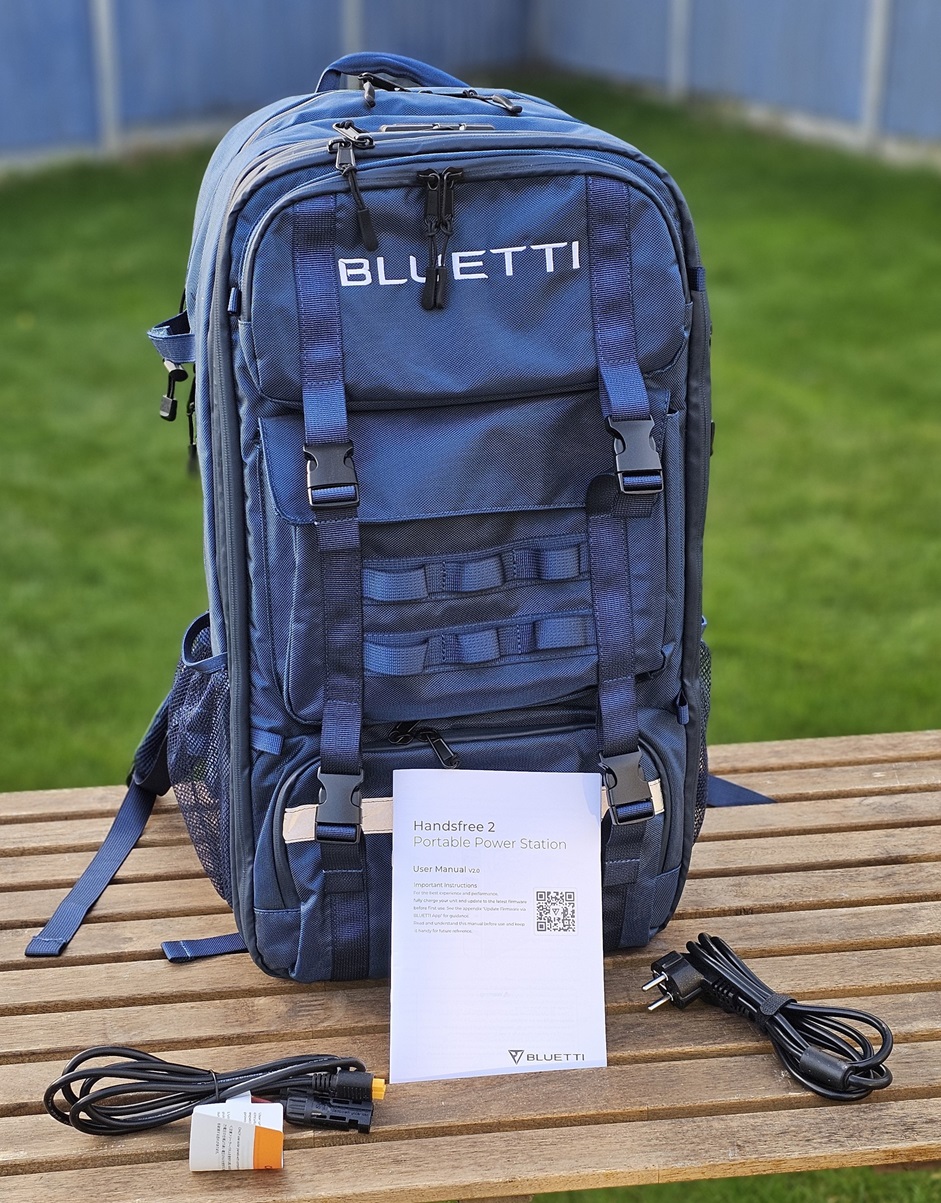
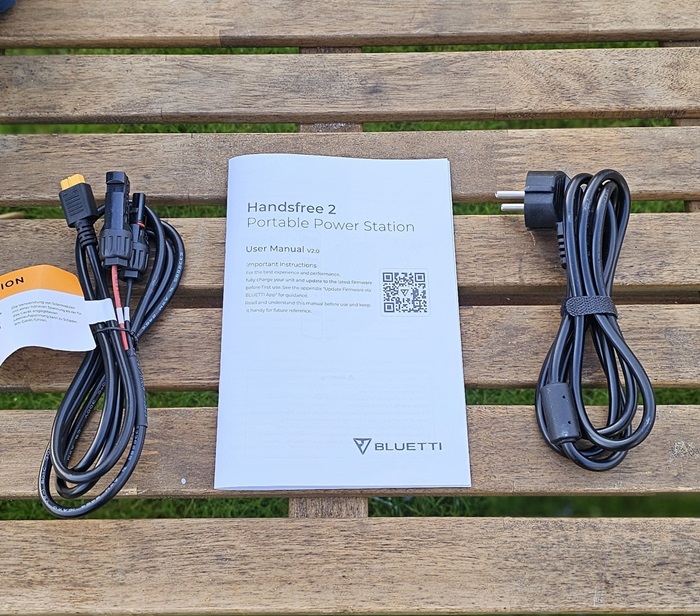
Bluetti Handsfree 2: Fit and feel
Firstly, we will have a look at the power bank, measuring 382mm high by 300mm deep by 99mm wide you can tell is not box shape, think more like the “under monitor PC case” often seen in business office shape.
When talking of the power bank we will be discussing it in its upright position as the lettering clearly indicates that this is the right way up for the unit. At the base of the unit are two large rubber feet on the bottom to prevent sliding or tipping. The sides of body have the now recognisable Bluetti ridge effect on the sides we have seen I the previously reviewed AC240 and AC200L. One of the sides is clearly considered the down side if the unit was to be laid flat as there are 10 rubber feet.
At the front is the status screen, more on this later, below the screen are the only buttons, they are the on/off buttons for the unit itself, DC and AC. Below that are two USB-C, both capable of 100W outputs, below that are two USB-A with 15W output. Lastly at the front is the XT60 DC input for the unit supporting between 12 to 45Volts with a max 8.2amp or 350W input to charge the power bank.
At the rear is the AC output outputting 230V with a maximum 700W, the inverter capable of Pure Sine Wave output at 50 or 60Hz, in the centre is the AC input, thankfully a standard C13 connector and lastly the earthing screw point for the unit.
It was noted that our review unit was originally built for the EU market as it came with the Schuko Type F AC cable and AC outlet built into the unit meaning that for us to use and review it, we had to use an EU to UK plug travel adapter. Of note, this power bank does have UPS capability.
The status screen is the typical layout expected in Bluetti products, if you have used their other power banks before, you’ll be familiar with this one. In the centre is the total % remaining with a rough running time below depending on in/outputs. On the left is the input wattage for both AC and DC, on the right is the output wattage for AC or DC with indication as to which one is being used.
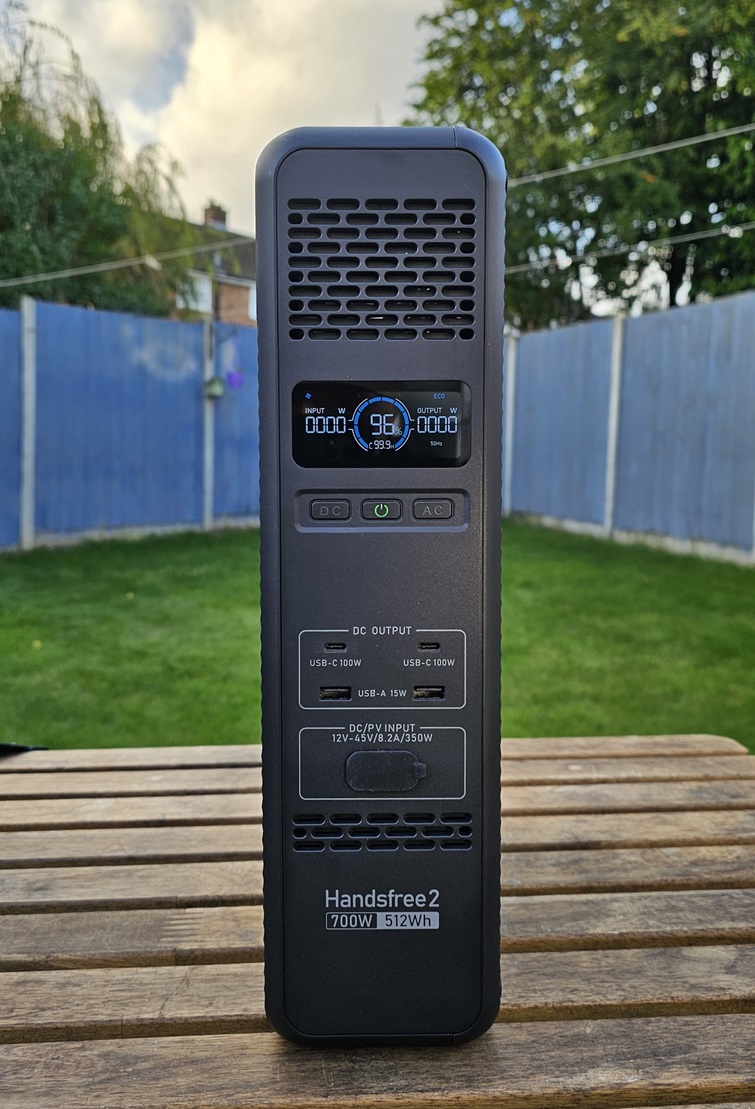
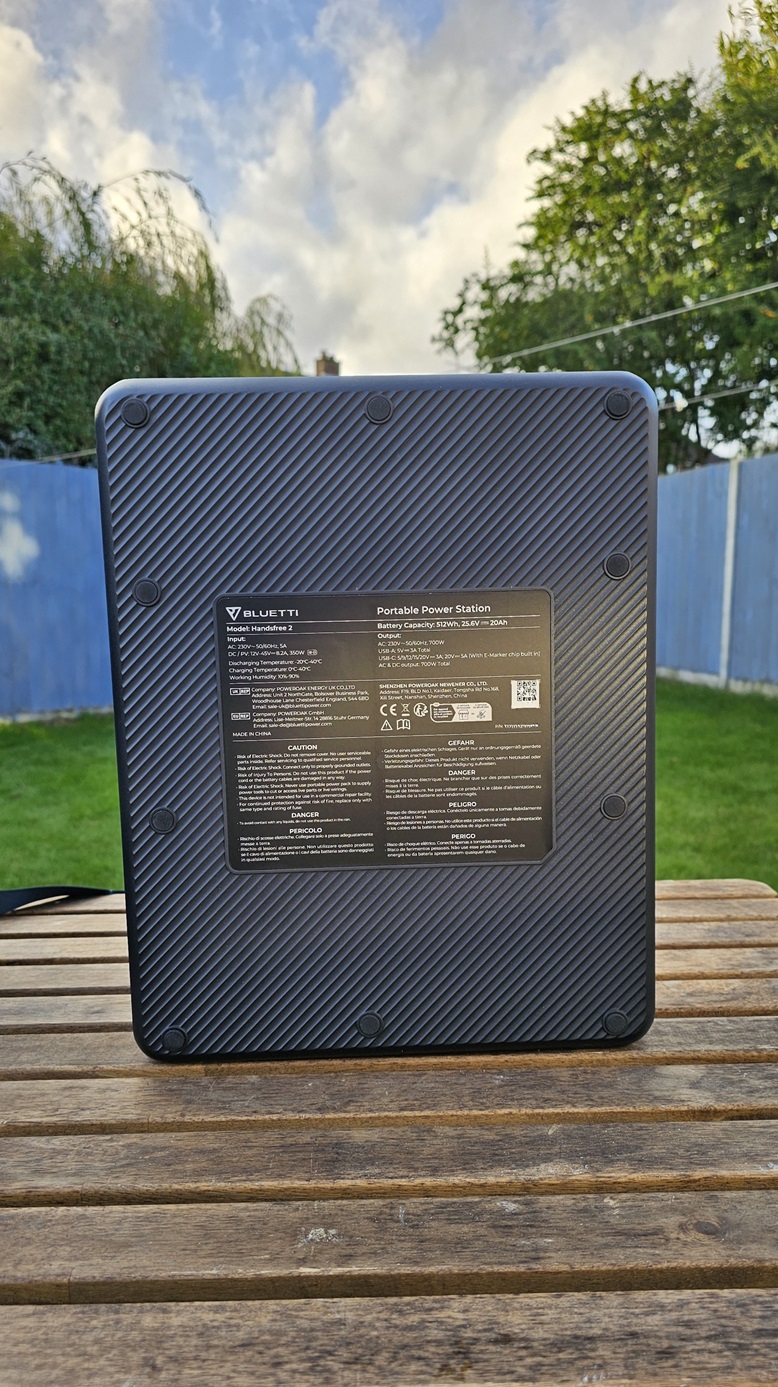
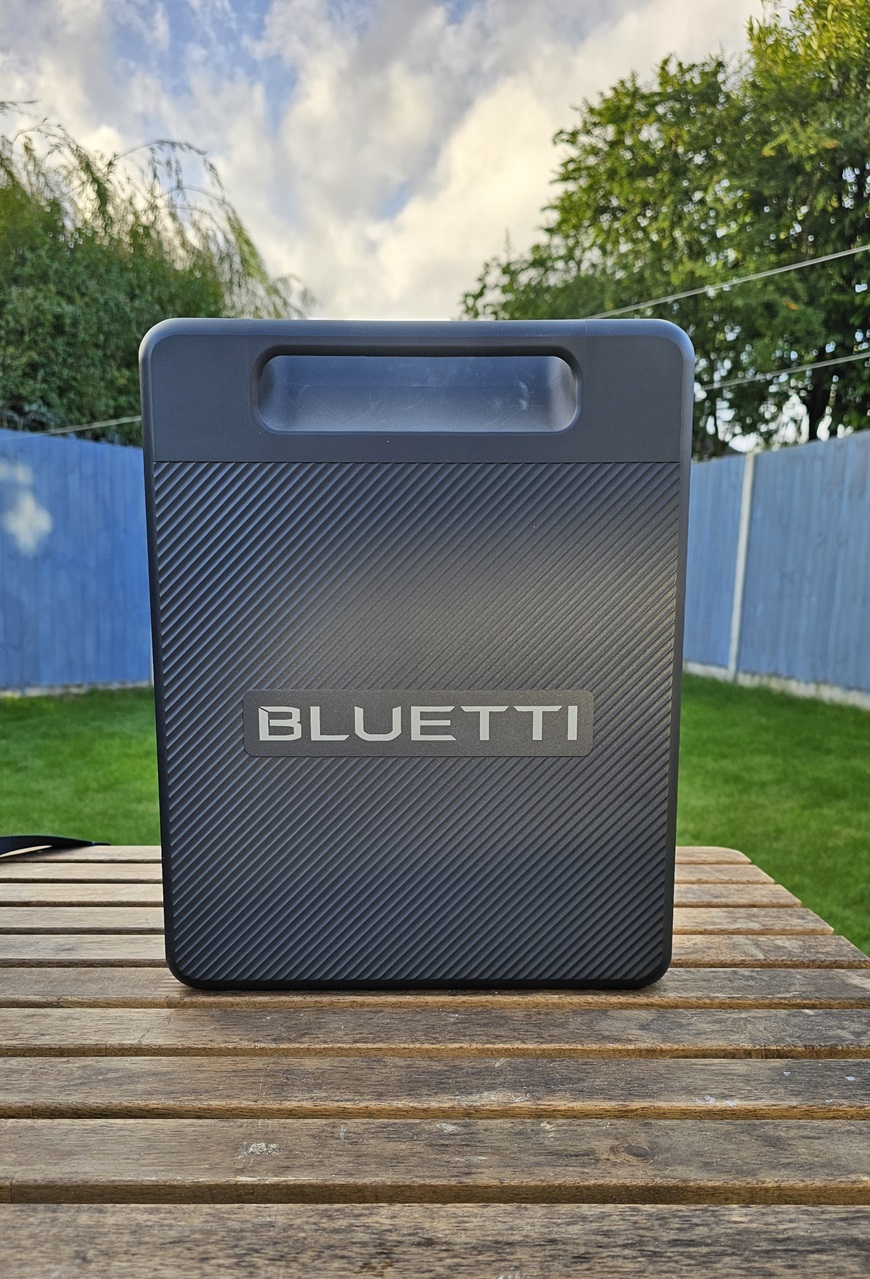
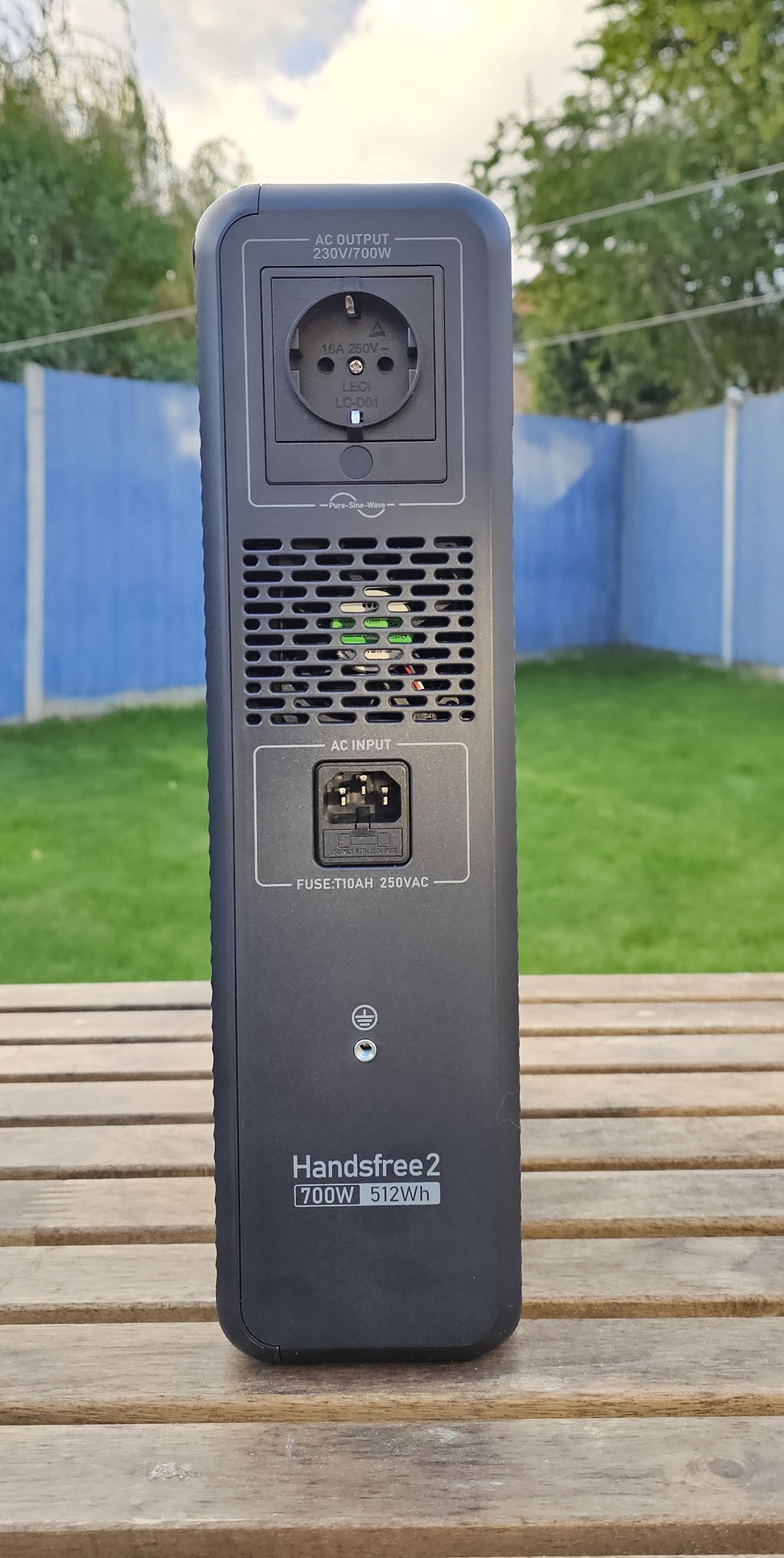
Now on to the ruck sack itself. The bag is made from a very high-quality Polyester fabric/material with padding in several places with some useful built in features.
At the front is the Bluetti logo, at the top is a small zip pouch, below that is a pouch with a hook and loop fastened flap with 6 loops of fabric tape that resembles MOLLE loops but isn’t and at the bottom is a large zip up pouch which contains some internal pockets for ID badges, pens etc. Between the flaps are buckles so that items and things can be looped through them.
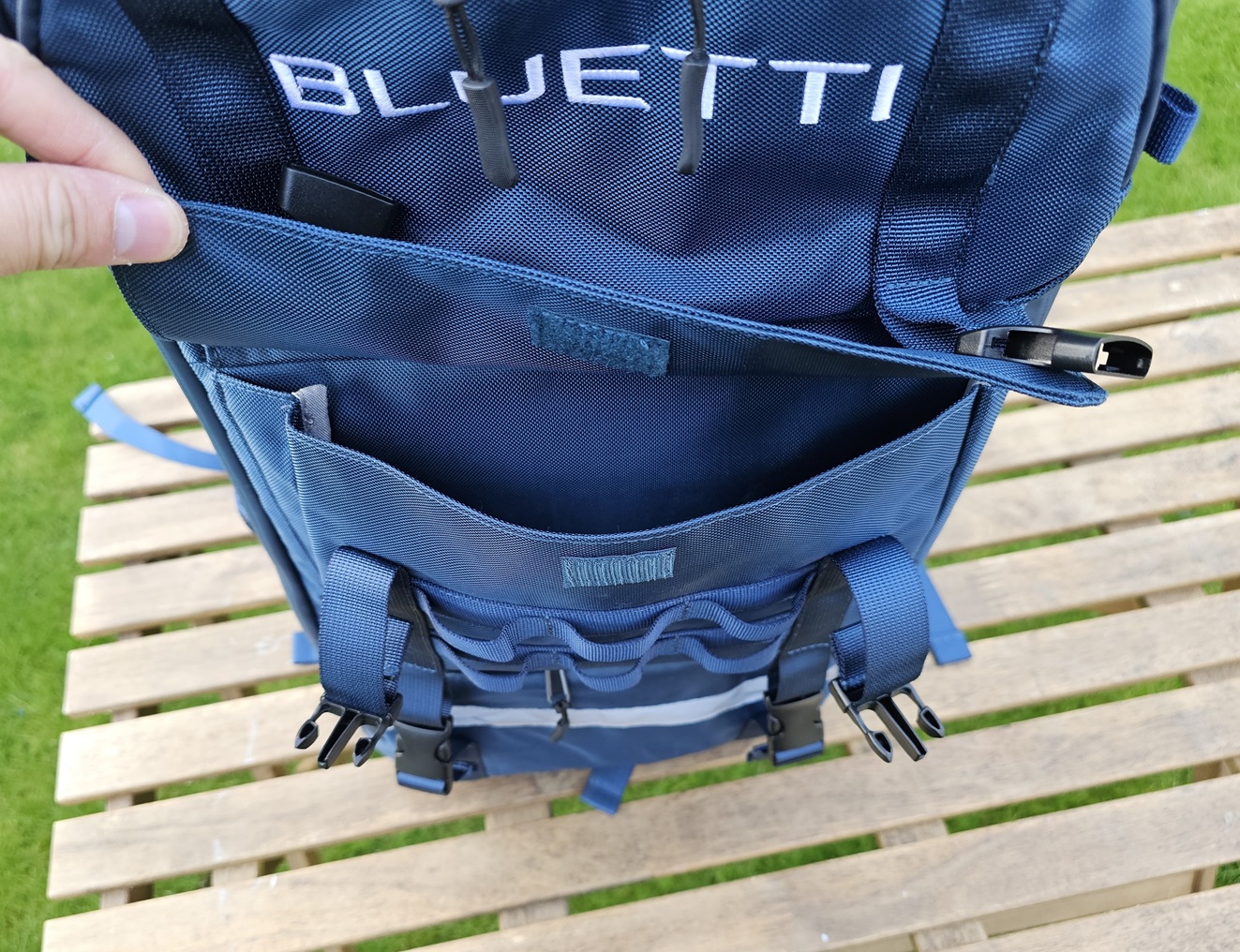
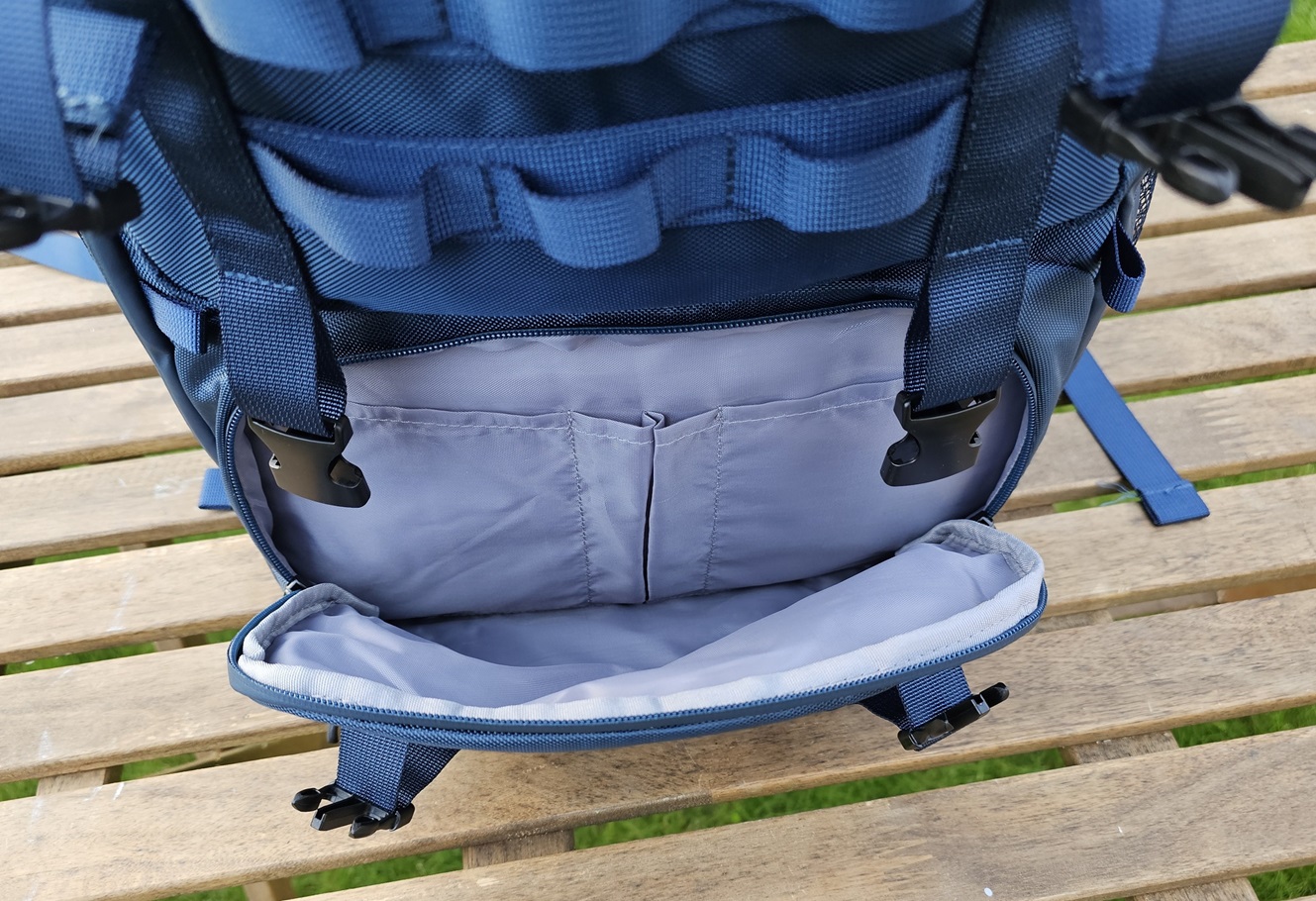
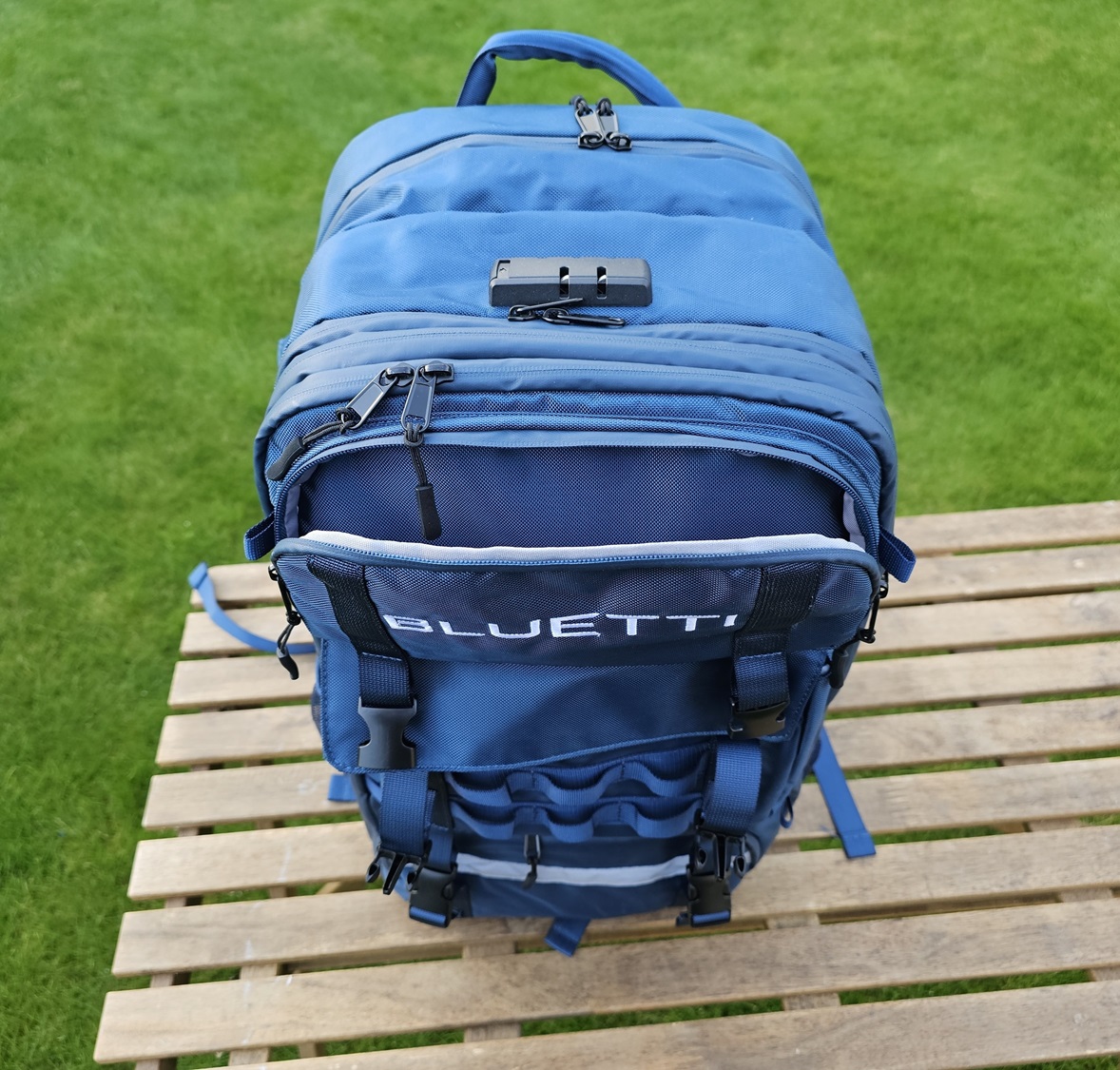
Opening the first part of the bag reveals what I like to call “the personal compartment” of the bag, this has a more typical carryon luggage type of compartment, it has mesh compartments both zipped and not as well as the straps often found in such type of luggage. There is a zip the runs all the way around that allows you to expand the entirety of the compartment so that you may fill it with clothes, toiletries and personal effects.
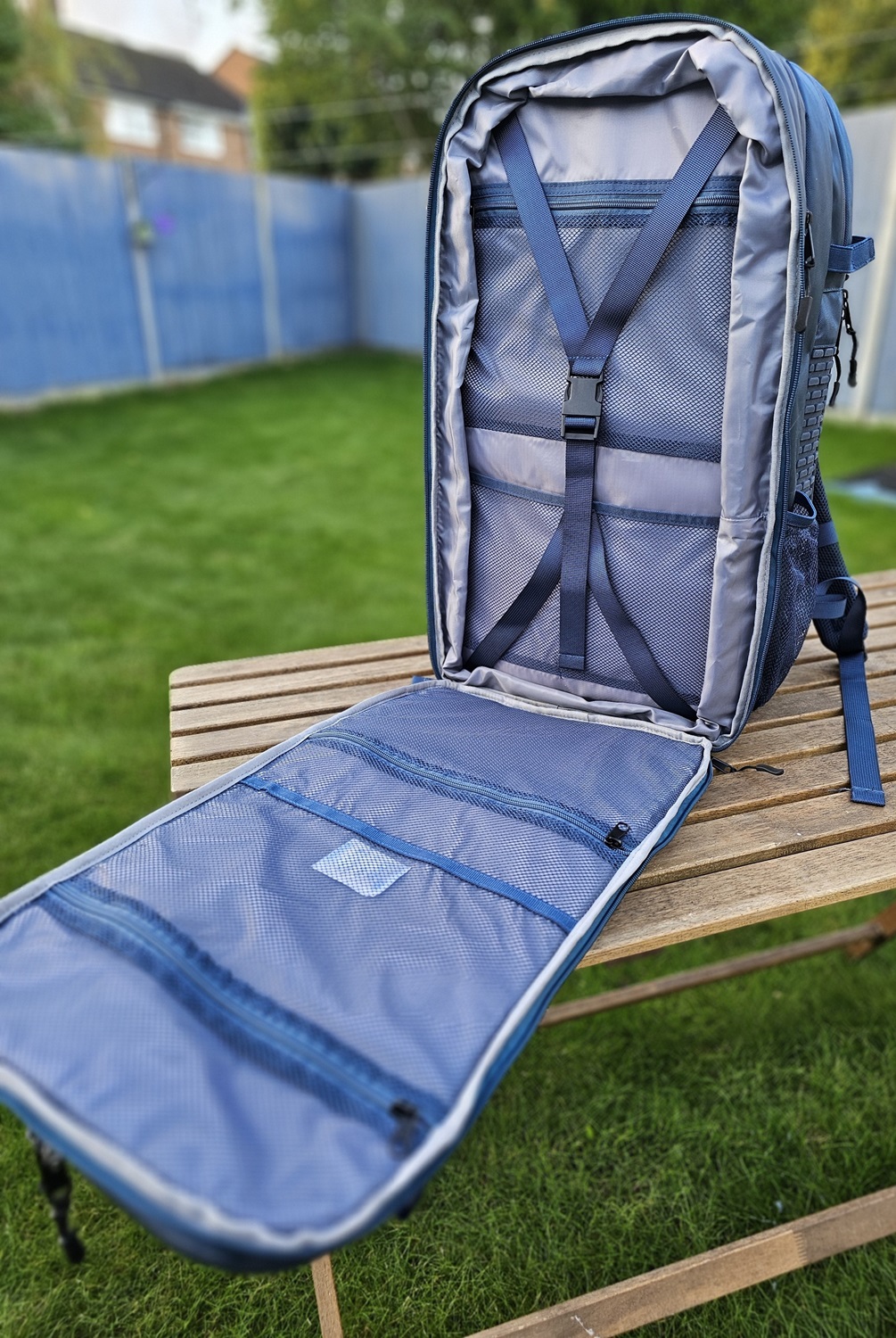
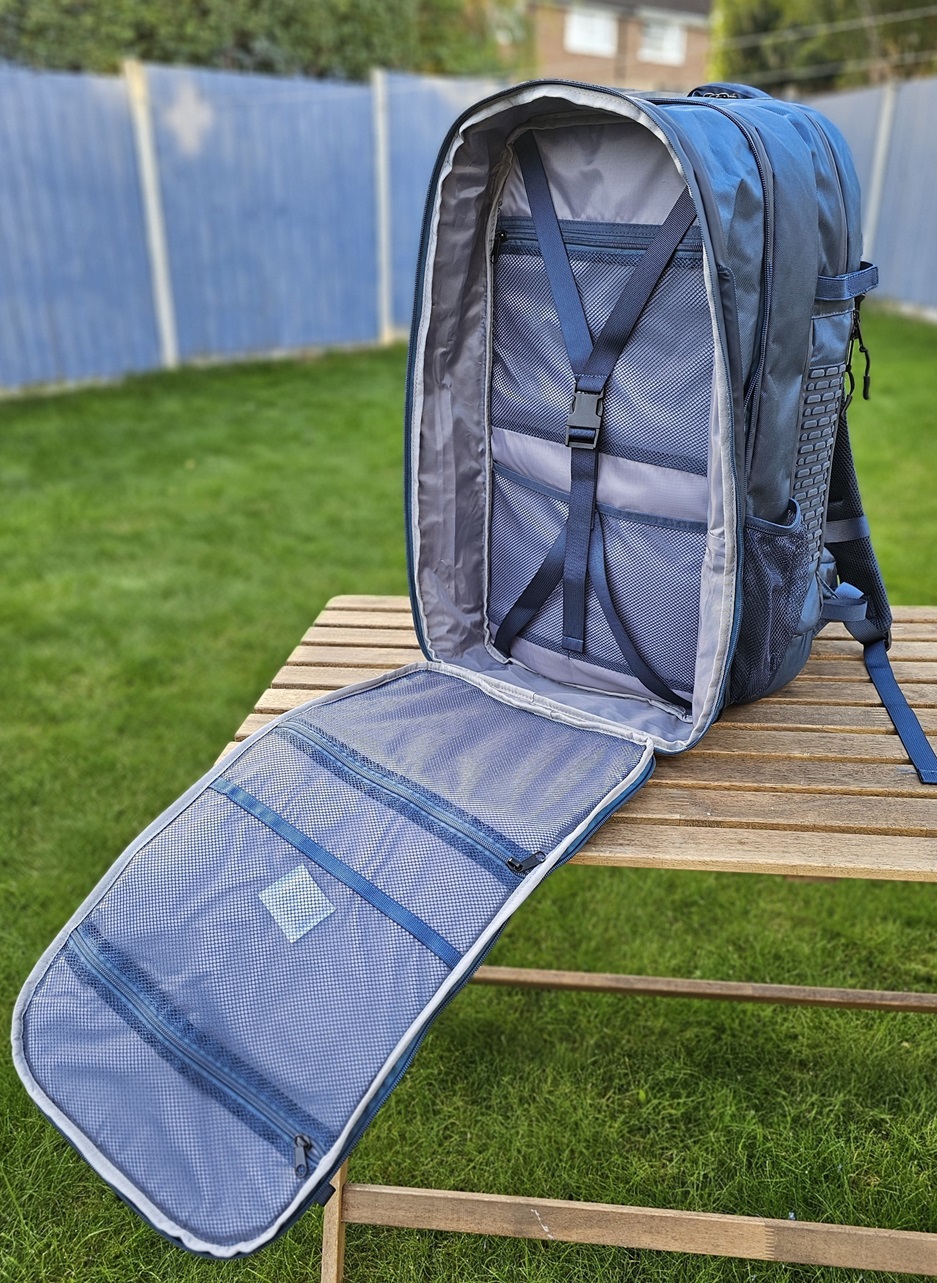
The next compartment I like to call the “equipment compartment”. This has a pouch for a laptop, I was able to easily fit a 13” and 15” laptop, both at the same time. This compartment has various padding dividers allowing you to customise the inside based on what devices you wish to carry such as cameras, drones etc.
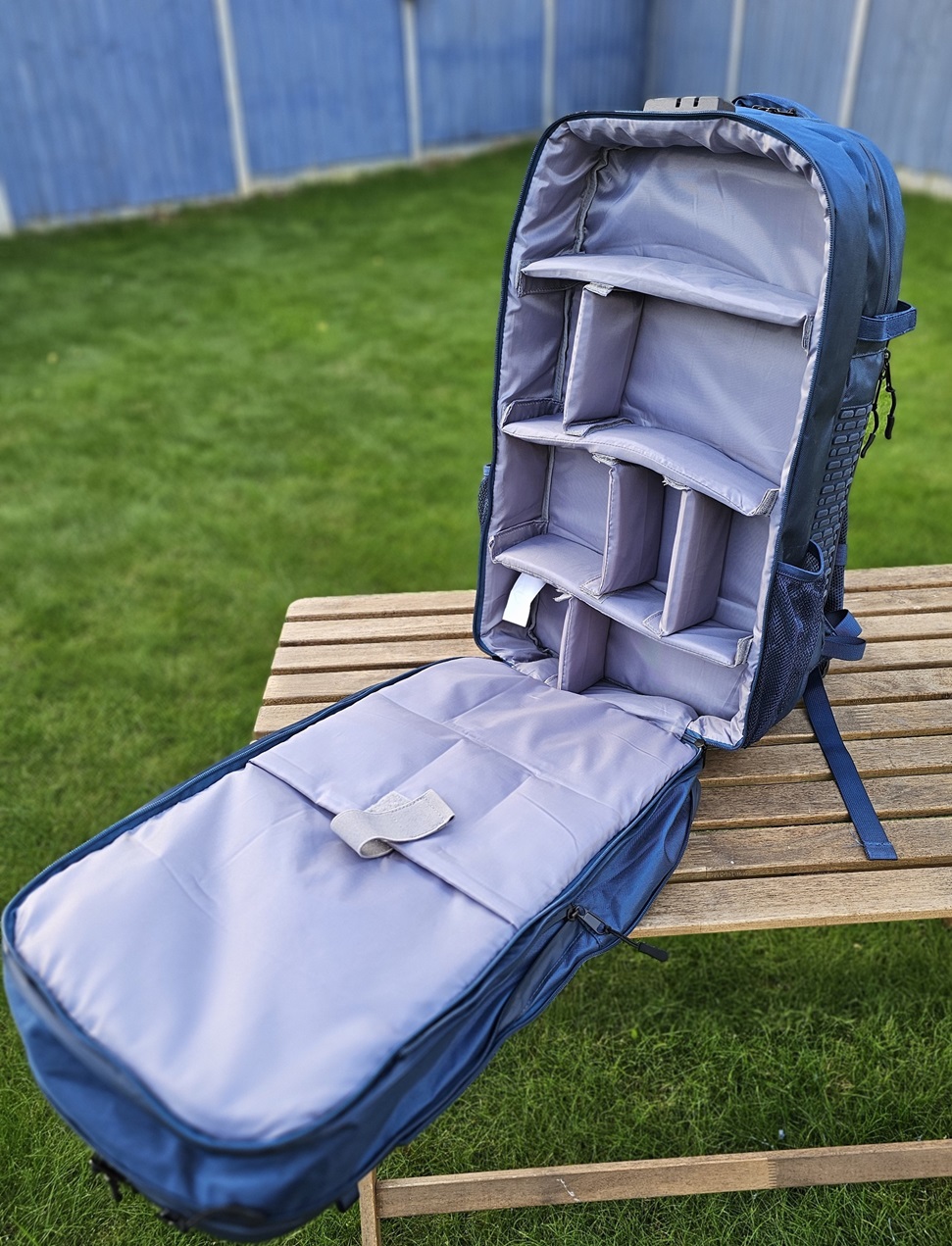
The last compartment and the one closest to your back is the power bank one, the space is a snug compartment for the power bank with hook and loop straps to hold it in and a top divider allowing you use the last 20% of the rear compartment for personal effects. The sides of this compartment have vented rubber like flaps which can be opened to allow access to the front and back of the power bank without having to remove it from the bag itself, inside this is also a nice little leather detail of Bluetti’s logo and a slogan. An odd note was that the covering flap said “only use with Handsfree 1” though this is the Handsfree 2?

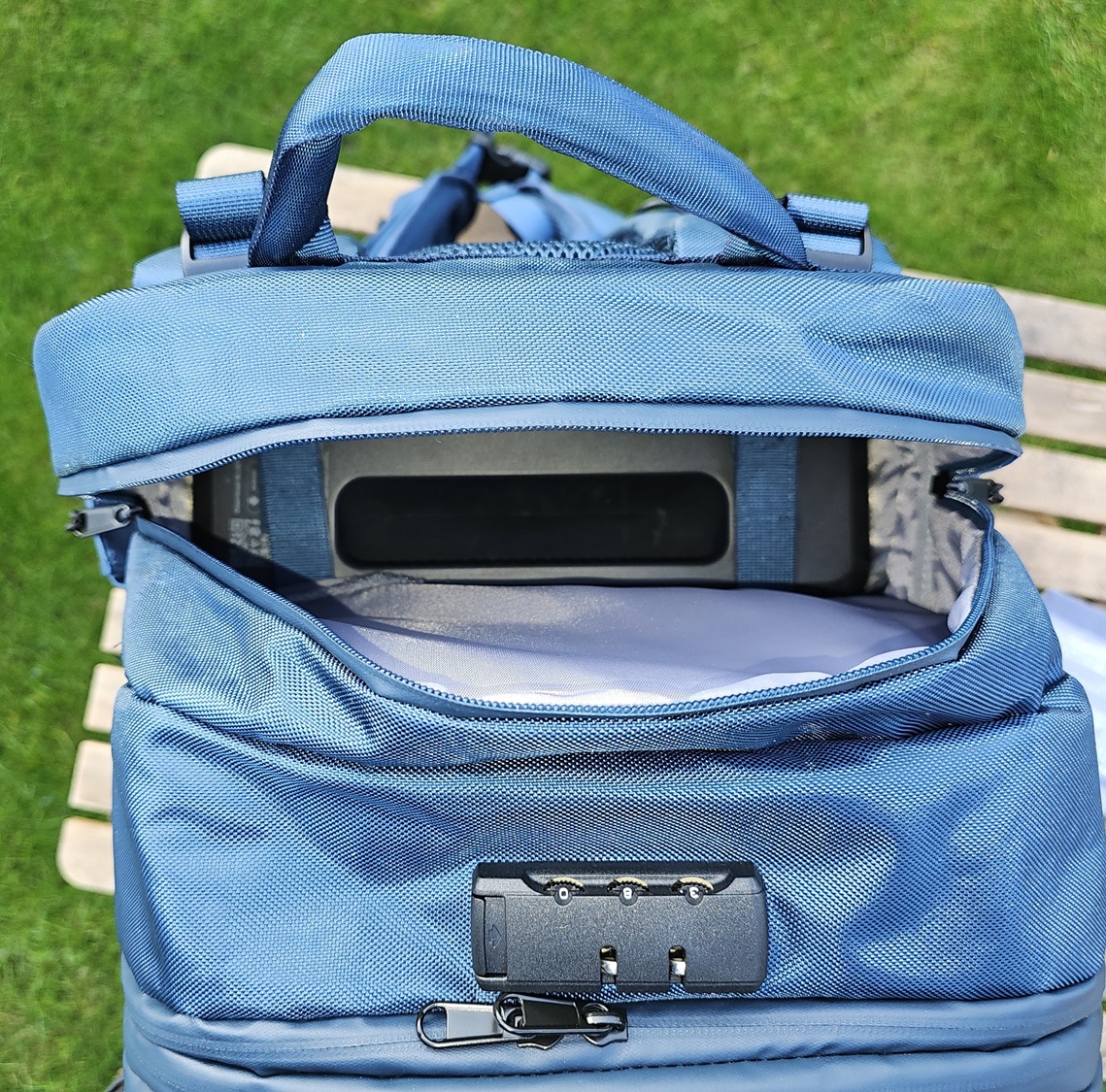
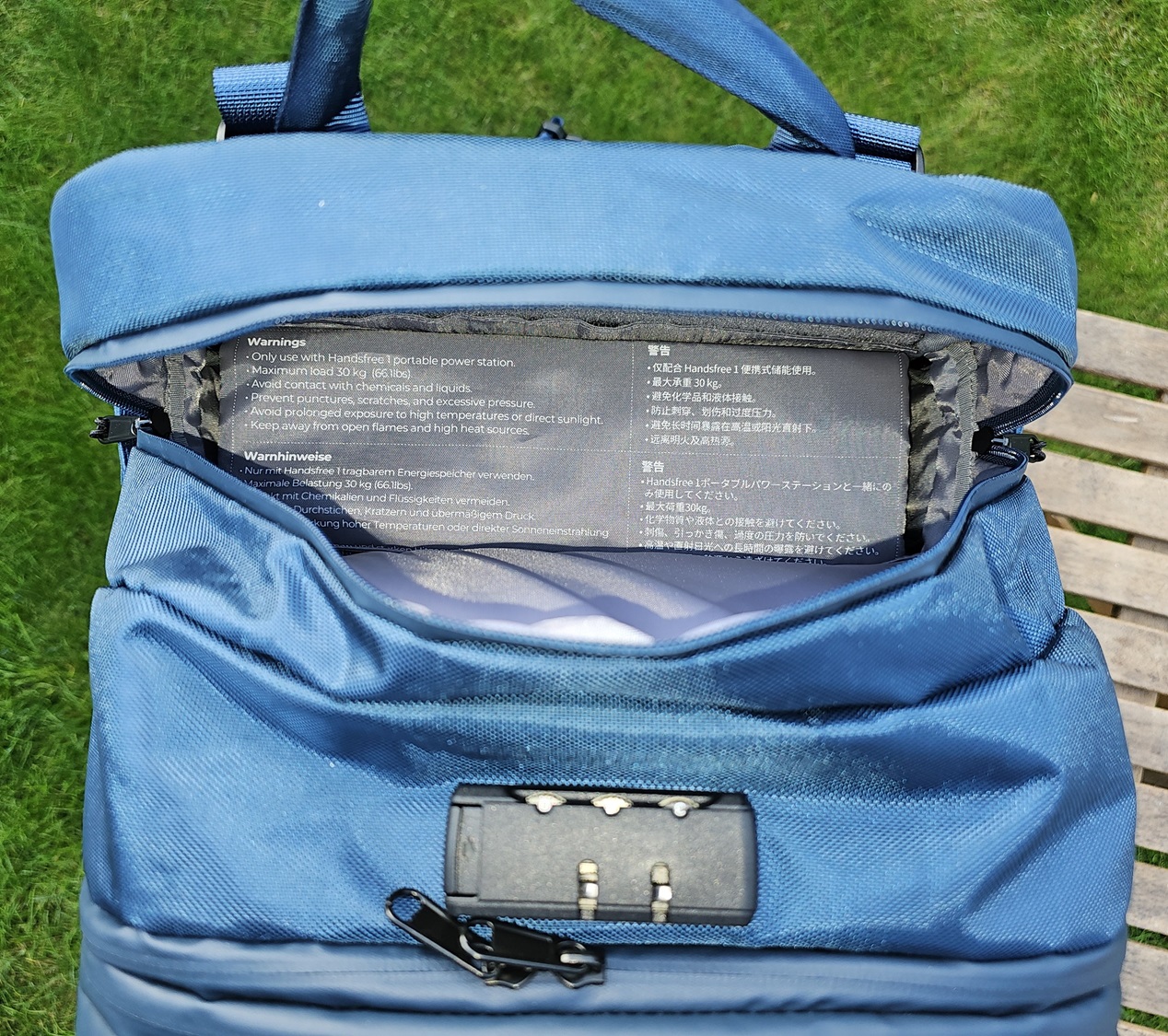
Finally, some other points of the outside of the bag are, at the top is a security 3-digit combination lock for the equipment section, at the bottom are two carrying straps which can be used to cinch items to the bag, I pictured a camping mat. Some smaller loops on the front of the bag for hooking carabiners or as they show in their publication, portable solar panels to charge the power bank. On either side are two straps which can be used to hold the side flaps up and open for access to the power bank. There are two mesh pockets to stash water bottles or small items and towards the top bungee cords for securing longer items and objects.
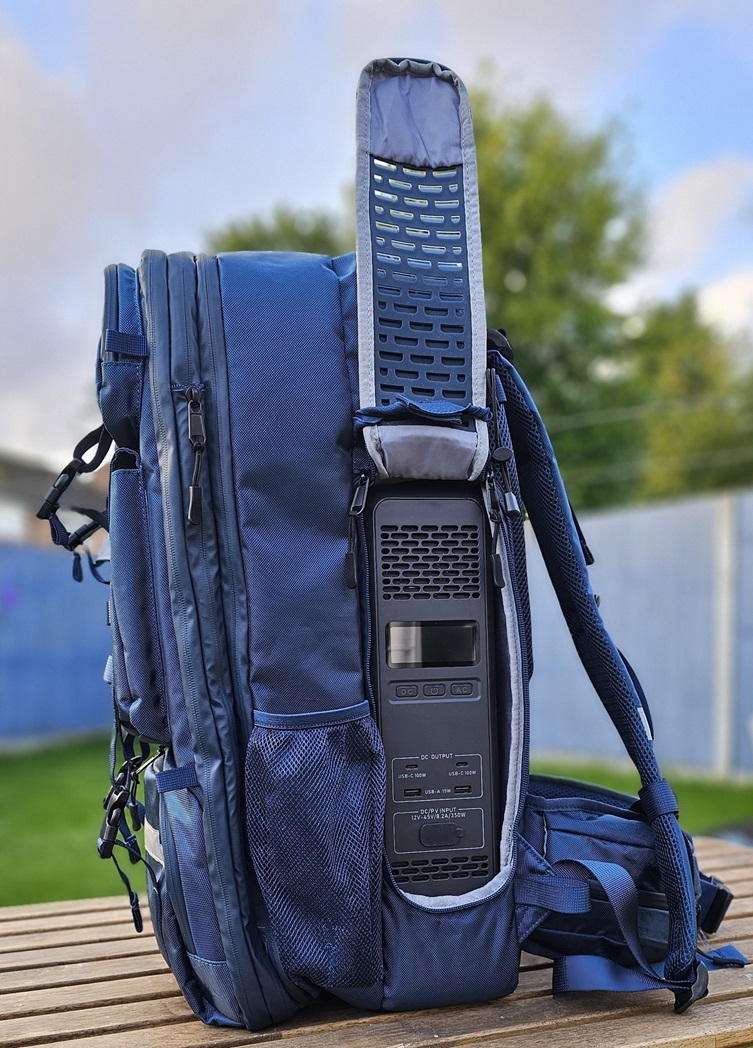
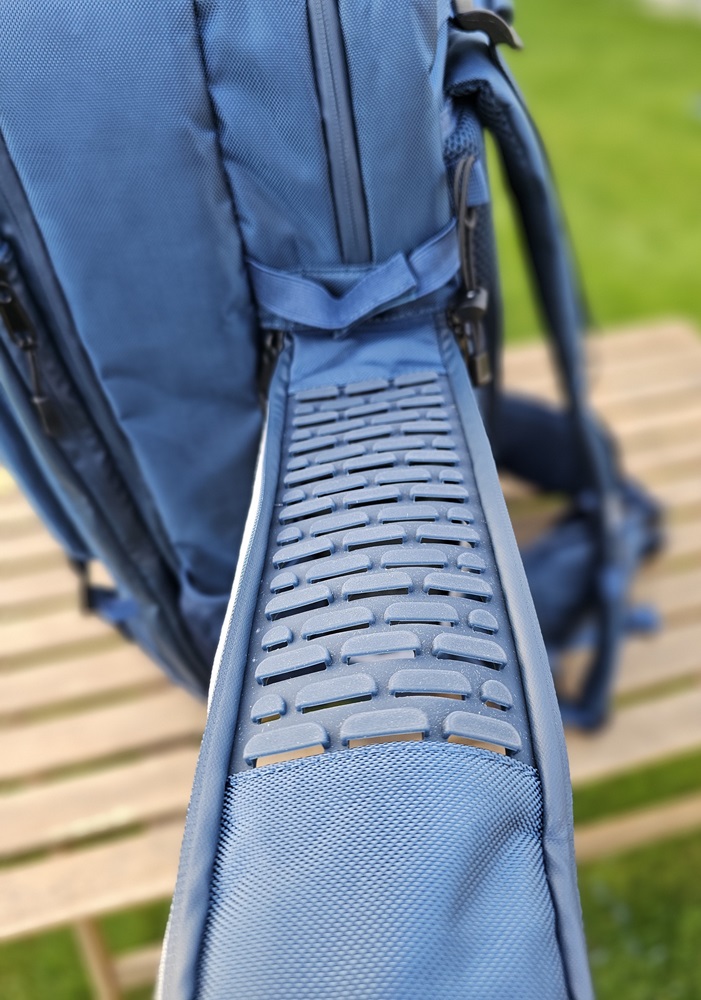
The two shoulder straps are well padded with various adjustment straps above the shoulders and at around the waistline. On the left strap is a non removable GoPro mount just above the chest strap. Then there are the waist straps which have little pouches built into them, I also located the storm cover in the right waist strap pouch. On that note all external zips have a rubber like lining to them to improve water repellency as does the fabric of the bag itself.
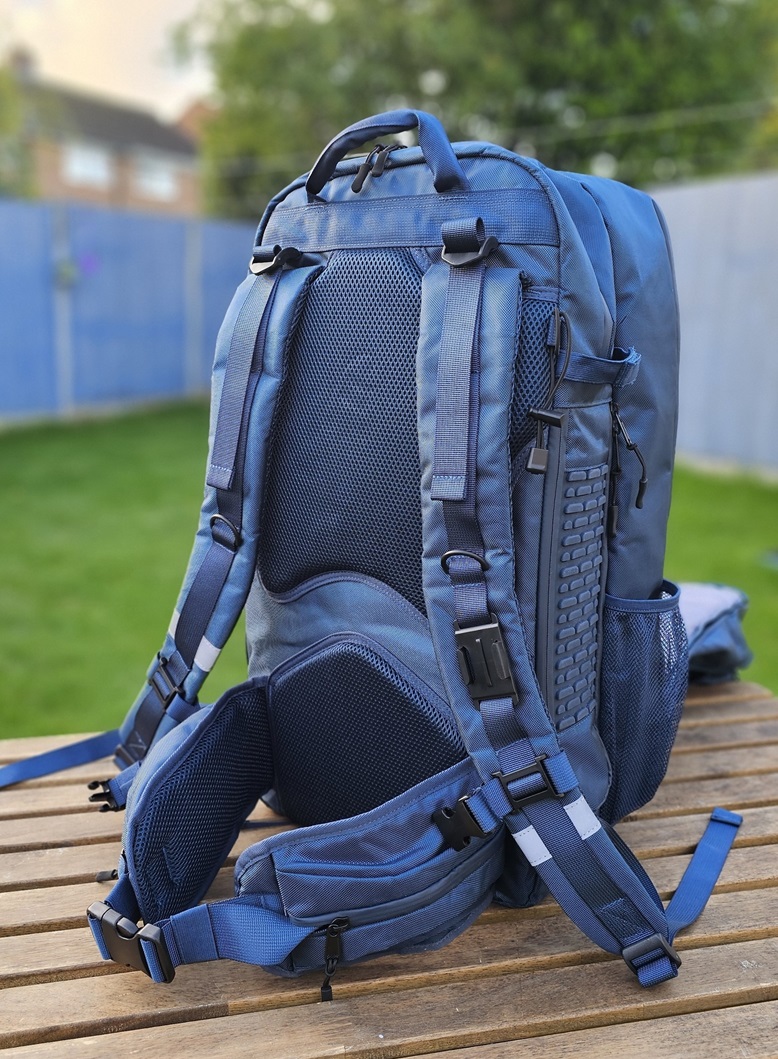
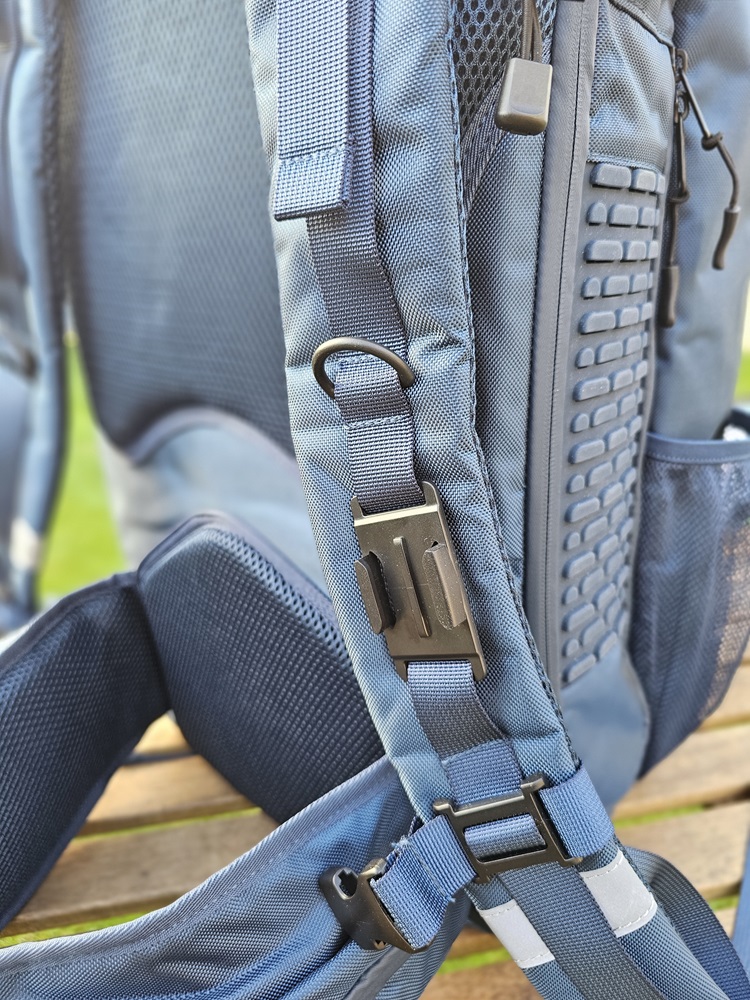
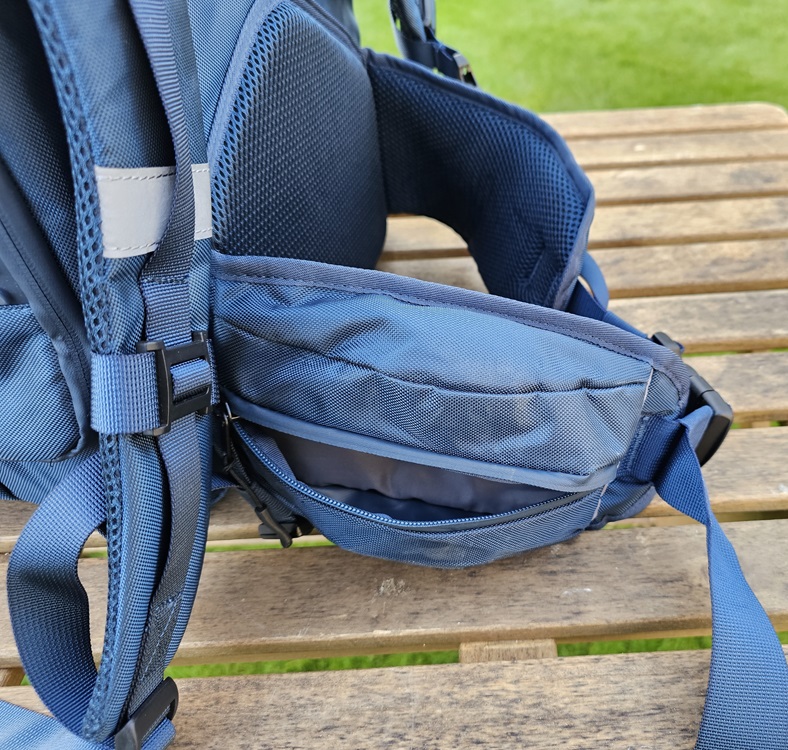
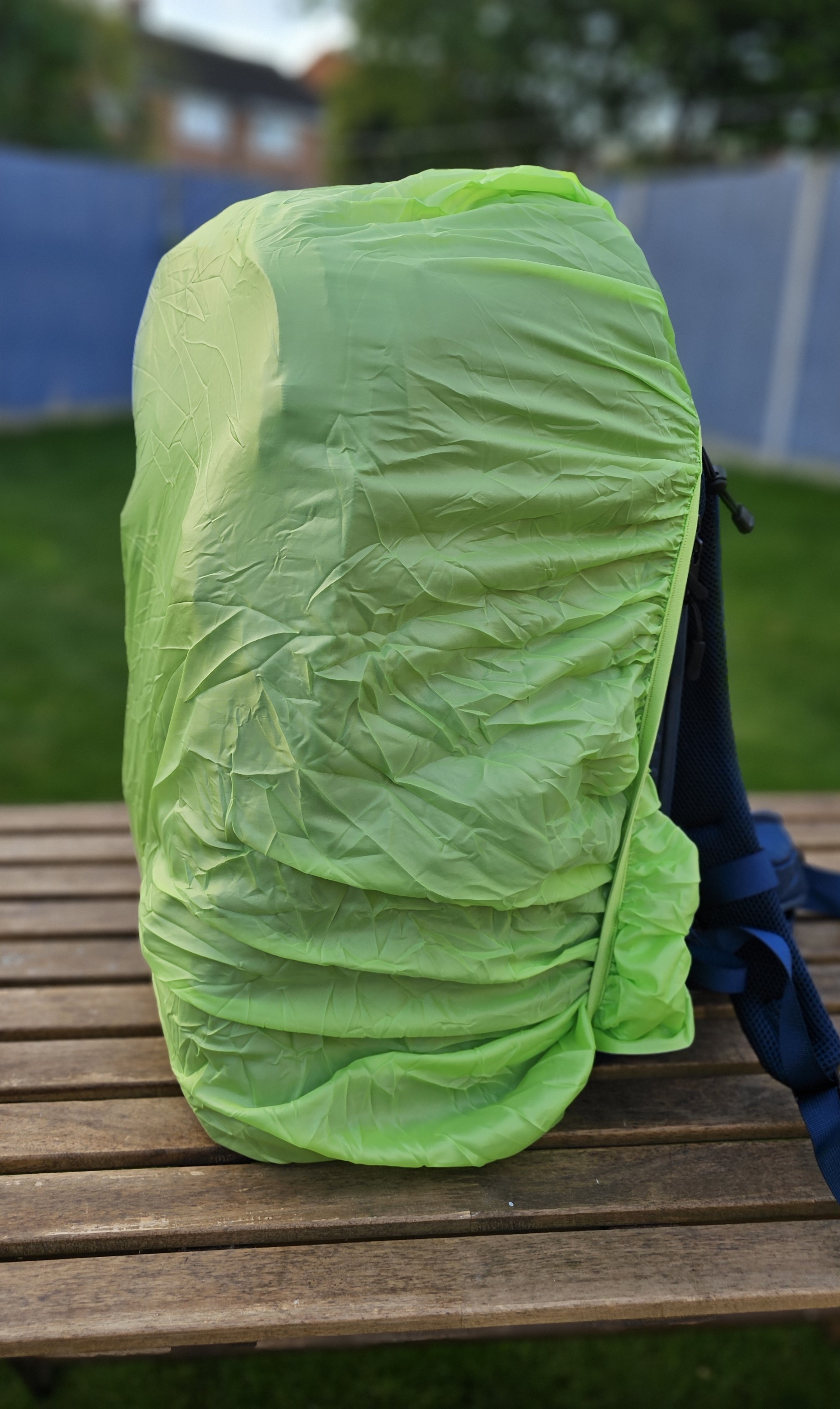
Bluetti Handsfree 2: In use
Using it is as simple as charging up the power bank in your method of choice, slip it into the bag and fill it up with what you need. The first thing that was noticed was the heft of the bag even when empty weighing in at a little over 10Kgs.
Once filled with equipment and clothes at the maximum expansion, it was noted how chunky the bag was protruding from my back, in the image the manual is A5 in size. It is so big and heavy I don’t think it can be classed as carry on luggage at all, battery capacity notwithstanding as most airlines have a maximum lithium battery capacity size of 160Wh.
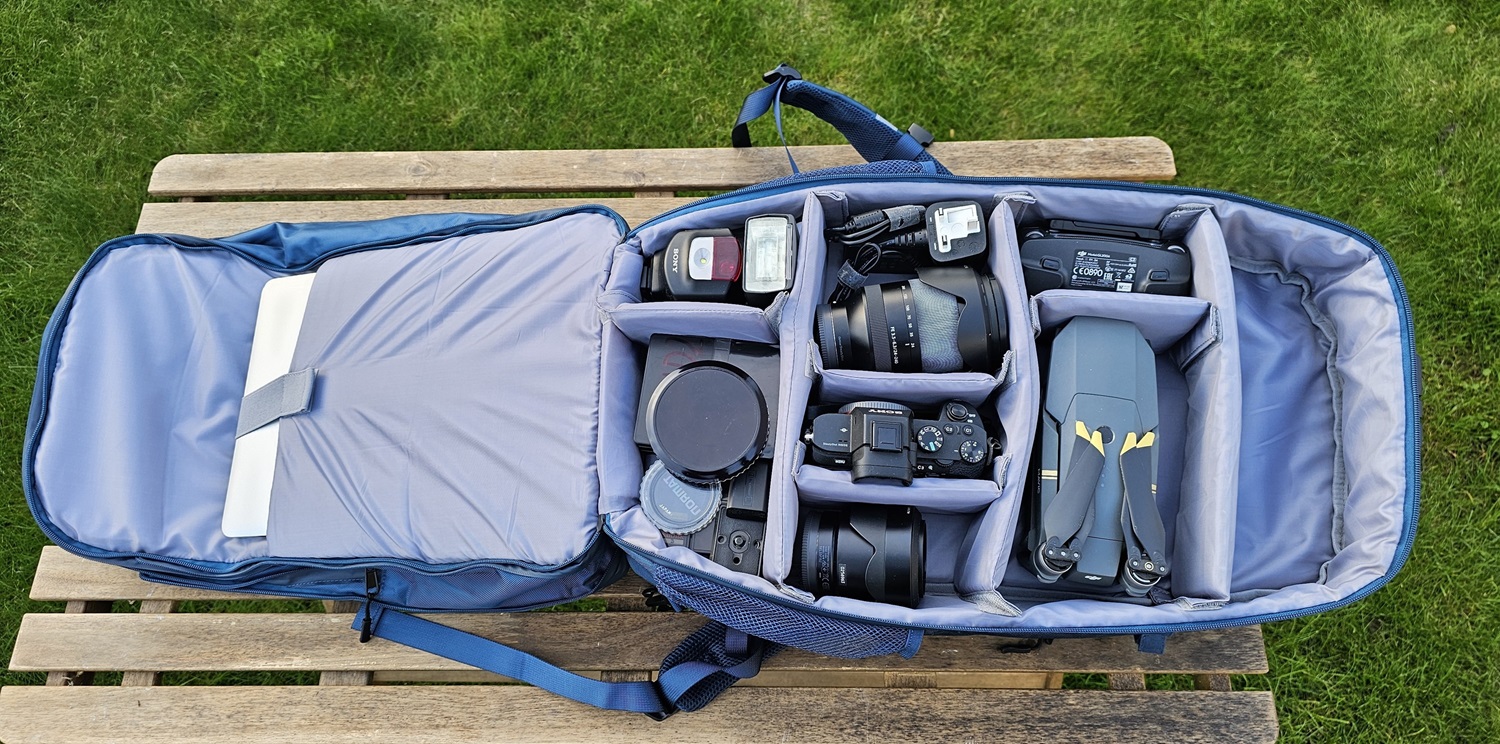
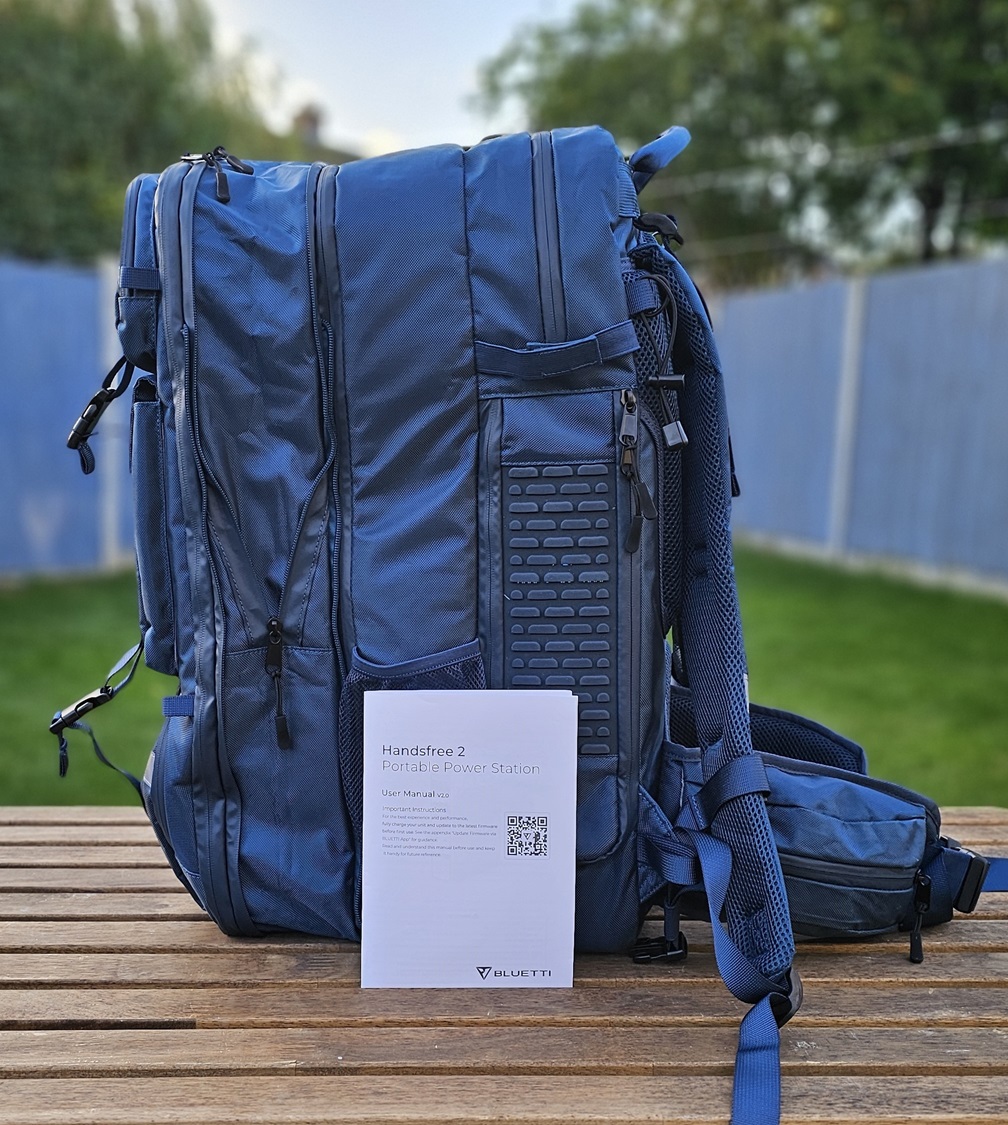
The bag has no internal rigid frame meaning that the body of the bag is made by the battery, not a bad thing as it lightens the weight. One person pointed out that a frame with wheels at the base and a pull handle like those seen on carry-on and larger suitcases would have been a nice touch as carrying it by back or hand would rapidly be tiring.
I handed this to a person who works in emergency services, where remote power was often needed or necessary for on site incidents to have a go at using. Using it for a week, he noted that the external zips on the battery compartment flaps snagged the mesh pockets on the side, which in turn tore the mesh netting leading to a hole (see photo).
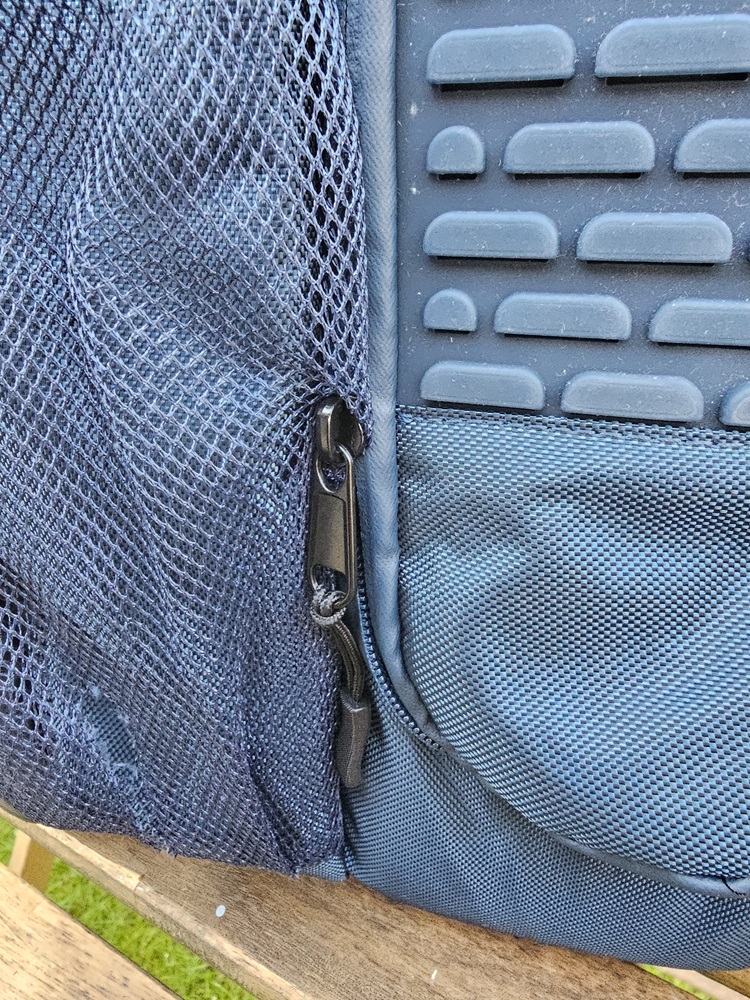
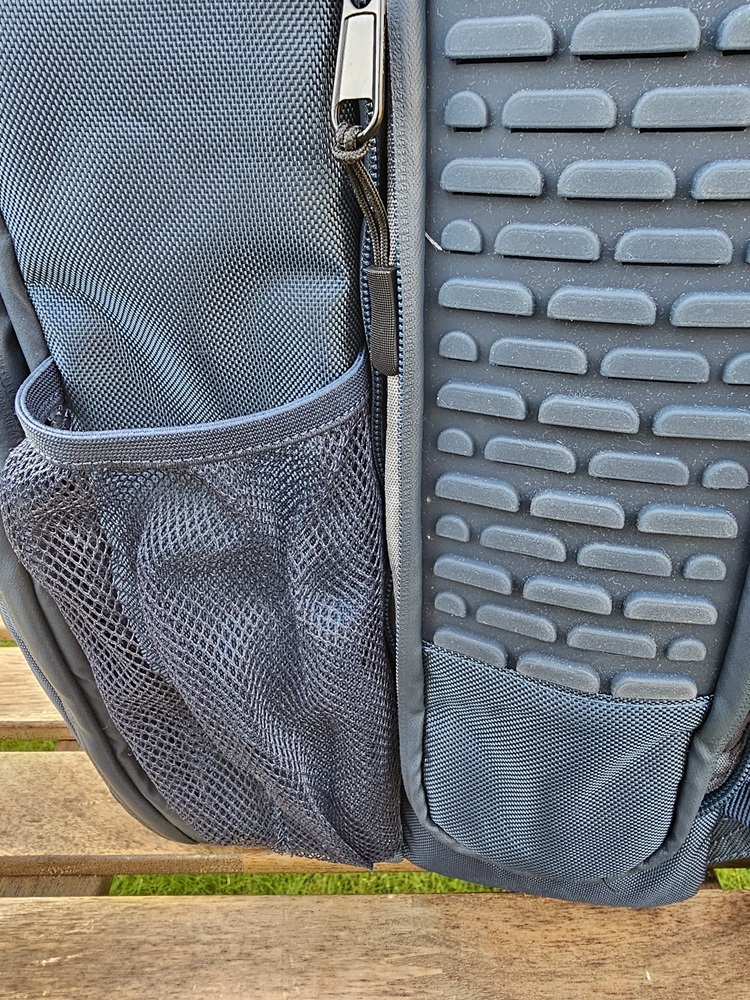
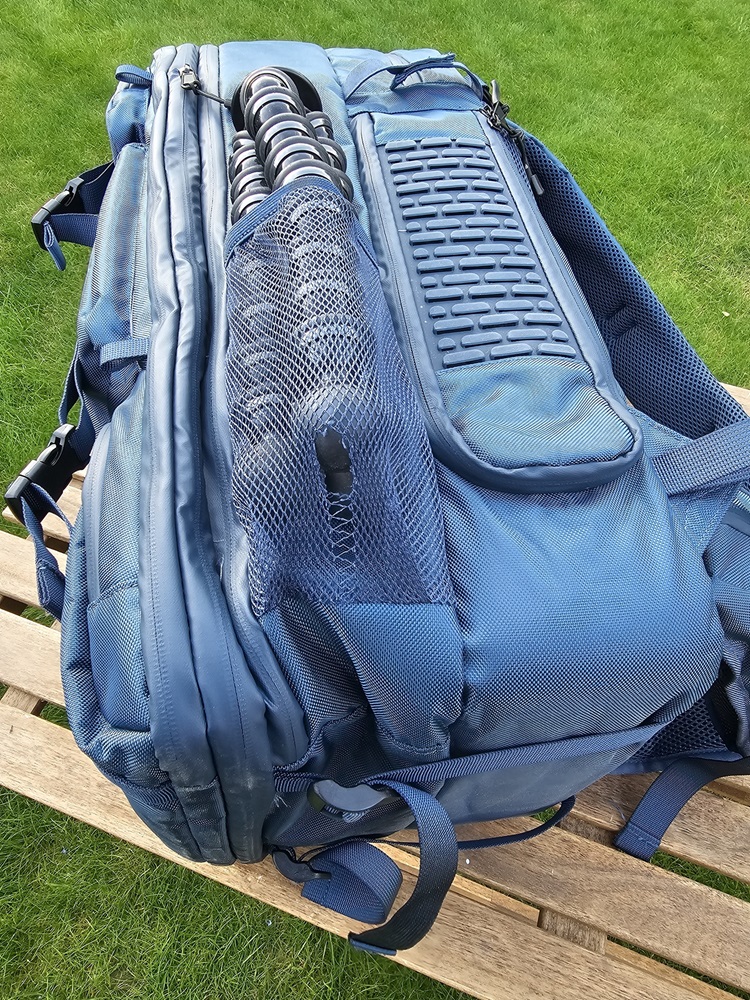
He noted that this was the only design flaw of the bag, he commented on how well built the bag was but that it wasn’t made for emergency services in mind as the compartments shape and size did not suit him. The weight was another factor as he was now carrying around a far bigger battery pack than before, also comments from colleagues about the sheer size of the bag.
So, who is this product made for? My guess, and that of Bluetti’s, is for the drone operator or photographer who needs to carry their equipment, needs an amount of portable power and maybe a change of clothes for an overnight shoot or job at a remote location which requires only walking to for that last mile or two from a larger base camp or vehicle. I cannot see this being used as an every day carry for daily use unless you want a work out.
There is the standard Bluetti App which faultlessly syncs to the battery giving you more control, status and options than the three buttons on the front. The app is well made showing you more detail on charge and discharge stats.
Bluetti Handsfree 2: Price
Currently this product isn’t available in the UK or EU markets, the US shows it retailing with a launch price of $399 but an RRP of $599 (£305 GBP and £460 GBP respectively). No tell of when there will be a UK or EU launch date for this product.
Oddly, you can buy the battery which comes with the bag or the bag itself for $199 USD (£152 GBP) but you can’t buy the battery alone, I would say that there is probably a market for those that want this battery size.
Bluetti Handsfree 2: Final verdict
Overall as a product, it is very well made, the battery power bank is large enough to handle most day to day charging of small electronic devices with ease without seeming to be underpowered when compared to smaller battery banks. If you need more output wattage then the bigger brethren of the Handsfree 2 would be needed such as the AC200L.
The ruck to carry it is very well made for a company who are not specialised in ruck sacks or equipment bags, its quite clear that Bluetti did their research and know that this product is aimed for the tech gear person who travels (but not by air) and needs portable power but not the heavy lifting of larger battery banks.
A great bag for drone operators as it has space for one or two drones, batteries and kit for them. Dare I say a certain country would love this product where they have plenty of field drone operators, the need for portable power in a small, agile product.
- Details
Samsung Galaxy Book5 Pro 360 (2024) Laptop Review
The Samsung Galaxy Book5 Pro 360 is a Windows 2-in-1 convertible laptop. It replaces the Samsung Galaxy Book4 Pro 360 from 2023 (Intel Meteor Lake). This 2024 model is available with an Intel Core Ultra 5 228V or Core Ultra 7 256V CPU, 16GB of RAM (32GB option available on Core Ultra 5 models only), and up to 1TB of storage. There's a single display option: a 120Hz 2.8k OLED panel with Dynamic Refresh Rate support. This
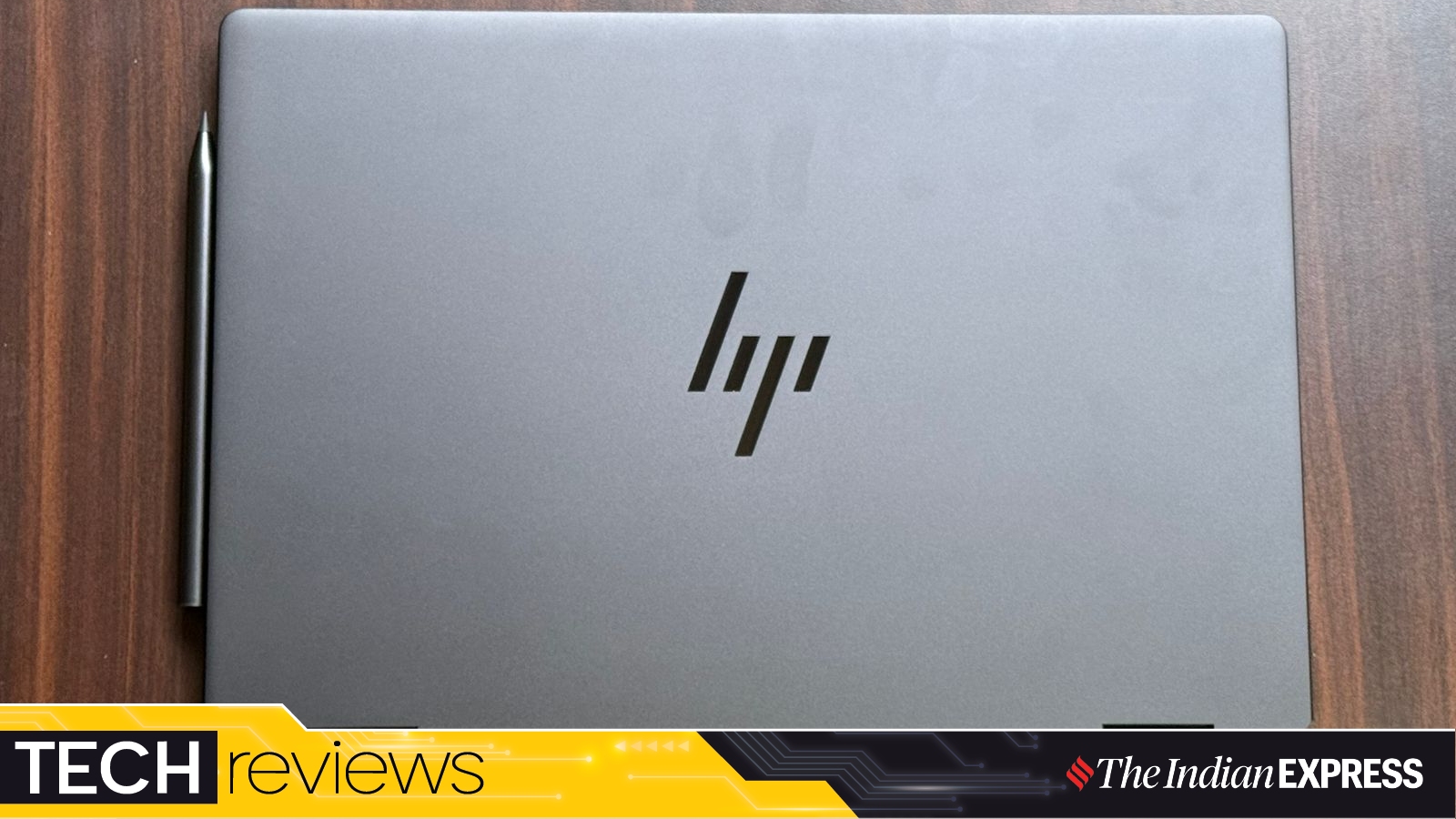
- Details
HP OmniBook Ultra Flip 14 review
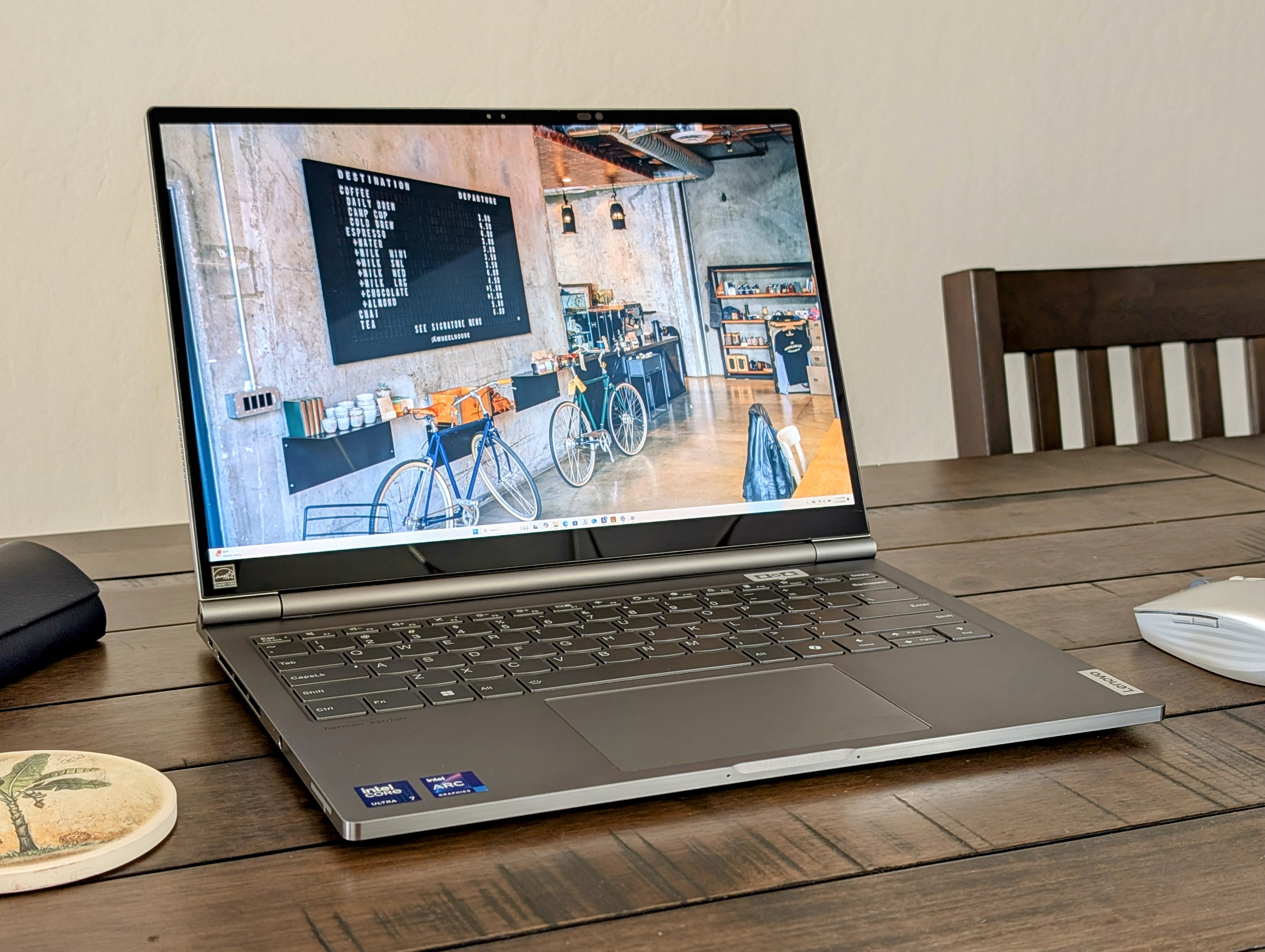
- Details
Lenovo ThinkBook Plus Gen 5 Hybrid 2-in-1 review: Dual-boot Windows 11 and Android 13
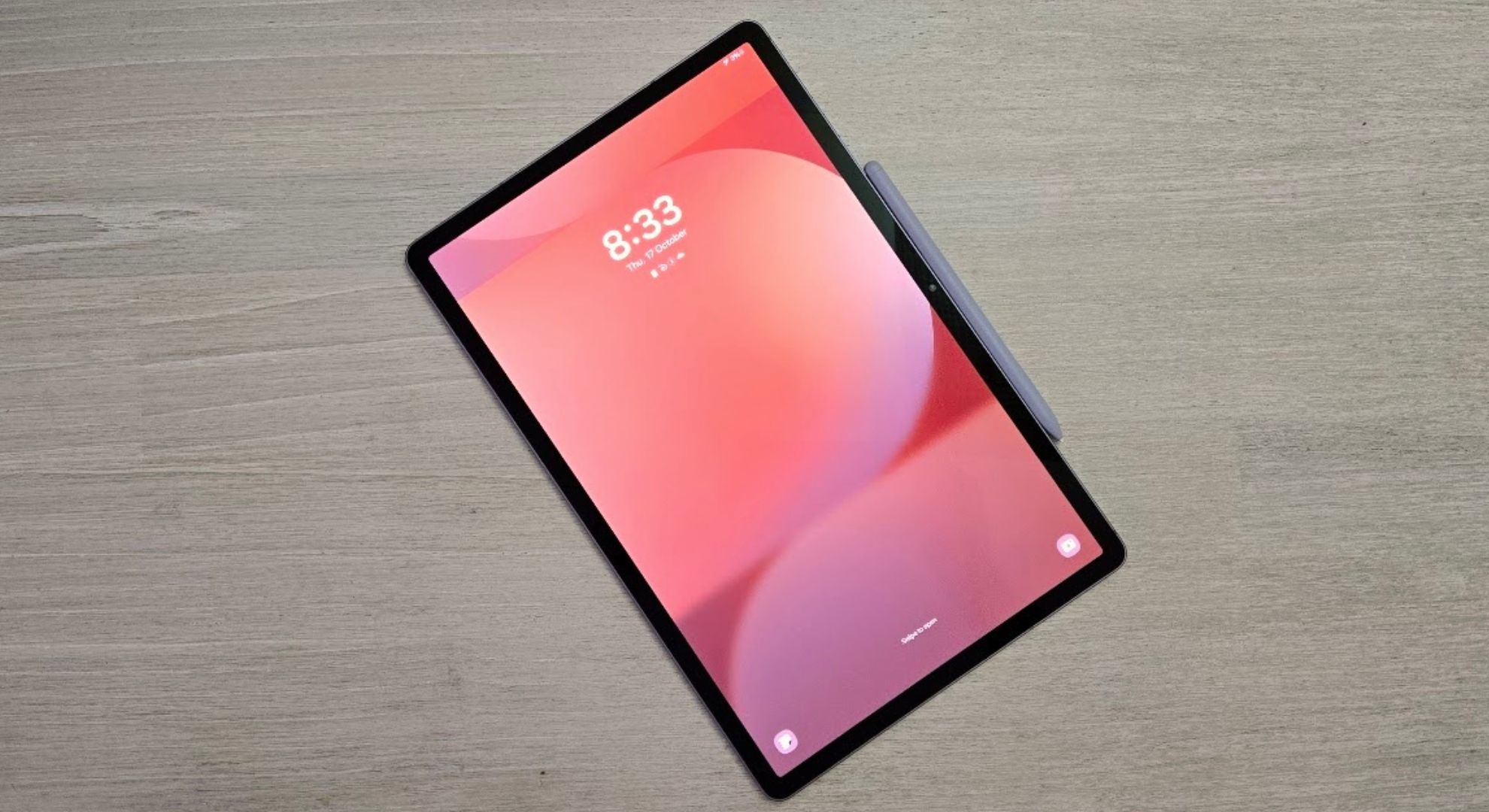
- Details
Samsung Galaxy Tab S10 Plus review: a performance powerhouse for artists
a while in its landscape form factor. It's no surprise that streaming content and listening to music with the Galaxy Tab S10 Plus is so satisfying.Close rivals, particularly from Apple, also do this exceptionally well, and the Galaxy Tab S10 Plus's $999.99 / £999 / AU$1,799 price point puts it in heated competition with Apple’s iPad Pro ($999 / £999 / AU$1,699). Still, with the included S Pen stylus, and some retailers offering the Galaxy Tab keyboard as a bundle bonus , the Tab S10 Plus looks like a better deal all-around.Samsung still sells the Galaxy Tab S9 Plus, and its price is now more accessible, even though that tablet is a generation old. But if you want the best, you'll want the Galaxy Tab S10 Plus, and if you want a bigger screen, then consider the Tab S10 Ultra, which is the same tablet just bigger. Samsung Galaxy Tab S10 Plus: price and availability $999.99 / £999 RRP / AU$1,799 for the 256GB / 12GB RAM model256GB, 12GB RAM and 512GB, 12GB RAM storage options availableWi-Fi and 5G options available in Moonstone Gray and Platinum Silver colorways (not all colorways available in all markets) (Image credit: Zachariah Kelly/TechRadar) You get what you pay for with the Samsung Galaxy S10 Plus. The large, 12.4-inch screen surpasses most of its competitors (the similarly-priced iPad Pro is 11-inches), and if that is somehow not big enough, there's also the larger S10 Ultra (14.6-inches) to consider. The processing power – underpinned by a Mediatek Dimensity 9300+ SoC – is more than enough for an all-purpose device, but is especially capable when used to be creative.If you’re more concerned about price, I would encourage you to consider the Samsung Galaxy Tab S9 Plus, as it has received a price drop now that it's not the cream of the crop. If you're a more casual user that doesn't need an art slate, you should consider something far less powerful, such as the Google Pixel Tablet (it’s still my pick of the bunch for my style of tablet use), or the 10th-generation iPad.The Tab S10 Plus includes an S Pen as well as Samsung’s Galaxy AI suite of features, though these may eventually cost a premium at the end of 2025. Some retailers are including the Book Cover Keyboard attachment as a bundle, which makes the Tab S10 Plus an even more attractive prospect and maybe a laptop replacement. Samsung has offered this bundle with its tablets before and it’s a wonder they don’t just make it a part of every purchase.The Galaxy Tab S10 Plus is still admittedly expensive. It costs as must as a 13-inch MacBook Air or a Microsoft Surface Pro 11. It's a brilliant device, but casual users should steer clear – it's more powerful (and more expensive) than you need. Professionals, this is for you. Value: 5/5 Samsung Galaxy Tab S10 Plus: specs Though Samsung elected to use the Qualcomm Snapdragon 8 Gen 2 processor in the Galaxy Tab S9 family, the tech giant has surprisingly chosen the Mediatek Dimensity 9300+ for the Galaxy Tab S10 Plus. It’s a confusing move that further separates its high-end smartphones from its high-end tablets. This year's tablet still launches at the same price as last year's.I never noticed performance lacking. Putting quick images together in Canva, editing photos in Google Photos, and trimming and cutting up clips in CapCut never resulted in any hangups. Comparing performance through benchmarks, the Qualcomm Snapdragon 8 Gen 3 processor doesn't have a huge advantage. The Mediatek 9300+ chip performed better than, if not equal to, the Snapdragon on every test.It’s worth noting that the Tab S10 Plus also comes with a MicroSD card slot in case you want to bump up the storage capacity or if you want to quickly transfer photos over from a camera. Additionally, during my testing over two weeks, I only charged the Tab S10 Plus a handful of times and it never felt like I needed to charge it every night. With such a big battery inside, charging speeds weren’t as quick as a smartphone, and 30 minutes was only enough to bump it up from 20% to 54%. Samsung Galaxy Tab S10 Plus: display (Image credit: Zachariah Kelly/TechRadar) Huge, bright display with tons of detailGreat space for multitaskingFour strong speakers placed around the device I can’t fault the Samsung Galaxy Tab S10 Plus on its display – it’s brilliant and easily ranks among the best tablets as far as visuals go (though the Tab S10 Ultra takes the Tab S10 Plus’s 12.4-inch screen and bumps it up to 14.6-inches).The content I watched on the Samsung Galaxy Tab S10 Plus included various Twitch streams, YouTube videos, Mad Max: Fury Road and Arcane on Netflix, and Avengers Endgame and Light and Magic on Disney+. At no point did anything look bad, blurry or washed out, with the display more than capable of showing enough color and creating enough light to fill an interesting scene.Outside of simply describing the display, Samsung’s approach to multitasking is second to none. The freedom you’re given to adjust apps running concurrently, side-by-side on the screen, with easily adjustable boundaries, feels like the real laptop-rivaling feature of the Galaxy Tab S series.To match the strong display, the four speakers located around the device offer powerful, room-filling sound. Every piece of content I viewed felt like it had the audio to match. While cleaning my house, playing Spotify from the tablet sounded equivalent to using a smart speaker with a screen. Display: 5 / 5 Samsung Galaxy Tab S10 Plus: design (Image credit: Zachariah Kelly/TechRadar) Slightly slimmer than the Tab S9 PlusS Pen attachment is a bit odd on the backFeels awkward in portrait orientation It’s the Samsung Galaxy Tab S10 Plus’s bread and butter to be big, with a beautiful display to match and powerful performance for any task. But parts of the design feel… Too big. Big is good for a tablet positioned as a powerful laptop rival and artistic tool, but some elements feel like they’re rubbing up against others.It’s difficult to use the tablet in portrait mode, which I prefer when reading news articles online and taking notes. The back of the tablet looks nice but it isn't easy to hold in portrait orientation. The charging area for the S Pen, located on the back, feels rough against my fingers whether or not the pen is magnetically attached. Trying to get a better grip from the other end caused my hand to come into contact with the cameras, resulting in a similar hand feeling issue.The pen charging on the back of the device is another issue. When the pen is attached, the tablet won’t sit flat on its back. Though the pen can magnetically attach to the edge of the display, it will not charge there – but at least it's out of the way.The Samsung Galaxy Tab S10 Plus is meant to be used in landscape orientation, with the selfie camera located in the top middle, which is ideal for video calling. This mode feels perfectly comfortable. Design: 3/5 Samsung Galaxy Tab S10 Plus: software (Image credit: Zachariah Kelly/TechRadar) Brilliant tablet performanceOperating system is nicely designedNot as casual as an iPad or Pixel Tablet Samsung’s approach to tablets is probably my favorite. Having a persistent app tray at the bottom of the screen just rocks, especially for quickly switching between windows. I could get a lot of work done on the Galaxy Tab S10 Plus, but it still has quirks here and there that make it a bit less user-friendly than its rivals.My love for the Samsung Galaxy Tab S10 Plus’ software mostly stems from multitasking. Being able to have two apps open concurrently, for example, having Spotify open on one side and Canva on the other, is brilliant. The Galaxy Tab S10 Plus let me drag windows freely around the screen to be placed wherever I want. I could also connect the tablet to a monitor to enable Samsung DeX, which makes the interface look a bit more like a desktop.Samsung’s Galaxy AI suite is unimpressive. Circle to Search, which lets me circle something on the screen to instantly search for it with Google is something I use quite a lot, but I can’t think of a single other AI feature that I enjoyed using.A lot of the features, such as Note Assist and Sketch to Image, are interesting for a moment but are ultimately inconsequential. The AI image generator feels particularly tacked on.Handwriting Help, exclusive to the Notes app, is a handy feature for character recognition with the S Pen, cleaning up and aligning your pen handwriting and making it easier to read. A simple click in the app and your handwritten notes will convert to text. You can also convert writing to text on the fly, as you write.As you'd expect, the Galaxy Tab S10 Plus aces its stylus support. It has good palm rejection, so I was more comfortable drawing. Navigating between tools feels simple in Samsung's native drawing and writing apps. Software: 4/5 Samsung Galaxy Tab S10 Plus: performance (Image credit: Zachariah Kelly/TechRadar) Galaxy S Pen feels great in-handDoesn’t feel slow despite axing the Snapdragon chip Not once did I have a problem with the performance of the Samsung Galaxy Tab S10 Plus. Capable of smoothly running every application I opened, including Canva, Spotify, Twitter (X), Messenger, Instagram, Samsung Notes, PENUP, Google Photos, Netflix, Disney+ and Crossy Road, the Tab S10 Plus handled everything a power user would want.That’s a relief, considering Samsung skipped the Snapdragon 8 Gen 3, after including the previous Snapdragon in the Galaxy Tab S9 Plus. Instead, this tablet is underpinned by a Mediatek Dimensity 9300+, which doesn’t skip a beat.Creating and editing images on Canva was an exceptionally fluid experience and the application was responsive and fast the entire time – even with Spotify running in the background. The same can be said for editing pics via Google Photos or writing with Samsung Notes: no hold-ups whatsoever. Performance: 5/5 Samsung Galaxy Tab S10 Plus: battery (Image credit: Zachariah Kelly/TechRadar) Gigantic all-day batteryFaster charging would be nice The mighty 10,090 mAh Li-Po battery in the Samsung Galaxy Tab S10 Plus is so immense that, during my review, I rarely had to charge it.You’d obviously expect this from a device with such a large battery, but it comes with the obvious drawback of slower charging. From 0%, the tablet took one hour and 50 minutes to return to 100% charge.In testing the battery against a fairly long movie, Avengers Endgame, the tablet drained to 59% after three hours of watching. Despite a shift to MediaTek, it doesn’t seem the Galaxy Tab S10 Plus is more power hungry than previous generations. Battery: 5/5 Should you buy the Samsung Galaxy Tab S10 Plus? (Image credit: Zachariah Kelly/TechRadar) Buy it if… You’re a professional in search of a tabletWith brilliant character recognition and optimisation for digital artists, the Samsung Galaxy Tab S10 Plus is an attractive device for a professional.View Deal You want a big, beautiful screen that’s not too bigThe 12.4-inch size feels just right, smaller than the Tab S10 Ultra’s gigantic 14.6-inch display.View Deal You’re team Samsung iPadOS is brilliant, but this is one of your best options if you want a tablet outside of the Apple camp.View Deal Don’t buy it if… You want the easiest to use OSSamsung’s OneUI is brilliant, but it’s not as intuitive as iPadOS and Google’s version of Android.View Deal You’re just going to watch videosIt’s a waste to use the Samsung Galaxy Tab S10 Plus for just streaming content, and if this is what you’d be doing, you could get a serviceable tablet for much cheaper.View Deal You want to save some moneyThe high price point of the Samsung Galaxy Tab S10 Plus makes it a tough sell to a casual user or even a professional, especially when differences to the Tab S9 Plus aren’t very dramatic.View Deal Also consider Not convinced by the Samsung Galaxy Tab S10 Plus? Here are a few other options to consider: Apple iPad Pro 2024 While the entry-level iPad Pro isn’t as large as the Samsung Galaxy Tab S10 Plus, it is fairly competitive in terms of performance while priced extremely similarly. You’ll just have to buy an Apple Pencil separately.Read our full Apple iPad Pro review Samsung Galaxy Tab S9 PlusThere are very few differences between the Samsung Galaxy Tab S9 Plus and the S10 Plus, so if you want to save some cash, there’s no shame in going for the older model. Samsung Galaxy Tab S10 UltraIf the Galaxy Tab S10 Plus isn’t big enough for you, the Galaxy Tab S10 Ultra offers a gigantic 14.6-inch display, which may be a bit cumbersome for some, but would also function as an effective laptop or art tablet replacement for professionals. How I tested the Samsung Galaxy Tab S10 Plus From the moment I received the Samsung Galaxy Tab S10 Plus, I replaced my second monitor, a small 11-inch touchscreen monitor, with it as my companion screen, using it for Spotify, scrolling social media, and streaming content while I worked at my desk.My time with the Tab S10 Plus didn’t include all-hours use, but I did find time to edit images with it via Google Photos and Canva. I edited a video with it in CapCut and streamed a lot of movies and TV shows with the device. As far as games went, I mostly played Crossy Road.I brought the Tab S10 Plus with me on a trip to see my family where it functioned as a good distraction for my niece. On this trip, I touched base with friends on Messenger and Instagram and doomscrolled on social media often.For battery testing, I avoided charging the tablet as much as I could, and ran my standard Avengers Endgame beginning-to-end test closer to the end of my review period. I’d check in on the tablet’s battery now and then on days where I wasn’t using it much, and kept an eye on it on days where I was. I also depleted the battery in its entirety and timed how long it took to charge to 100%.Most of my performance relied on real-world use relative to how I use tablets in my day-to-day life.
Samsung Galaxy Tab S10 Plus: One-minute review
The Samsung Galaxy Tab S10 Plus is the best of both worlds, sitting between a phone and a laptop. It has perks if you prefer writing text, with its included S Pen stylus, and it aces tasks that take advantage of everything the stylus has to offer. But to the casual consumer, these specialized features would likely be a waste, and I'd instead push you in the direction of the Tab A series.
The Galaxy Tab S10 Plus has exceptionally rich sound to match its beautiful AMOLED display, and it's comfortable enough to hold for a while in its landscape form factor. It's no surprise that streaming content and listening to music with the Galaxy Tab S10 Plus is so satisfying.
Close rivals, particularly from Apple, also do this exceptionally well, and the Galaxy Tab S10 Plus's $999.99 / £999 / AU$1,799 price point puts it in heated competition with Apple’s iPad Pro ($999 / £999 / AU$1,699). Still, with the included S Pen stylus, and some retailers offering the Galaxy Tab keyboard as a bundle bonus , the Tab S10 Plus looks like a better deal all-around.
Samsung still sells the Galaxy Tab S9 Plus, and its price is now more accessible, even though that tablet is a generation old. But if you want the best, you'll want the Galaxy Tab S10 Plus, and if you want a bigger screen, then consider the Tab S10 Ultra, which is the same tablet just bigger.
Samsung Galaxy Tab S10 Plus: price and availability
- $999.99 / £999 RRP / AU$1,799 for the 256GB / 12GB RAM model
- 256GB, 12GB RAM and 512GB, 12GB RAM storage options available
- Wi-Fi and 5G options available in Moonstone Gray and Platinum Silver colorways (not all colorways available in all markets)
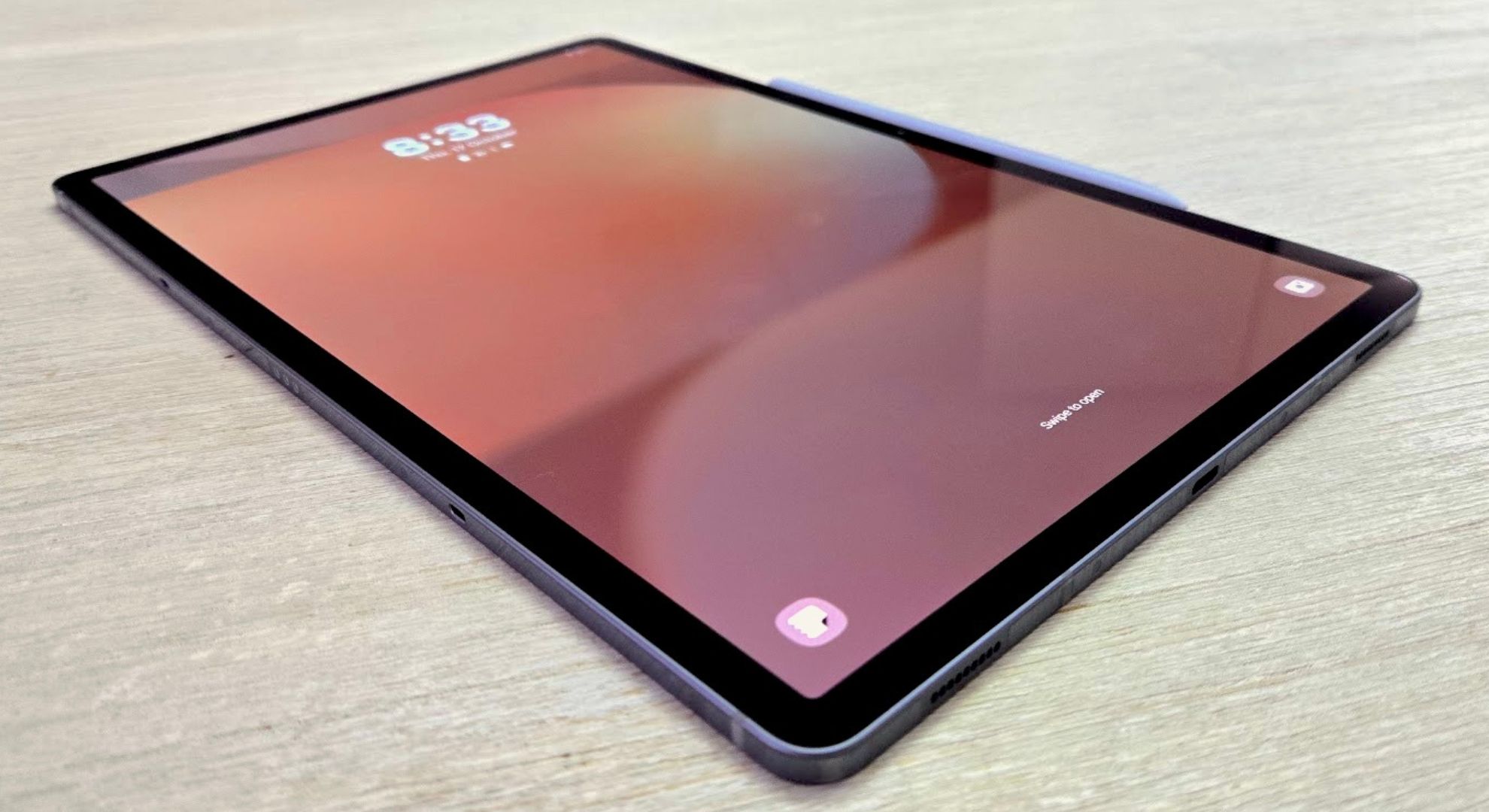
You get what you pay for with the Samsung Galaxy S10 Plus. The large, 12.4-inch screen surpasses most of its competitors (the similarly-priced iPad Pro is 11-inches), and if that is somehow not big enough, there's also the larger S10 Ultra (14.6-inches) to consider. The processing power – underpinned by a Mediatek Dimensity 9300+ SoC – is more than enough for an all-purpose device, but is especially capable when used to be creative.
If you’re more concerned about price, I would encourage you to consider the Samsung Galaxy Tab S9 Plus, as it has received a price drop now that it's not the cream of the crop. If you're a more casual user that doesn't need an art slate, you should consider something far less powerful, such as the Google Pixel Tablet (it’s still my pick of the bunch for my style of tablet use), or the 10th-generation iPad.
The Tab S10 Plus includes an S Pen as well as Samsung’s Galaxy AI suite of features, though these may eventually cost a premium at the end of 2025. Some retailers are including the Book Cover Keyboard attachment as a bundle, which makes the Tab S10 Plus an even more attractive prospect and maybe a laptop replacement. Samsung has offered this bundle with its tablets before and it’s a wonder they don’t just make it a part of every purchase.
The Galaxy Tab S10 Plus is still admittedly expensive. It costs as must as a 13-inch MacBook Air or a Microsoft Surface Pro 11. It's a brilliant device, but casual users should steer clear – it's more powerful (and more expensive) than you need. Professionals, this is for you.
- Value: 5/5
Samsung Galaxy Tab S10 Plus: specs
Though Samsung elected to use the Qualcomm Snapdragon 8 Gen 2 processor in the Galaxy Tab S9 family, the tech giant has surprisingly chosen the Mediatek Dimensity 9300+ for the Galaxy Tab S10 Plus. It’s a confusing move that further separates its high-end smartphones from its high-end tablets. This year's tablet still launches at the same price as last year's.
I never noticed performance lacking. Putting quick images together in Canva, editing photos in Google Photos, and trimming and cutting up clips in CapCut never resulted in any hangups. Comparing performance through benchmarks, the Qualcomm Snapdragon 8 Gen 3 processor doesn't have a huge advantage. The Mediatek 9300+ chip performed better than, if not equal to, the Snapdragon on every test.
It’s worth noting that the Tab S10 Plus also comes with a MicroSD card slot in case you want to bump up the storage capacity or if you want to quickly transfer photos over from a camera. Additionally, during my testing over two weeks, I only charged the Tab S10 Plus a handful of times and it never felt like I needed to charge it every night. With such a big battery inside, charging speeds weren’t as quick as a smartphone, and 30 minutes was only enough to bump it up from 20% to 54%.
Samsung Galaxy Tab S10 Plus: display
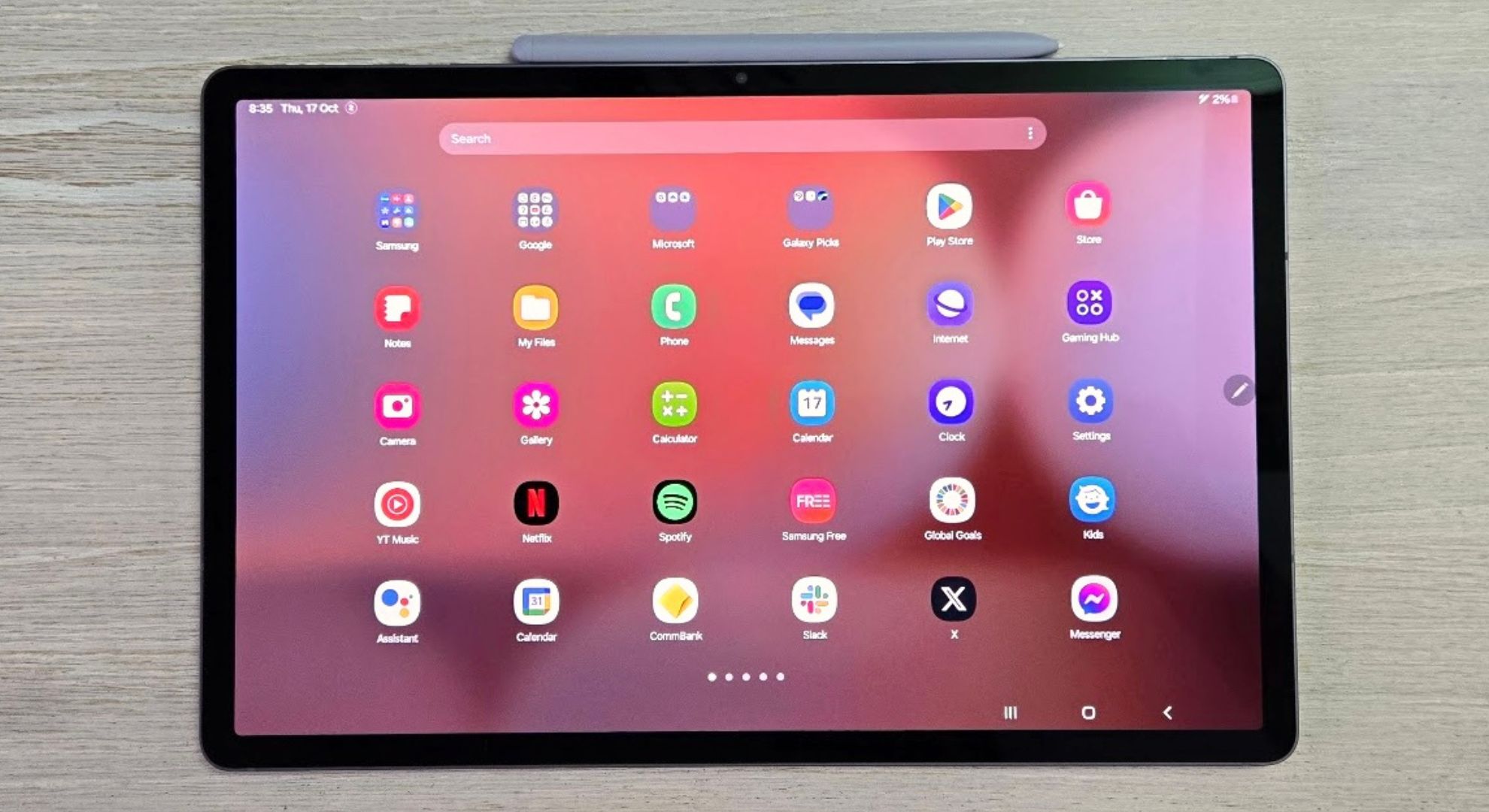
- Huge, bright display with tons of detail
- Great space for multitasking
- Four strong speakers placed around the device
I can’t fault the Samsung Galaxy Tab S10 Plus on its display – it’s brilliant and easily ranks among the best tablets as far as visuals go (though the Tab S10 Ultra takes the Tab S10 Plus’s 12.4-inch screen and bumps it up to 14.6-inches).
The content I watched on the Samsung Galaxy Tab S10 Plus included various Twitch streams, YouTube videos, Mad Max: Fury Road and Arcane on Netflix, and Avengers Endgame and Light and Magic on Disney+. At no point did anything look bad, blurry or washed out, with the display more than capable of showing enough color and creating enough light to fill an interesting scene.
Outside of simply describing the display, Samsung’s approach to multitasking is second to none. The freedom you’re given to adjust apps running concurrently, side-by-side on the screen, with easily adjustable boundaries, feels like the real laptop-rivaling feature of the Galaxy Tab S series.
To match the strong display, the four speakers located around the device offer powerful, room-filling sound. Every piece of content I viewed felt like it had the audio to match. While cleaning my house, playing Spotify from the tablet sounded equivalent to using a smart speaker with a screen.
- Display: 5 / 5
Samsung Galaxy Tab S10 Plus: design
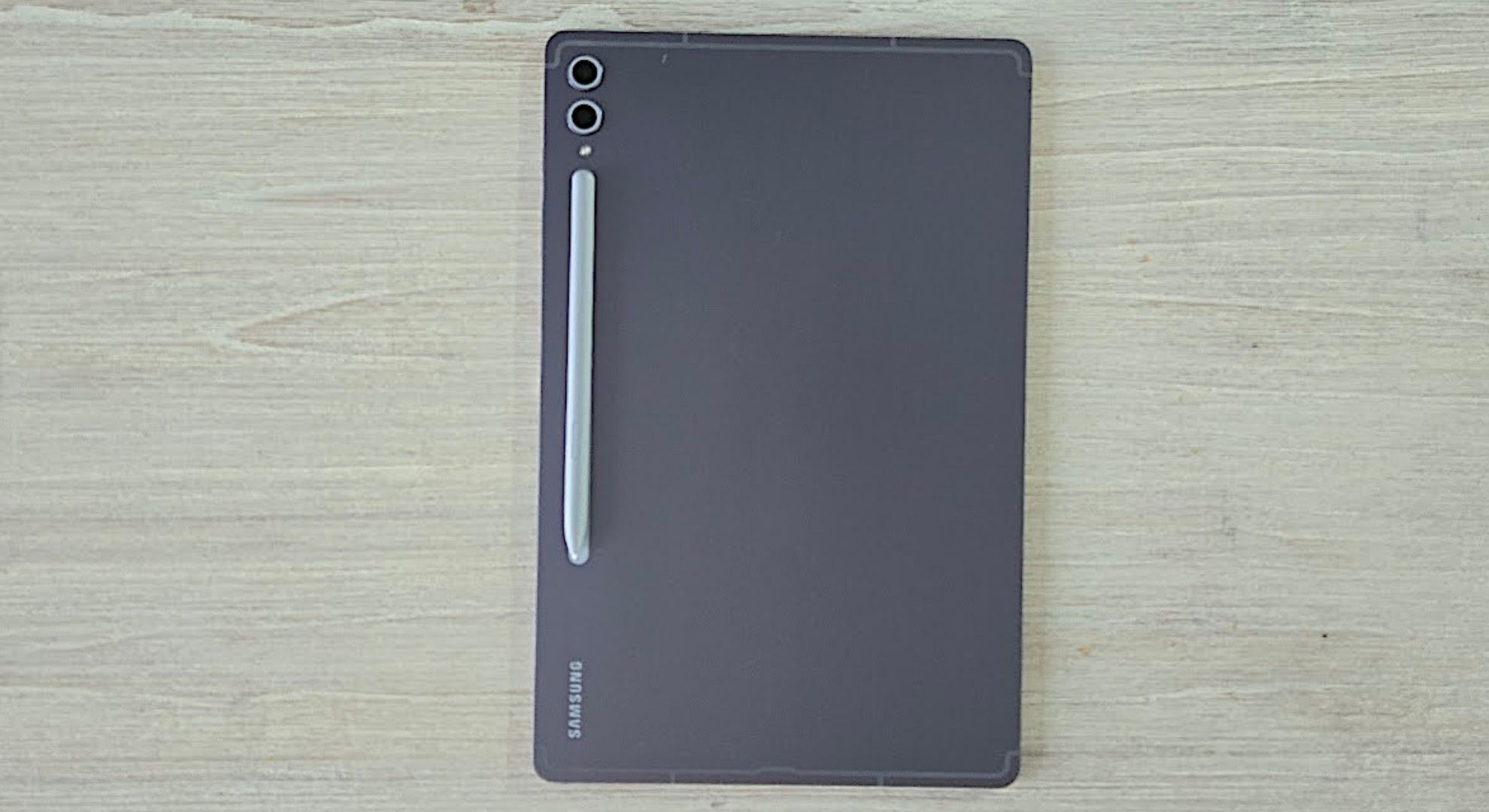
- Slightly slimmer than the Tab S9 Plus
- S Pen attachment is a bit odd on the back
- Feels awkward in portrait orientation
It’s the Samsung Galaxy Tab S10 Plus’s bread and butter to be big, with a beautiful display to match and powerful performance for any task. But parts of the design feel… Too big. Big is good for a tablet positioned as a powerful laptop rival and artistic tool, but some elements feel like they’re rubbing up against others.
It’s difficult to use the tablet in portrait mode, which I prefer when reading news articles online and taking notes. The back of the tablet looks nice but it isn't easy to hold in portrait orientation. The charging area for the S Pen, located on the back, feels rough against my fingers whether or not the pen is magnetically attached. Trying to get a better grip from the other end caused my hand to come into contact with the cameras, resulting in a similar hand feeling issue.
The pen charging on the back of the device is another issue. When the pen is attached, the tablet won’t sit flat on its back. Though the pen can magnetically attach to the edge of the display, it will not charge there – but at least it's out of the way.
The Samsung Galaxy Tab S10 Plus is meant to be used in landscape orientation, with the selfie camera located in the top middle, which is ideal for video calling. This mode feels perfectly comfortable.
- Design: 3/5
Samsung Galaxy Tab S10 Plus: software
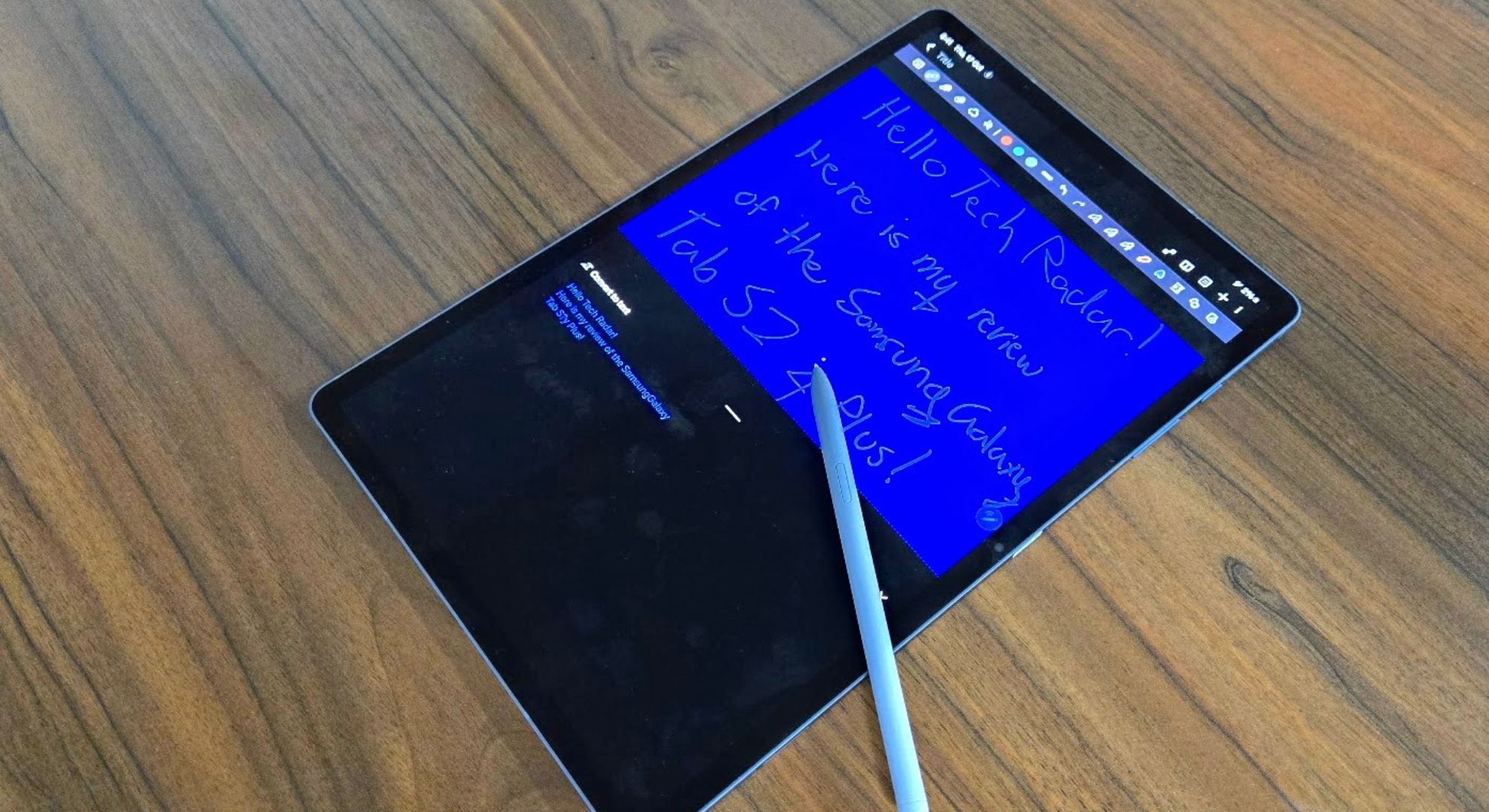
- Brilliant tablet performance
- Operating system is nicely designed
- Not as casual as an iPad or Pixel Tablet
Samsung’s approach to tablets is probably my favorite. Having a persistent app tray at the bottom of the screen just rocks, especially for quickly switching between windows. I could get a lot of work done on the Galaxy Tab S10 Plus, but it still has quirks here and there that make it a bit less user-friendly than its rivals.
My love for the Samsung Galaxy Tab S10 Plus’ software mostly stems from multitasking. Being able to have two apps open concurrently, for example, having Spotify open on one side and Canva on the other, is brilliant. The Galaxy Tab S10 Plus let me drag windows freely around the screen to be placed wherever I want. I could also connect the tablet to a monitor to enable Samsung DeX, which makes the interface look a bit more like a desktop.
Samsung’s Galaxy AI suite is unimpressive. Circle to Search, which lets me circle something on the screen to instantly search for it with Google is something I use quite a lot, but I can’t think of a single other AI feature that I enjoyed using.
A lot of the features, such as Note Assist and Sketch to Image, are interesting for a moment but are ultimately inconsequential. The AI image generator feels particularly tacked on.
Handwriting Help, exclusive to the Notes app, is a handy feature for character recognition with the S Pen, cleaning up and aligning your pen handwriting and making it easier to read. A simple click in the app and your handwritten notes will convert to text. You can also convert writing to text on the fly, as you write.
As you'd expect, the Galaxy Tab S10 Plus aces its stylus support. It has good palm rejection, so I was more comfortable drawing. Navigating between tools feels simple in Samsung's native drawing and writing apps.
- Software: 4/5
Samsung Galaxy Tab S10 Plus: performance
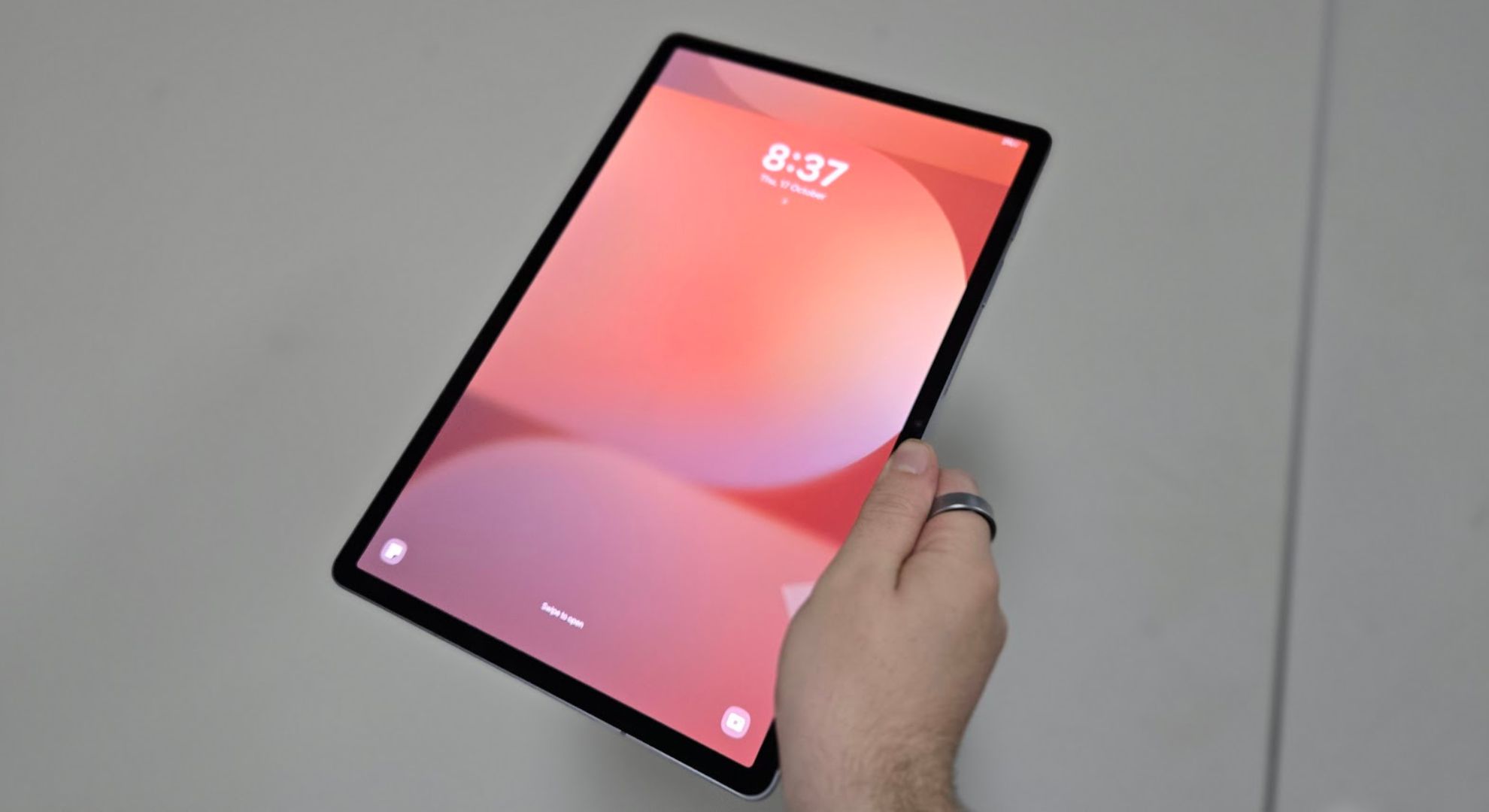
- Galaxy S Pen feels great in-hand
- Doesn’t feel slow despite axing the Snapdragon chip
Not once did I have a problem with the performance of the Samsung Galaxy Tab S10 Plus. Capable of smoothly running every application I opened, including Canva, Spotify, Twitter (X), Messenger, Instagram, Samsung Notes, PENUP, Google Photos, Netflix, Disney+ and Crossy Road, the Tab S10 Plus handled everything a power user would want.
That’s a relief, considering Samsung skipped the Snapdragon 8 Gen 3, after including the previous Snapdragon in the Galaxy Tab S9 Plus. Instead, this tablet is underpinned by a Mediatek Dimensity 9300+, which doesn’t skip a beat.
Creating and editing images on Canva was an exceptionally fluid experience and the application was responsive and fast the entire time – even with Spotify running in the background. The same can be said for editing pics via Google Photos or writing with Samsung Notes: no hold-ups whatsoever.
- Performance: 5/5
Samsung Galaxy Tab S10 Plus: battery
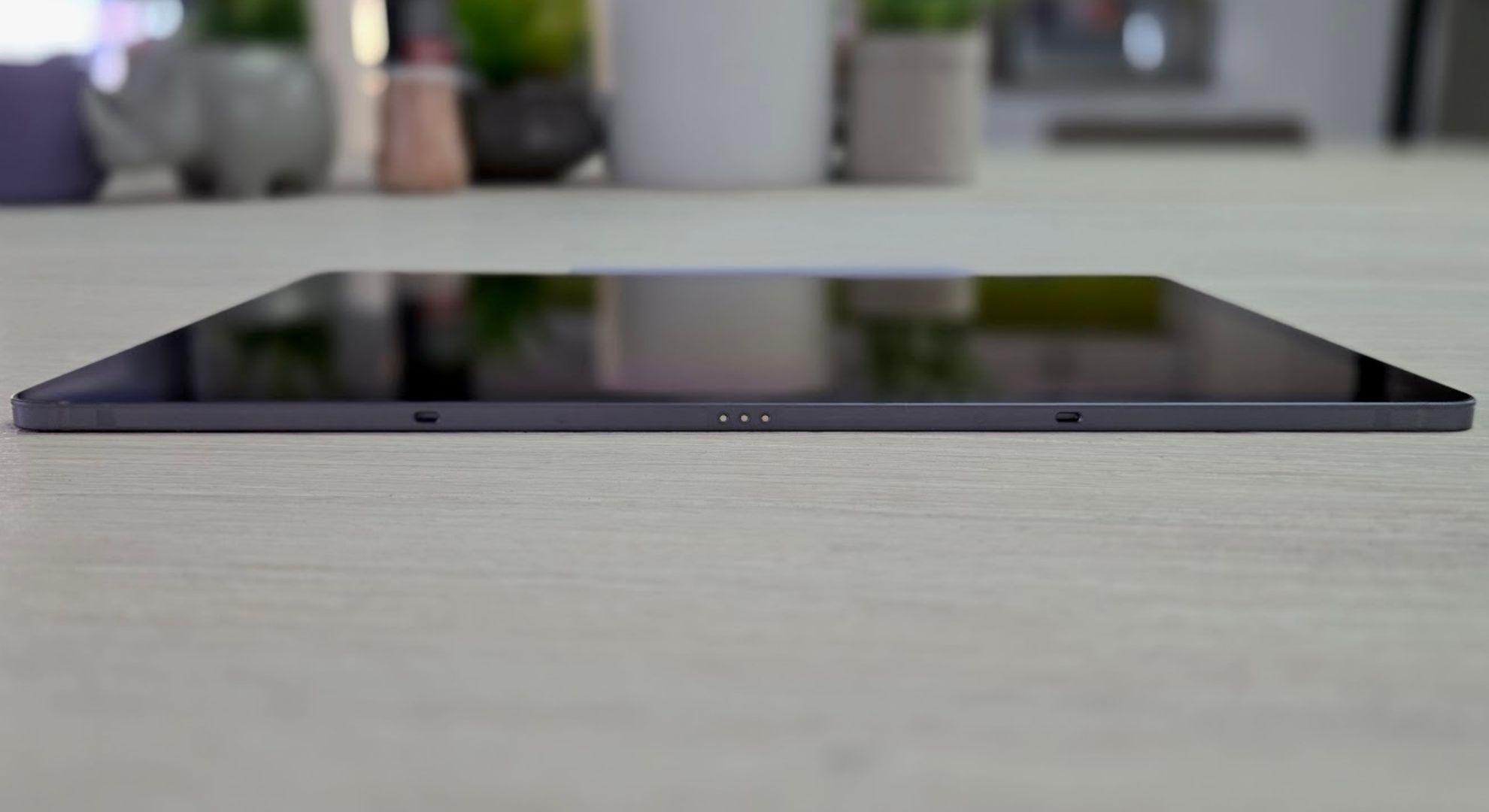
- Gigantic all-day battery
- Faster charging would be nice
The mighty 10,090 mAh Li-Po battery in the Samsung Galaxy Tab S10 Plus is so immense that, during my review, I rarely had to charge it.
You’d obviously expect this from a device with such a large battery, but it comes with the obvious drawback of slower charging. From 0%, the tablet took one hour and 50 minutes to return to 100% charge.
In testing the battery against a fairly long movie, Avengers Endgame, the tablet drained to 59% after three hours of watching. Despite a shift to MediaTek, it doesn’t seem the Galaxy Tab S10 Plus is more power hungry than previous generations.
- Battery: 5/5
Should you buy the Samsung Galaxy Tab S10 Plus?
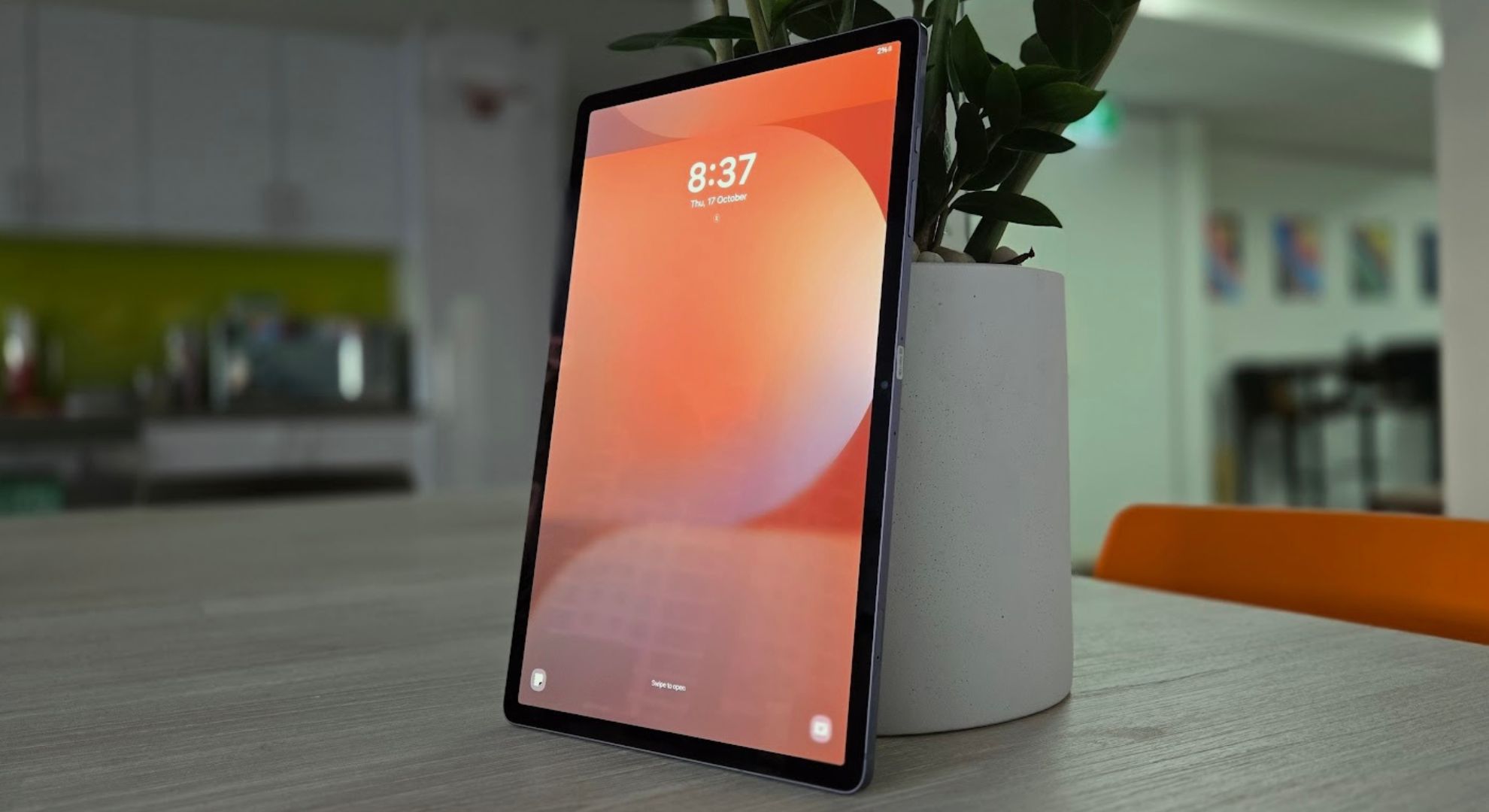
Buy it if…
You’re a professional in search of a tablet
With brilliant character recognition and optimisation for digital artists, the Samsung Galaxy Tab S10 Plus is an attractive device for a professional.View Deal
You want a big, beautiful screen that’s not too big
The 12.4-inch size feels just right, smaller than the Tab S10 Ultra’s gigantic 14.6-inch display.View Deal
You’re team Samsung
iPadOS is brilliant, but this is one of your best options if you want a tablet outside of the Apple camp.View Deal
Don’t buy it if…
You want the easiest to use OS
Samsung’s OneUI is brilliant, but it’s not as intuitive as iPadOS and Google’s version of Android.View Deal
You’re just going to watch videos
It’s a waste to use the Samsung Galaxy Tab S10 Plus for just streaming content, and if this is what you’d be doing, you could get a serviceable tablet for much cheaper.View Deal
You want to save some money
The high price point of the Samsung Galaxy Tab S10 Plus makes it a tough sell to a casual user or even a professional, especially when differences to the Tab S9 Plus aren’t very dramatic.View Deal
Also consider
Not convinced by the Samsung Galaxy Tab S10 Plus? Here are a few other options to consider:
Apple iPad Pro 2024
While the entry-level iPad Pro isn’t as large as the Samsung Galaxy Tab S10 Plus, it is fairly competitive in terms of performance while priced extremely similarly. You’ll just have to buy an Apple Pencil separately.
Samsung Galaxy Tab S9 Plus
There are very few differences between the Samsung Galaxy Tab S9 Plus and the S10 Plus, so if you want to save some cash, there’s no shame in going for the older model.
Samsung Galaxy Tab S10 Ultra
If the Galaxy Tab S10 Plus isn’t big enough for you, the Galaxy Tab S10 Ultra offers a gigantic 14.6-inch display, which may be a bit cumbersome for some, but would also function as an effective laptop or art tablet replacement for professionals.
How I tested the Samsung Galaxy Tab S10 Plus
From the moment I received the Samsung Galaxy Tab S10 Plus, I replaced my second monitor, a small 11-inch touchscreen monitor, with it as my companion screen, using it for Spotify, scrolling social media, and streaming content while I worked at my desk.
My time with the Tab S10 Plus didn’t include all-hours use, but I did find time to edit images with it via Google Photos and Canva. I edited a video with it in CapCut and streamed a lot of movies and TV shows with the device. As far as games went, I mostly played Crossy Road.
I brought the Tab S10 Plus with me on a trip to see my family where it functioned as a good distraction for my niece. On this trip, I touched base with friends on Messenger and Instagram and doomscrolled on social media often.
For battery testing, I avoided charging the tablet as much as I could, and ran my standard Avengers Endgame beginning-to-end test closer to the end of my review period. I’d check in on the tablet’s battery now and then on days where I wasn’t using it much, and kept an eye on it on days where I was. I also depleted the battery in its entirety and timed how long it took to charge to 100%.
Most of my performance relied on real-world use relative to how I use tablets in my day-to-day life.
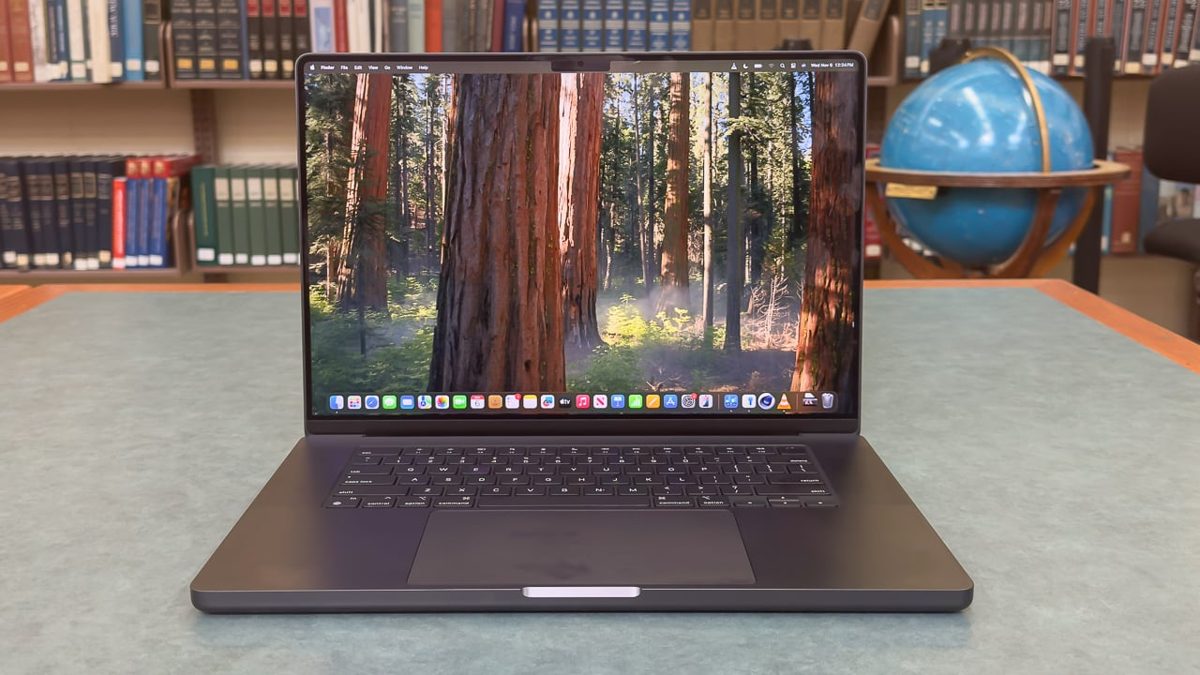
- Details
Apple MacBook Pro 16-inch (M4 Pro, 2024) Review: Record-breaking Performance

- Details
HP Elite x360 1040 2-in-1 G11 review
last thing a business wants to do is a mass roll-out of laptops that are incompatible with key software or the office printer.For the 11th generation of its x360 2-in-1, HP isn’t ripping up any trees. But what it is doing is packing this laptop with power, with my test system including the excellent Core Ultra 7 155H and 32GB of RAM.Intel may point to the battery life of this machine as an example of its efficiency, too. In PCMark’s light-use benchmark, which uses a mix of web browsing and office apps, it lasted 17hrs 42mins despite a relatively modest 68Wh battery. Playing video, it almost reached 20 hours. (Image credit: Future) The low-energy screen helps, with the 1,920 x 1,200 IPS panel peaking at 60Hz rather than 120Hz. It’s tuned for the sRGB color space, covering 96% of that gamut with an average Delta E of 0.78. For this price, I’d have liked the whites to look whiter, higher peak brightness (365 cd/m2 won’t be enough for use in sunshine) and more pixels wouldn’t go amiss, either, as text lacks sharpness.Where it wins is support for touch: sometimes, prodding a dialog button is the easiest choice. HP provides a large, glass-coated touchpad for more conventional navigation, and it sits beneath a mixed keyboard. In terms of action, the Elite x360 1040 is up there with the best laptop keyboards around. There’s enough resistance to make typing a pleasure, all the important keys are suitably large, and I love its quiet nature: you’ll need to thwack the keys hard to annoy neighboring workers. But I was repeatedly tripped up by the half-height cursor keys, with Pg Up and Pg Dn immediately above the left and right arrows. It felt that whenever I hit a keyboard shortcut (such as Ctrl + left to go back one word) I hit the wrong button.HP clearly believes that USB-C rather than USB-A is the future, with three of the former ports and only one of the latter. The right-hand USB-C port peaks at 10Gbits/sec thanks to its support for USB 3.2 Gen 2, but head to the left and you’ll find a pair of even faster USB-C/Thunderbolt 4 ports. HP also sticks a 3.5mm jack and HDMI 2.1 connector here, but no physical Ethernet port. Wi-Fi 6E is your networking friend rather than the more forward-looking Wi-Fi 7. There are three USB-C ports, two of which are fast Thunderbolt options (Image credit: Future) While the CPU’s AI abilities are stuck at a modest 34 TOPS – compared to 45 TOPS for the Snapdragons inside Copilot+ PCs – you can draw upon them when using the webcam, with Windows Studio Effects such as eye contact and background blurring at the ready. The 1440p webcam is top notch, other than a tendency to blow out highlights, and if you need to take photos it can snap at up to 2,560 x 1,440.The mics can use AI to dial down background noise, while the speakers are among the best I’ve heard on a business laptop. The Elite x360 1040 2-in-1 G11 is a highly practical laptop (Image credit: Future) When it comes to ease of repair, this laptop is a delight. Remove four crosshead screws, slide a pick into the gap and the rear lifts off to reveal a replaceable Wi-Fi card, battery and SSD, though the memory is embedded onto the motherboard. And while the one-year warranty is to be expected, you can buy a Care Pack at any point during that year to extend it to up to five years of on-site cover. HP also provides its Wolf Security for one year, offering an extra layer of protection baked into the hardware.With a 1.4kg weight and 14.7mm thickness – both above average for a 14in laptop due to the nature of convertible designs – the HP Elite x360 1040 G11 is not going to set pulses aflame with desire. Nor is its matte silver finish. But this is a well-built 2-in-1 designed for practicality, from its port selection to its battery life to its build quality. It’s not an exciting choice, but it is a safe one – especially if you already manage a fleet of HP laptops. We also ranked the best business PCs.
This review first appeared in issue 360 of PC Pro.
While Copilot+ PCs with Qualcomm Arm chips are gaining plenty of attention, there are compelling reasons to stick with the traditional approach. We await the killer app for AI on laptops, and Intel’s Core Ultra chips remain better all-rounders: the x86 architecture is still king on Windows and Intel’s Arc graphics are far more accomplished than anything Qualcomm can offer.
Despite my words of praise for Lenovo’s ThinkPad T14s, there are good reasons for business buyers to remain cautious and stick with a traditional approach. Chief among them is compatibility, as the last thing a business wants to do is a mass roll-out of laptops that are incompatible with key software or the office printer.
For the 11th generation of its x360 2-in-1, HP isn’t ripping up any trees. But what it is doing is packing this laptop with power, with my test system including the excellent Core Ultra 7 155H and 32GB of RAM.
Intel may point to the battery life of this machine as an example of its efficiency, too. In PCMark’s light-use benchmark, which uses a mix of web browsing and office apps, it lasted 17hrs 42mins despite a relatively modest 68Wh battery. Playing video, it almost reached 20 hours.
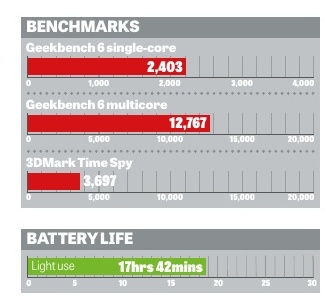
The low-energy screen helps, with the 1,920 x 1,200 IPS panel peaking at 60Hz rather than 120Hz. It’s tuned for the sRGB color space, covering 96% of that gamut with an average Delta E of 0.78. For this price, I’d have liked the whites to look whiter, higher peak brightness (365 cd/m2 won’t be enough for use in sunshine) and more pixels wouldn’t go amiss, either, as text lacks sharpness.
Where it wins is support for touch: sometimes, prodding a dialog button is the easiest choice. HP provides a large, glass-coated touchpad for more conventional navigation, and it sits beneath a mixed keyboard. In terms of action, the Elite x360 1040 is up there with the best laptop keyboards around. There’s enough resistance to make typing a pleasure, all the important keys are suitably large, and I love its quiet nature: you’ll need to thwack the keys hard to annoy neighboring workers. But I was repeatedly tripped up by the half-height cursor keys, with Pg Up and Pg Dn immediately above the left and right arrows. It felt that whenever I hit a keyboard shortcut (such as Ctrl + left to go back one word) I hit the wrong button.
HP clearly believes that USB-C rather than USB-A is the future, with three of the former ports and only one of the latter. The right-hand USB-C port peaks at 10Gbits/sec thanks to its support for USB 3.2 Gen 2, but head to the left and you’ll find a pair of even faster USB-C/Thunderbolt 4 ports. HP also sticks a 3.5mm jack and HDMI 2.1 connector here, but no physical Ethernet port. Wi-Fi 6E is your networking friend rather than the more forward-looking Wi-Fi 7.

While the CPU’s AI abilities are stuck at a modest 34 TOPS – compared to 45 TOPS for the Snapdragons inside Copilot+ PCs – you can draw upon them when using the webcam, with Windows Studio Effects such as eye contact and background blurring at the ready. The 1440p webcam is top notch, other than a tendency to blow out highlights, and if you need to take photos it can snap at up to 2,560 x 1,440.
The mics can use AI to dial down background noise, while the speakers are among the best I’ve heard on a business laptop.
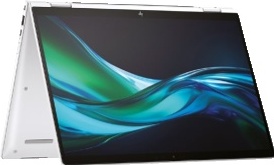
When it comes to ease of repair, this laptop is a delight. Remove four crosshead screws, slide a pick into the gap and the rear lifts off to reveal a replaceable Wi-Fi card, battery and SSD, though the memory is embedded onto the motherboard. And while the one-year warranty is to be expected, you can buy a Care Pack at any point during that year to extend it to up to five years of on-site cover. HP also provides its Wolf Security for one year, offering an extra layer of protection baked into the hardware.
With a 1.4kg weight and 14.7mm thickness – both above average for a 14in laptop due to the nature of convertible designs – the HP Elite x360 1040 G11 is not going to set pulses aflame with desire. Nor is its matte silver finish. But this is a well-built 2-in-1 designed for practicality, from its port selection to its battery life to its build quality. It’s not an exciting choice, but it is a safe one – especially if you already manage a fleet of HP laptops.
We also ranked the best business PCs.

- Details
Mount-It Electric Standing Desk review
Having tested out all the best standing desks, I was keen to see how the company's offering stacks up. Mount-It ESD: Price and Availability The Electric Standing Desk from Mount-It is priced at $389.99, making it a fantastic budget desk. It has a lifetime warranty and offers free shipping to the contiguous US. The desk has six different finishes, which fit most office décor and styles. (Image credit: Collin Probst // Future) Mount-It ESD: Unboxing and First Impressions Upon unboxing, the desk components are neatly packaged and easy to assemble. The assembly process is straightforward, with clear instructions and minimal tools required. Right away, my first impressions were that of a sturdy, well-built desk that feels reliable -- despite its single-motor design. The 55” tabletop is spacious enough for a multi-monitor setup and office essentials, though if you are doing two side-by-side horizontal monitors, they may not leave much space on either end. This desk is perfect for a minimal work setup, perhaps just a laptop or a single monitor.The model I have features a lightwood top and white legs, a sleek color combination that looks good in almost any room I have tried. I go back and forth between preferring a darker or lighter wood, but this light wood and white leg combination is simple, clean, and refreshing. (Image credit: Collin Probst // Future) Mount-It ESD: Design and Build Quality SpecsHeight Range: 29.3” to 47.5”Tabletop Dimensions: 55”W x 29”DWeight Capacity: 154 lbsMemory Settings: 3Leg Design: 2-stageSpeed: 0.8” per secondNoise Level:
The Electric Standing Desk from Mount-It is affordable for anyone looking to enjoy the health and ergonomic benefits of a hybrid sit/stand workspace. With a 55-inch wide desktop and an easy-to-use control panel for height adjustment, this desk is well-suited for home and corporate office settings, making it an excellent fit for various work environments.
Mount-It is known for its wide range of accessories, including TV mounts, and monitor arms. The company is even behind one of the best standing desk converters we've seen. However, what may be less well known is that they also have quality standing desks at a great price. Having tested out all the best standing desks, I was keen to see how the company's offering stacks up.
Mount-It ESD: Price and Availability
The Electric Standing Desk from Mount-It is priced at $389.99, making it a fantastic budget desk. It has a lifetime warranty and offers free shipping to the contiguous US. The desk has six different finishes, which fit most office décor and styles.
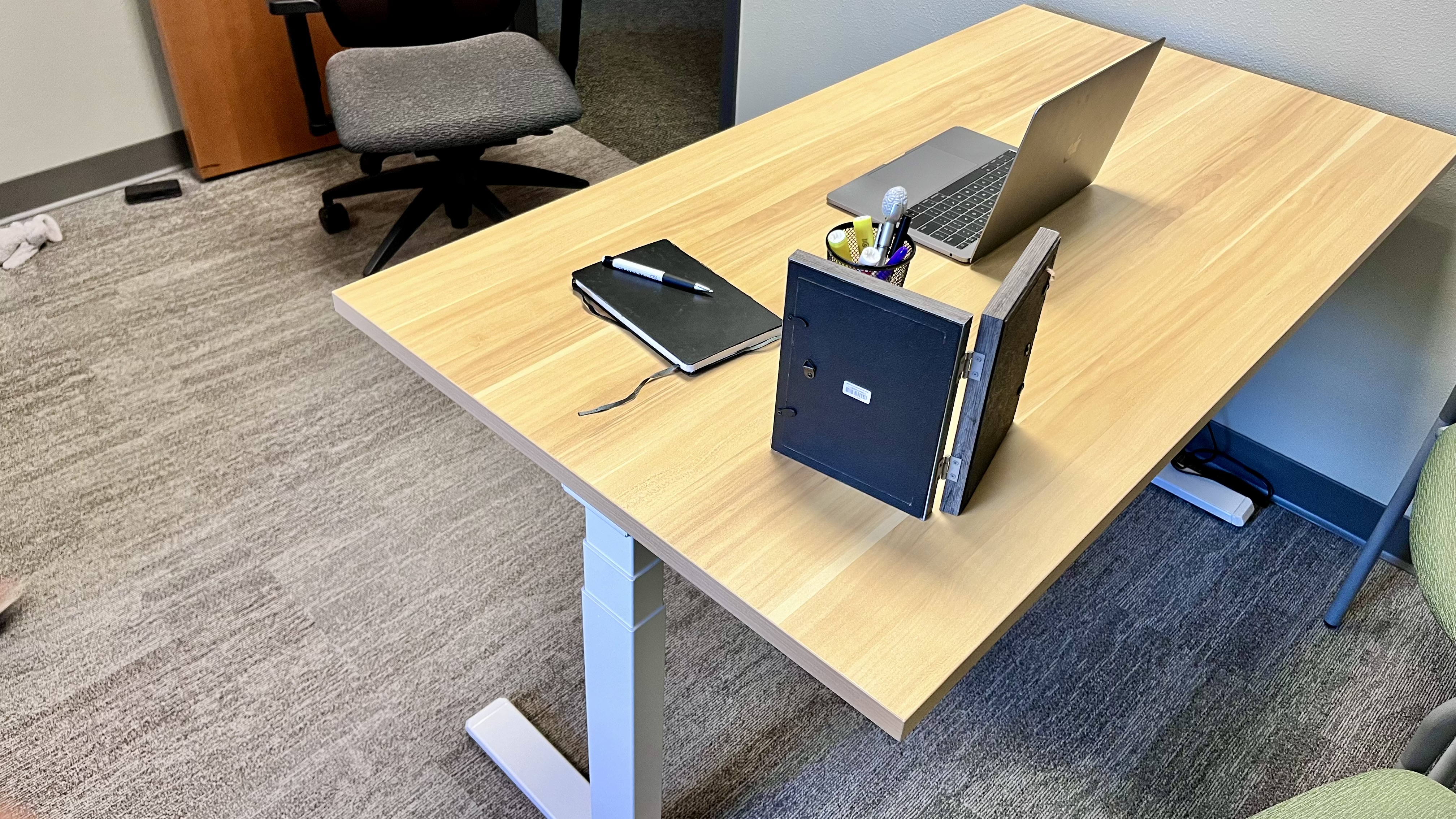
Mount-It ESD: Unboxing and First Impressions
Upon unboxing, the desk components are neatly packaged and easy to assemble. The assembly process is straightforward, with clear instructions and minimal tools required. Right away, my first impressions were that of a sturdy, well-built desk that feels reliable -- despite its single-motor design. The 55” tabletop is spacious enough for a multi-monitor setup and office essentials, though if you are doing two side-by-side horizontal monitors, they may not leave much space on either end. This desk is perfect for a minimal work setup, perhaps just a laptop or a single monitor.
The model I have features a lightwood top and white legs, a sleek color combination that looks good in almost any room I have tried. I go back and forth between preferring a darker or lighter wood, but this light wood and white leg combination is simple, clean, and refreshing.
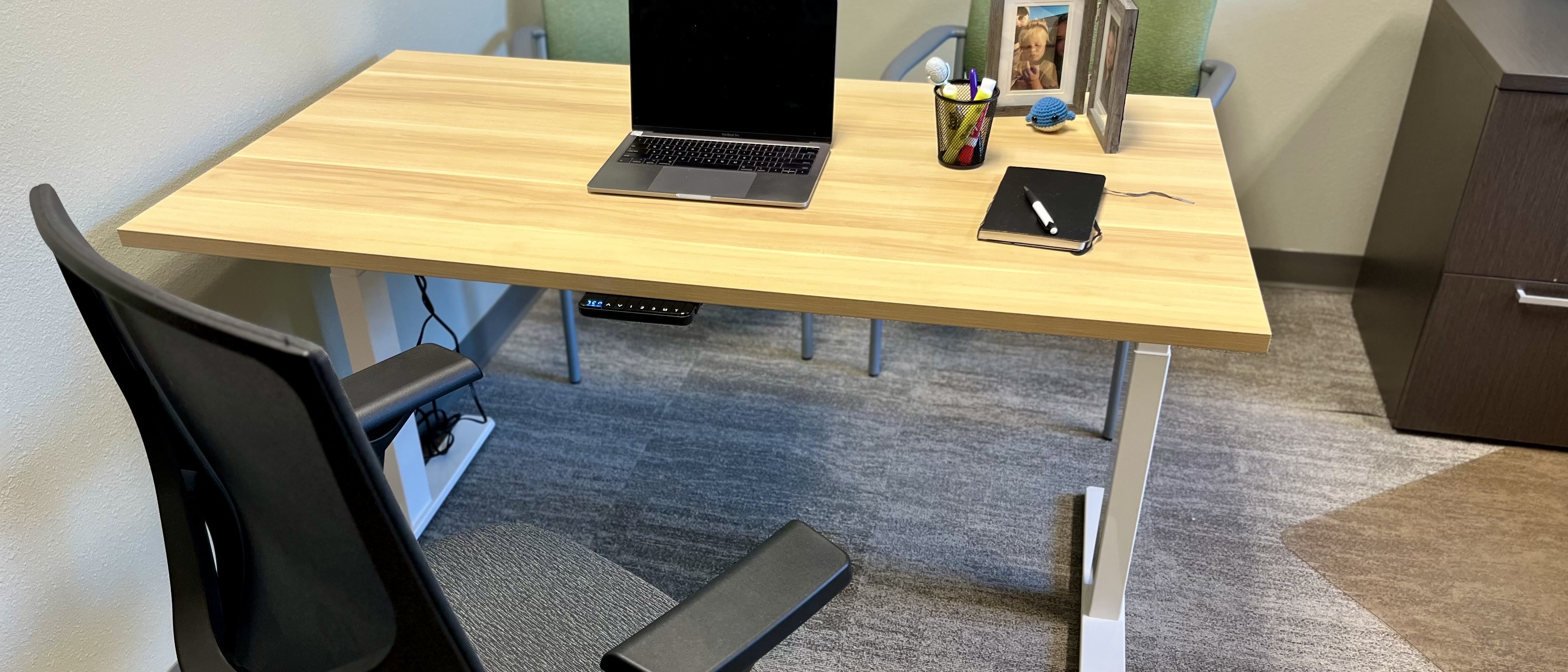
Mount-It ESD: Design and Build Quality
Height Range: 29.3” to 47.5”
Tabletop Dimensions: 55”W x 29”D
Weight Capacity: 154 lbs
Memory Settings: 3
Leg Design: 2-stage
Speed: 0.8” per second
Noise Level: <55dB
The desk features a sleek, minimalist design with a sturdy steel base. The 55” tabletop is made from high-quality materials, offering durability and a smooth surface for writing or using a mouse. The sharp 90-degree edges help make this desk clean and minimal, though it could be dangerous if this is a home office desk and you have kids running around.
The single-motor design supports weight capacities up to 154 lbs, making it suitable for a basic desk setup, though I would only go riding up and down on this desk sometime soon (mainly because I am a good 50lb past the limit.
Sadly, the design lacks some premium features, such as dual motors or more diverse color options. However, that is what you get with a budget desk offering. Yet, the available offerings are not cheap -- they feel more like a bargain.
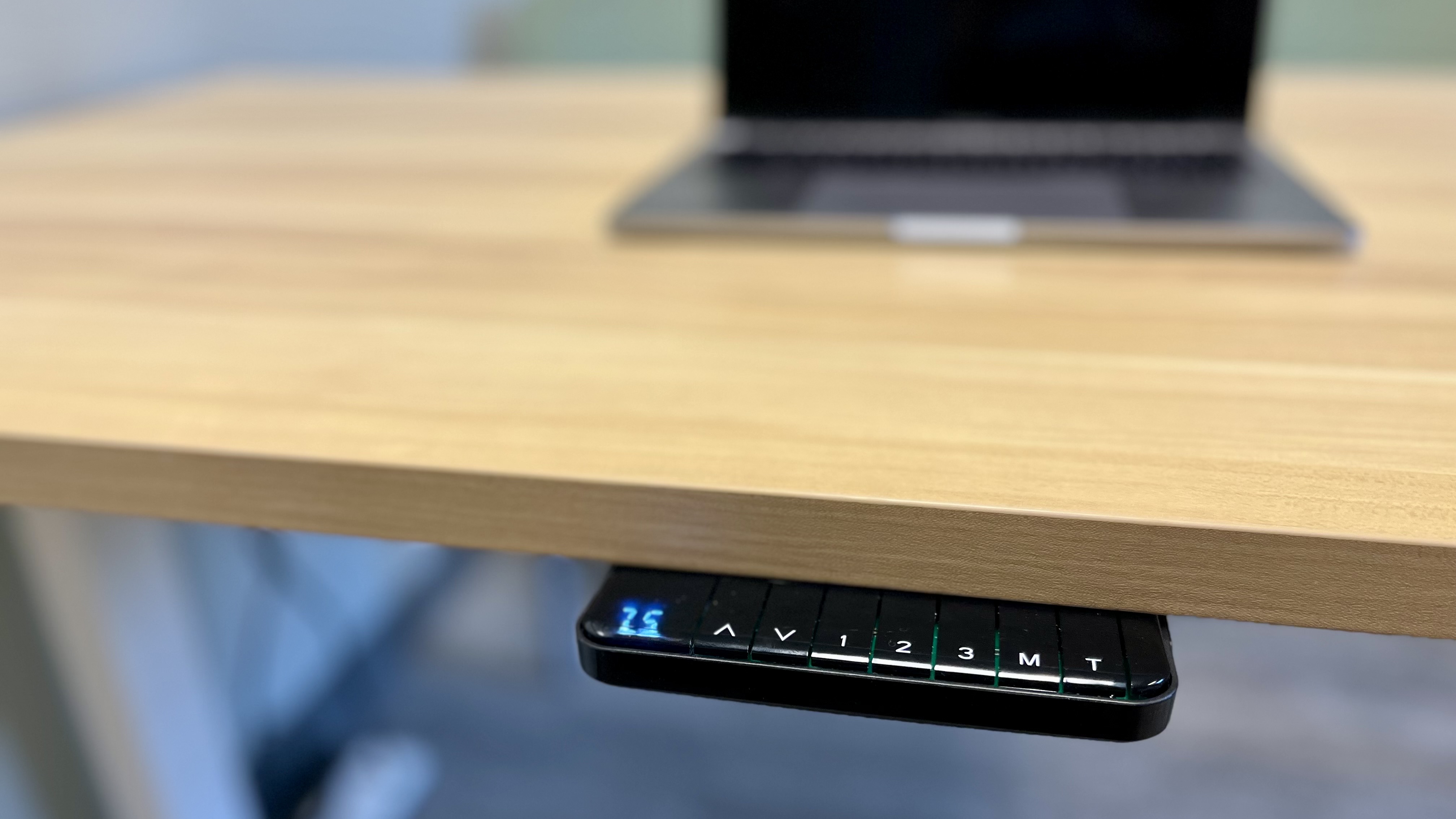
Mount-It ESD: In use
The single electric motor adjusts the desk’s height smoothly and quietly, allowing you to switch from sitting to standing with minimal disruption. The intuitive control panel features three programmable memory presets for different heights. However, the speed of 0.8” per second may feel slow to users accustomed to faster adjustment times, primarily if they have used other, more premium electric standing desks. Despite this, the desk’s quiet operation and sturdy design make it a reliable choice for everyday use.
My team and I use this desk as a laptop workstation with minimal things on it, and it's perfect. It's super easy and smooth to press one of the preset buttons, have the desk spring to life, and adjust perfectly to the preset height. This has been super helpful for multiple users of standing heights and seated heights with the chair we have at this desk.
Despite being a budget offering, this desk has been surprisingly stable and has survived some beatings from putting some gear down on it too aggressively. Yet, the wood top has held up nicely.
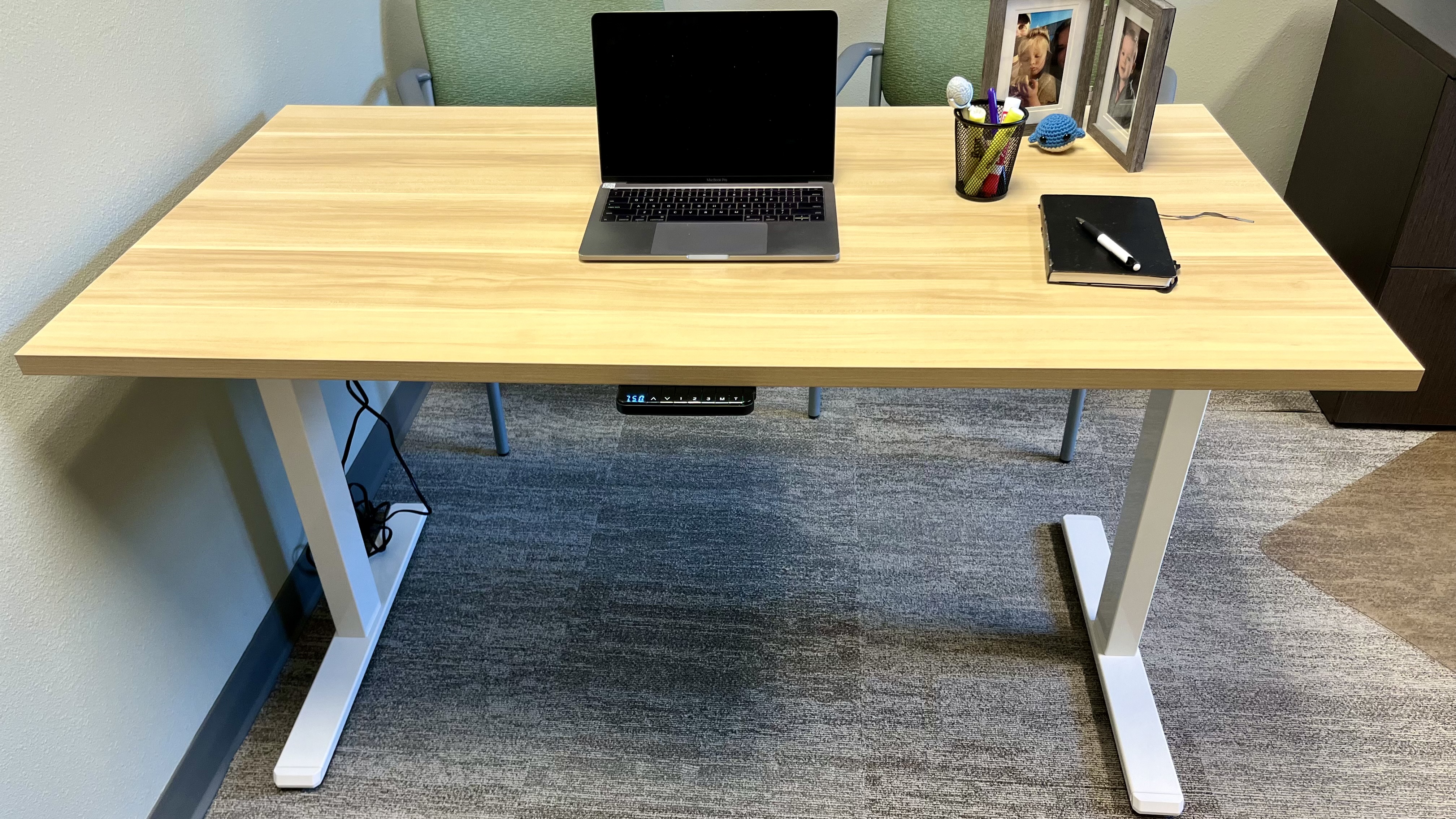
Mount-It ESD: Final verdict
The Mount-It Electric Standing Desk is a dependable, budget-friendly option for those looking to enhance their workspace ergonomics. While it lacks some advanced features in higher-end models, its large tabletop, smooth height adjustment, and basic memory settings make it a solid choice for home and office use.
For more workspace essentials, we've tested the best office chairs.

- Details
Promate Neo 10 Powerbank Review: Compact, fast and reliable
- Details
MacBook Pro 16 M4 Max - Real World Review! (Fastest Laptop on Earth!?)
- Details
{"l":{"1":"Test ###MANUFACTURER### ###MODEL### Laptop","default":"###MANUFACTURER### ###MODEL### Laptop Review"}}
Incisive Catchword / Wortspiel. | Short teaser about the review and the device. Capture the interest of the target audience, motivate the target audience to continue reading and reveal some aspect of the article. Consider SEO relevant words and phrases. Max: 400 characters!
Budget Laptops
 10th July 2024
10th July 2024
Alienware m16 R2 review: Tons of power in compact and affordable machine
 31st May 2024
31st May 2024
Acer Swift Go 16 review: Power and endurance at an affordable price
 11th May 2024
11th May 2024
Acer Swift X 14 (2024) review: huge performance for cheap
Ultrabooks
 24th August 2022
24th August 2022
Asus Zenbook S 13 OLED review - a sleek all-purpose ultrabook at a premium
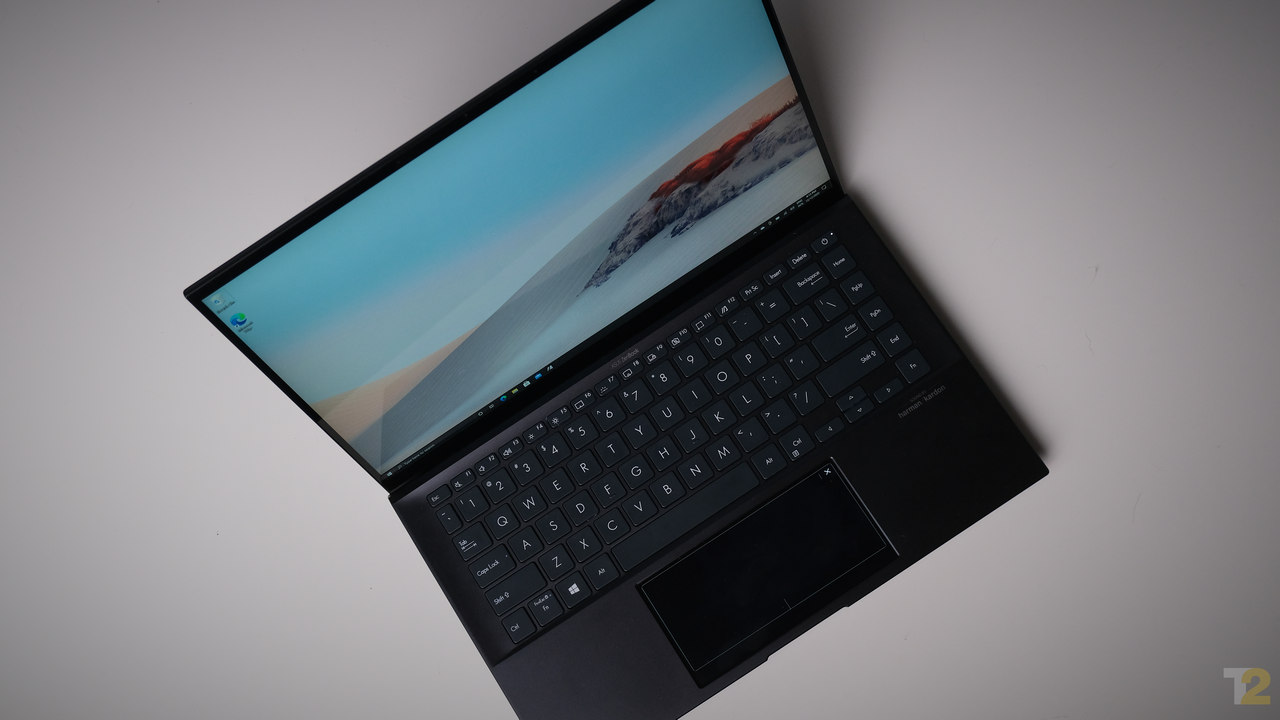 21st December 2020
21st December 2020
ASUS ZenBook UX435 laptop review: A decent Ultrabook if you ignore the gimmicks
2-in-1 Laptops
 13th November 2024
13th November 2024
Dell Latitude 7450 2-in-1 Laptop Review: Versatile business convertible that delivers on most fronts
Calculated business moves. | The Dell Latitude 7450 2-in-1 delivers good performance with its Intel Core Ultra 7 165U vPro processor while offering a solid set of features tailored for business professionals on the go. Dell even includes a robust array of tools to keep IT admins happy. However, improvements over its predecessor are incremental and its competitors, particularly the new Lenovo ThinkPad lineup, present equally compelling options.
 11th November 2024
11th November 2024
Lenovo Yoga 9i 2-in-1 Gen 9 review
14in OLED panel. While it peaked at a modest 402cd/m2 in our SDR tests, its VESA TrueBlack 500 certification shows in punchy colors when watching films or playing games. It covers 119% of the DCI-P3 gamut and you can trust its colors, too, with an average Delta E of 0.45. The native color temperature is a fraction warm, so whites aren’t as blazing as I like when typing in Word, but a density of 242ppi thanks to its 2,880 x 1,800 resolution makes the edges of text look razor sharp.Lenovo includes its Slim Pen stylus, which magnetically attaches to the top of the lid. I love the firmness of the connection, but it doesn’t charge at the same time; there’s a USB-C slot at the top of the pen. As ever when using a plastic tip on a glass surface you can’t expect a paper-like experience, but digital artists will appreciate the minimal 18ms lag, and the Smart Notes app is great for scribbles and sketches. At 1.3kg this isn’t an iPad rival, but I was happy holding it in the crook of my arm while...
 8th November 2024
8th November 2024
Lenovo ThinkBook Plus Gen 5 Hybrid 2-in-1 review: Dual-boot Windows 11 and Android 13
Gaming Laptops
AYANEO Pocket DMG Review: Retro Design Meets Modern Gaming

The AYANEO Pocket DMG is a remarkable blend of nostalgic design and modern gaming technology. This pocket handheld device captures the essence of classic gaming while offering a fresh, contemporary experience. Its vertical layout is a clear homage to iconic handhelds, instantly resonating with retro gaming fans. For those who remember the golden days of […]
The post AYANEO Pocket DMG Review: Retro Design Meets Modern Gaming appeared first on Geeky Gadgets.
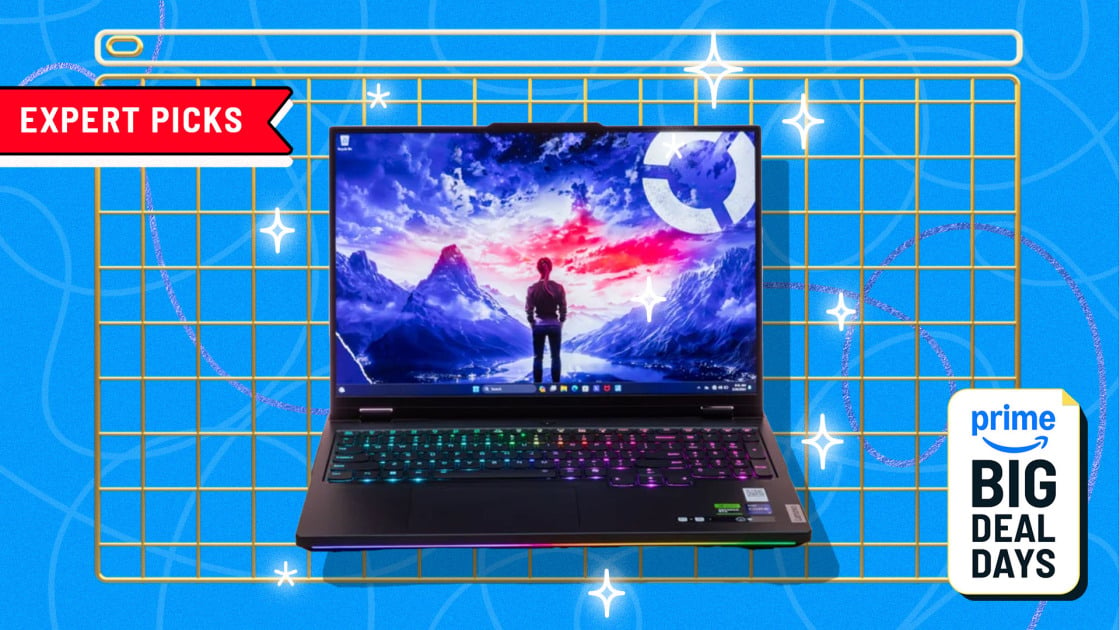 8th October 2024
8th October 2024
I Review Gaming PCs for a Living: These Are the Best Prime Day Deals I've Found
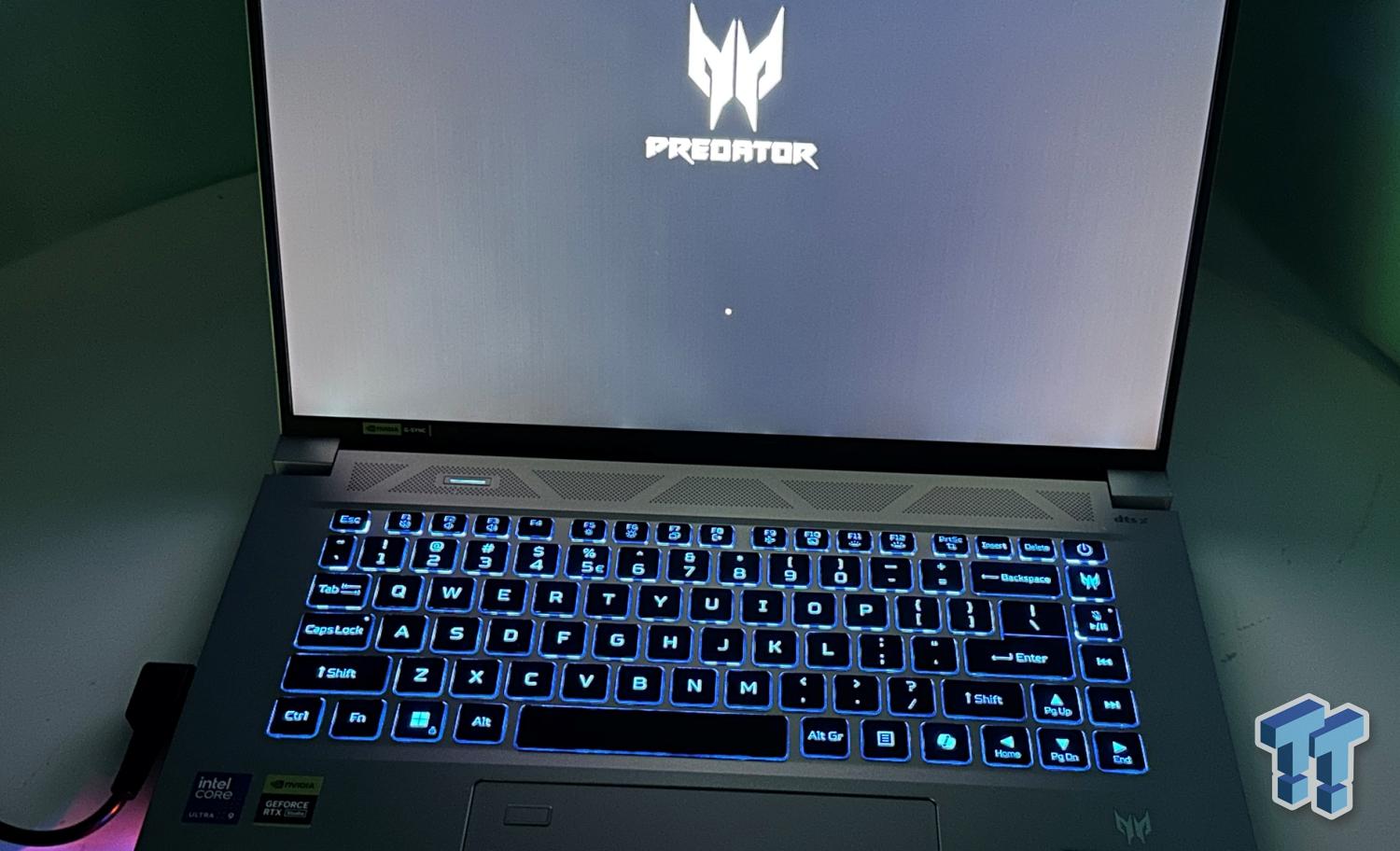 7th October 2024
7th October 2024
Acer Predator Triton Neo 16 Gaming Laptop Review
Business Laptops
 19th November 2024
19th November 2024
Review: Oman Air 787 Business Studio business class
 13th November 2024
13th November 2024
Dell Latitude 7450 2-in-1 Laptop Review: Versatile business convertible that delivers on most fronts
Calculated business moves. | The Dell Latitude 7450 2-in-1 delivers good performance with its Intel Core Ultra 7 165U vPro processor while offering a solid set of features tailored for business professionals on the go. Dell even includes a robust array of tools to keep IT admins happy. However, improvements over its predecessor are incremental and its competitors, particularly the new Lenovo ThinkPad lineup, present equally compelling options.
 14th September 2024
14th September 2024